News & Reviews
NewsHi-Fi Class: JBL L75ms
10/10/2023When designing its L75ms music system, JBL reached into its past and referred to the original design of the L75 Minuet - a passive loudspeaker from the late 1960s, when no one had even dreamed of inventions such as streaming, Wi-Fi or Bluetooth.
The "translation" of the original "seventy fives" that are now considered a rarity, based on the LE8T full-range transducer and a passive diaphragm, is indeed very loose, but there is some stylistic similarity. Even the grille characteristic of the Classic series, held in place by hidden magnets in the new system, evokes associations with handmade "period" grills.
Construction and functionality
Is the L75ms still a wireless speaker or a complete system? Taking into account its capabilities and – above all – its size and weight, it is definitely the latter. The recently fashionable retro look complements the image of a device firmly rooted in the second half of the 20th century. The box finished with walnut veneer with a curved front and the Quadrex grille are definitely classic elements.

The view after removing the grill (for which a special tool is used) also looks somewhat "old-school": three cellulose woofers, two 13 cm with a characteristic cream color and concentric embossing, plus one 10 cm with a gray, smooth diaphragm, two 25 mm aluminum dome tweeters and two bass domes -reflections create an interesting configuration. If we try to divide them "by eye", we get two small monitors (i.e. two-way systems) ventilated with BR systems plus a central channel, which could make sense due to the possibility of connecting the L75ms to a TV (HDMI with ARC)... How is it? reality? The manufacturer does not reveal this. It is known that each speaker has its own amplifier: 2x125W for the woofers, 2x25W for the tweeters and 50W for the "midrange" giving a total of 350W of power.
The control panel located on the top wall is quite convenient to use, although it is hard to resist the impression that slightly larger button sizes would not hurt anyone. There are three basic ones: quieter, louder and source. Above them there are source and network connection indicators, and below them - 11 small LEDs - volume indicators, illuminated only when the volume is changed.

On the back wall there is an aluminum panel with connectors and a quite large radiator. The question arises as to what class the amplifiers used operate in. Are you sure it's class D? These suspicions cannot be dispelled either by unscrewing a dozen or so screws (only a few boards are visible, and the cables are too short to allow for a thorough inspection) or by the maximum power consumption of the entire device.
When it comes to connectors, there is Ethernet RJ-45 10/100bit (the system also has built-in Wi-Fi 802.11b/g/n), a USB-A port (although it is only for service purposes), a subwoofer output, an input Aux In (3.5mm minijack), Phono phono input (for MM cartridges), HDMI input (ARC) and power socket (the so-called figure eight). The whole is complemented by Service and Reset buttons, a Bass Contour switch (-3dB/0dB), a ground terminal for the turntable, and a main switch.

What's modern about the L75ms design is what you can't see: the Chromecast module (allows you to stream PCM files up to 32-bit/192kHz), Apple AirPlay 2 and Bluetooth. In addition, the JBL system supports internet radio and several streaming services (including TIDAL and Spotify Connect).
Sound quality
If I were to single out the greatest advantage of the L75ms sound, it would be the ability to create a large sound with extraordinary dynamics. The JBL system can play very loud - sounding an area of several dozen square meters should not be a major problem for it. The large sound scale brings the listener closer to both the music being played and the overall soundtrack - the "seventy-five" can easily function as a soundbar, although it will not spatialize the sound in the same way as typical "beams" do.
The phenomenon of the dense, juicy and expressive midrange of the JBL system lies in the fact that the woofers that handle most of the human voice are consistent in terms of timbre and clear, which is appreciated when reproducing vocals.
What made the greatest impression on me was listening to the radio play "They" by Witkacy on Radio Two (Classic Stage). L75ms presented human voices extremely clearly, lively and clearly (excellent roles by Piotr Adamczyk, Przemysław Bluszcz and Lidia Sadowa), as well as the changes in the actors' positions in relation to the microphone (here bows go to the person responsible for the acoustic production - Andrzej Brzoska).

Therefore, if I were to analyze the characteristics of this system, dividing the band into ranges, I would start with the midrange, which contains the most transmitted information (interestingly, its character also depends on the position of the Bass Contour switch - if the loudspeaker is placed close to the rear wall and positioned the intensity of low tones in the 0dB position, the lower mid-range sub-range will also be strengthened and weighted). The phenomenon of the dense, juicy and expressive midrange of the JBL system lies in the fact that the woofers that handle most of the human voice are consistent in terms of timbre and clear, which is appreciated when reproducing vocals.
In turn, when playing music played on string instruments, you can appreciate the consistency of the tweeter domes - the sopranos are nicely (virtually "seamlessly") connected to the midrange and constitute its natural complement. The delicacy of the treble means that the detail of the L75ms system is not its strongest point, but it makes sense because normally, i.e. in natural conditions, the upper frequency range is also not emphasized. It is also surprising that despite some toning of the sopranos, the microdynamics are really good.

I have already mentioned the spatial abilities of the L75ms - someone may say that the JBL system lacks spectacularness in this respect, and it is difficult to disagree with that. It is true that the SFX (Sound Field Expander) function available from the remote control makes a difference, but it is not as effective as it might seem (there is also no indicator that would inform about its operation). However, if you take into account aspects of presentation such as objectivity and neutrality, you really can't complain.
Finally, let's go back to the bass for a moment. It is strong and abundant, but it is primarily a filler - pulsating, quite stretched, but also not very precise and varied. As a foundation, it works very well, transmitting, above all, abundance (and loudness), but it is unlikely that the L75ms will be able to convey the diversity of timbre and texture of the low components known from classic loudspeaker sets at a comparable price.
Summary
The described system is an excellent example of the loudspeaker know-how of the JBL brand. Within the adopted concept, the L75ms brings very good results - especially the quality of the midrange ("central channel") is truly appreciated. Retro style and careful workmanship are additional advantages that are hard to ignore.
Verdict: JBL L75ms
-
Sound quality
-
Quality/Price
-
Execution
-
Possibilities
Advantages: Interesting design, careful workmanship, impressive dimensions and impressive scale, consistent sound, especially the tangible midrange.
Cons: Spatial phenomena could be more impressive and the bass could be a bit more diverse.
Overall: A universal all-in-one system with a dynamic and consistent sound.
Overall rating:
PRODUCT
JBL L75ms
TYPE
Music system
PRICE
PLN 7,499
LIBRA
15.9kg
DIMENSIONS (W×H×D)
790×216×287mm
DISTRIBUTION
SUPORT sp. z o. o
THE MOST IMPORTANT FEATURES
-
Construction: bass-reflex
-
Transducers: dynamic; 2x25mm dome tweeter, 2x133mm woofer, 1x100mm woofer
-
Power: 2x125W, 2x25W, 50W
-
Frequency response: 45Hz–25kHz (-6dB)
-
Maximum SPL: 106dB @ 1m
-
Analog inputs: phono MM, Aux In 3.5mm
-
Digital inputs: HDMI (ARC), LAN, Wi-Fi, Bluetooth
-
Outputs: 2V RMS sub-out with automatic HPF detection/on
-
Bluetooth: 4.2
More from JBL Specialty Audio
 10/25/2025 News Technology Designer Magazine: JBL Unveils New Flagship 4369 Studio Monitor
10/25/2025 News Technology Designer Magazine: JBL Unveils New Flagship 4369 Studio Monitor
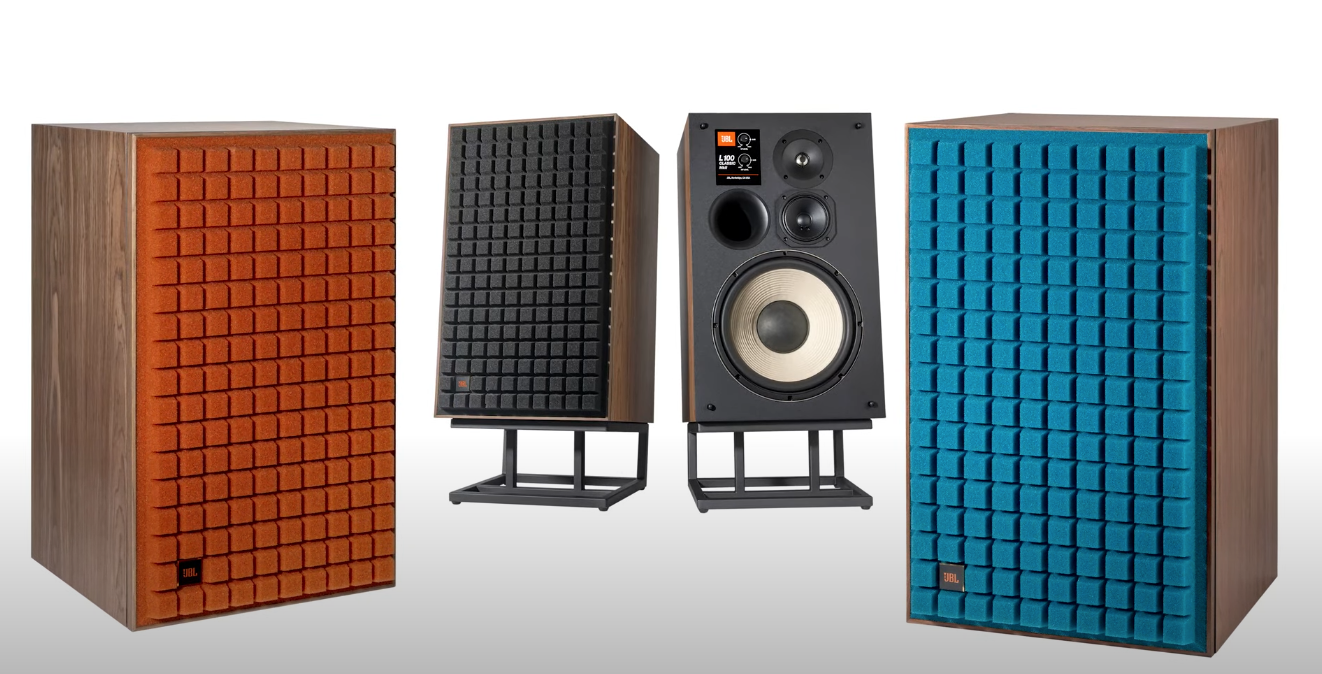 06/11/2025 News Gramophone: Retro-cool! JBL Classic L100 Mk II Speaker
06/11/2025 News Gramophone: Retro-cool! JBL Classic L100 Mk II Speaker
 10/23/2025 News Mix Magazine: JBL Surprise-Launches Flagship 4369 Studio Monitor
10/23/2025 News Mix Magazine: JBL Surprise-Launches Flagship 4369 Studio Monitor
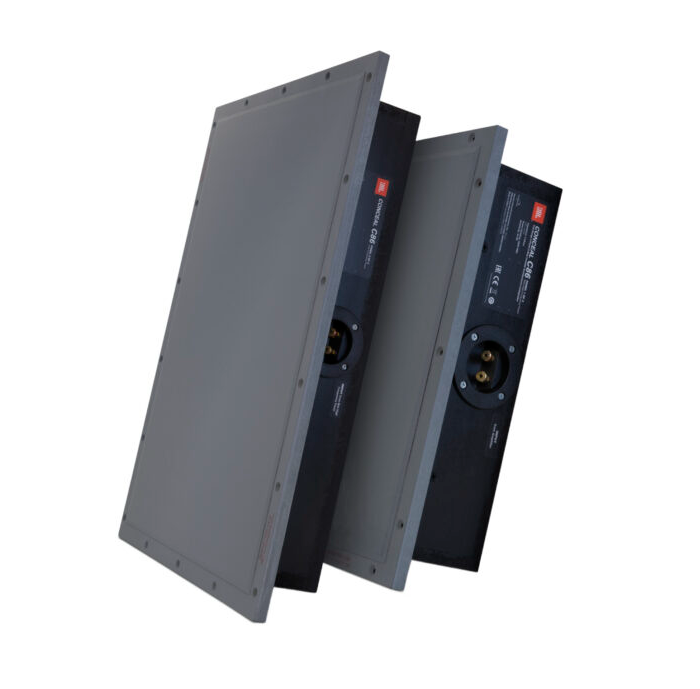 05/23/2025 News Residential Systems: Tech Showcase - Architectural Speakers: JBL Conceal Series
05/23/2025 News Residential Systems: Tech Showcase - Architectural Speakers: JBL Conceal Series
 10/27/2025 News MMR- Musical Merchandise Review: JBL Unveils New Flagship 4369 Studio Monitor
10/27/2025 News MMR- Musical Merchandise Review: JBL Unveils New Flagship 4369 Studio Monitor
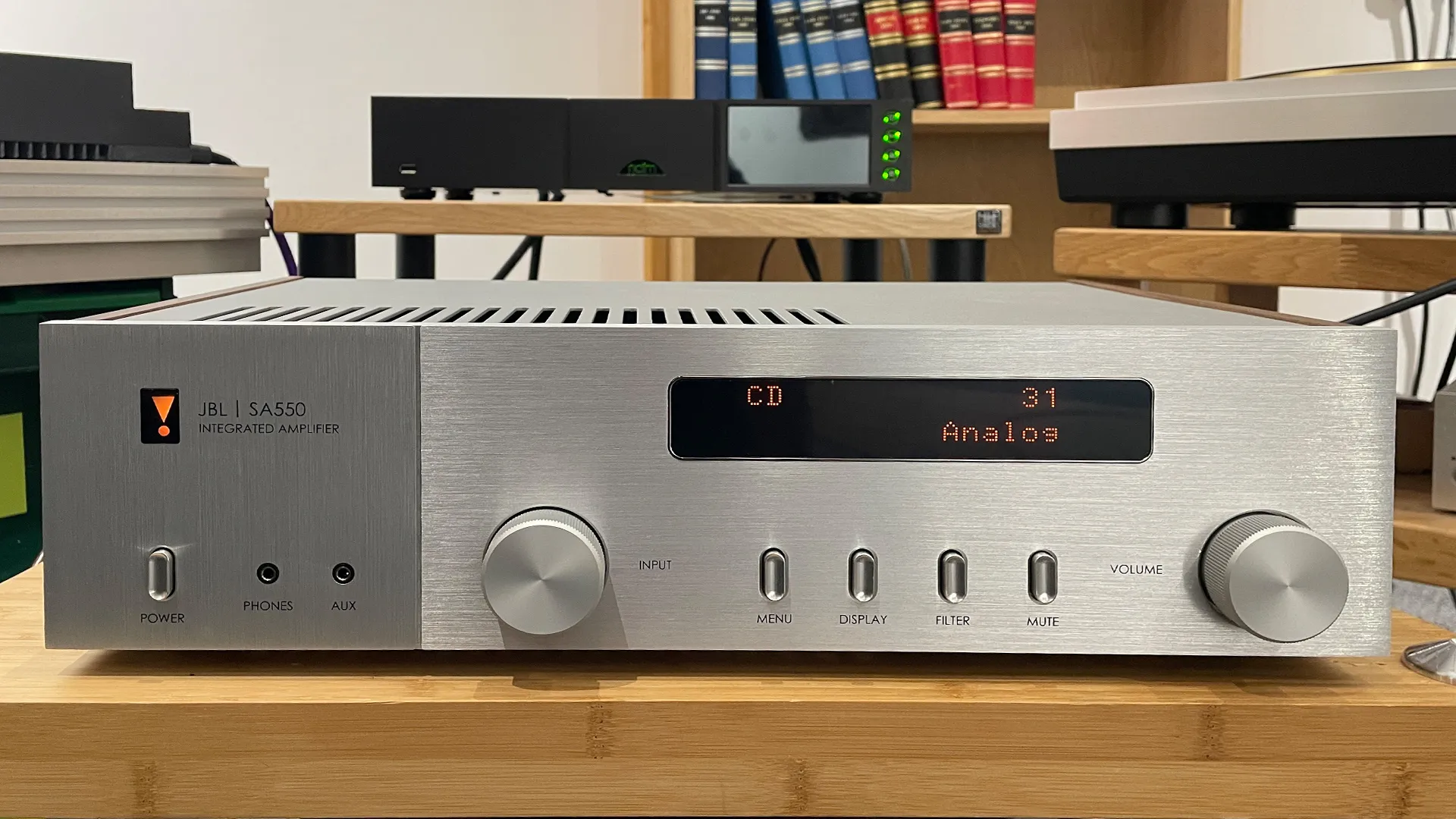 03/24/2025 Reviews What HiFI?: JBL SA550 Classic review
03/24/2025 Reviews What HiFI?: JBL SA550 Classic review
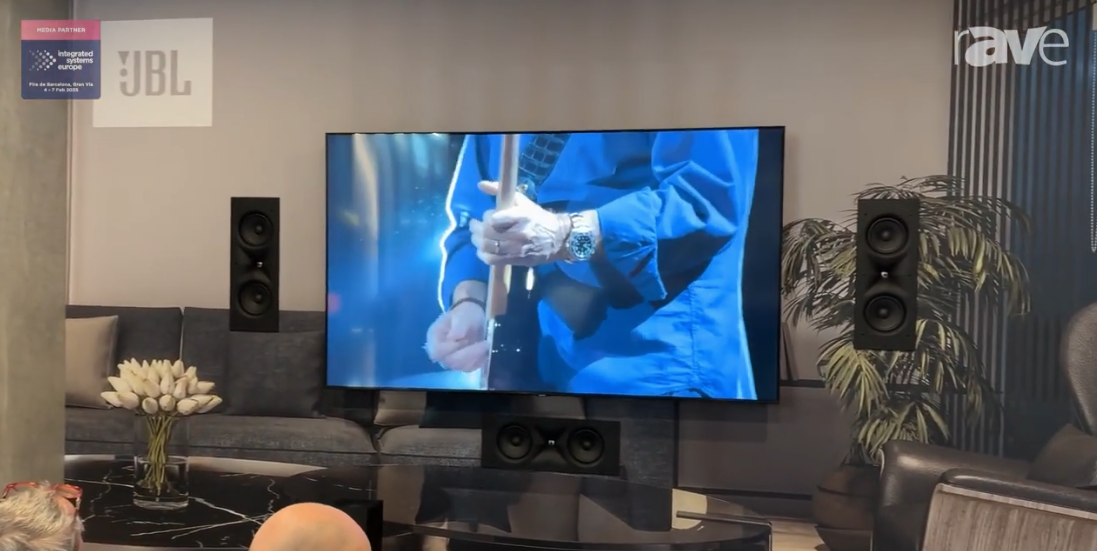 02/07/2025 News rAVe: ISE 2025: JBL Modern Audio Systems with MA Series & Stage 2 Architectural Series
02/07/2025 News rAVe: ISE 2025: JBL Modern Audio Systems with MA Series & Stage 2 Architectural Series
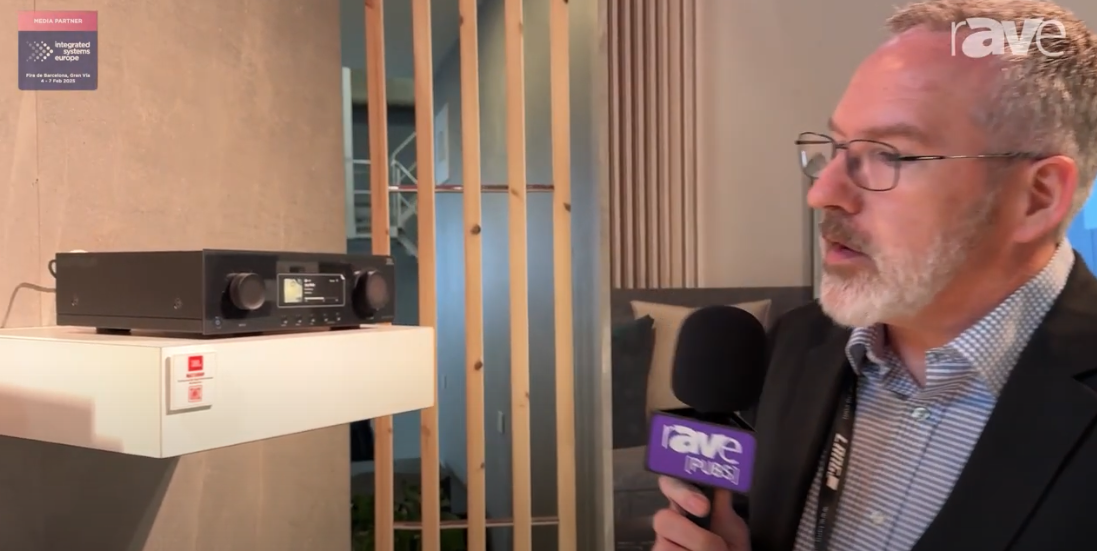 02/24/2025 News rAVe: ISE 2025: JBL Shows Modern Audio AVR Series With Bluetooth and Streaming Capabilities
02/24/2025 News rAVe: ISE 2025: JBL Shows Modern Audio AVR Series With Bluetooth and Streaming Capabilities
 02/24/2025 News rAVe: ISE 2025: JBL Features Conceal Series Invisible In-Wall and In-Ceiling Loudspeakers
02/24/2025 News rAVe: ISE 2025: JBL Features Conceal Series Invisible In-Wall and In-Ceiling Loudspeakers
 10/23/2025 News AudioXpress: JBL Unveils New Flagship 4369 Studio Monitor at Tokyo International Audio Show
10/23/2025 News AudioXpress: JBL Unveils New Flagship 4369 Studio Monitor at Tokyo International Audio Show
 10/24/2025 News ECOUSTICS: JBL Drops the 4369 Studio Monitor in Tokyo: Big Sound, Bigger Legacy, Zero Subtlety
10/24/2025 News ECOUSTICS: JBL Drops the 4369 Studio Monitor in Tokyo: Big Sound, Bigger Legacy, Zero Subtlety
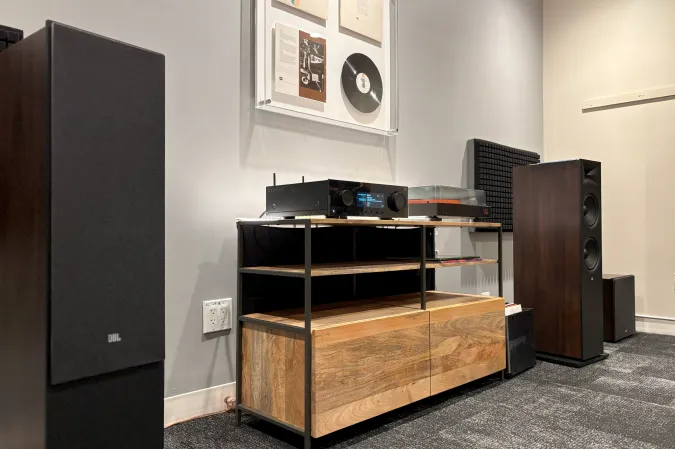 02/05/2025 Reviews Popular Science: The best floorstanding speakers for 2025, according to experts
02/05/2025 Reviews Popular Science: The best floorstanding speakers for 2025, according to experts
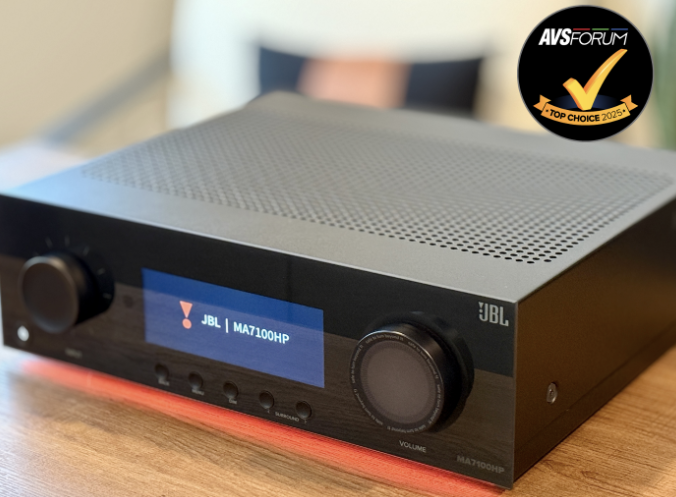 07/28/2025 News AVS Forum: JBL MA7100HP AV Receiver Review – When a Soundbar Just Doesn’t Cut It Anymore - AVS Forum Top Choice 2025
07/28/2025 News AVS Forum: JBL MA7100HP AV Receiver Review – When a Soundbar Just Doesn’t Cut It Anymore - AVS Forum Top Choice 2025
 10/23/2025 News The Absolute Sound: JBL Unveils New Flagship 4369 Studio Monitor at Tokyo International Audio Show
10/23/2025 News The Absolute Sound: JBL Unveils New Flagship 4369 Studio Monitor at Tokyo International Audio Show
 08/18/2025 News Residential Systems: 2025 CEDIA Shares: HARMAN Luxury Audio
08/18/2025 News Residential Systems: 2025 CEDIA Shares: HARMAN Luxury Audio
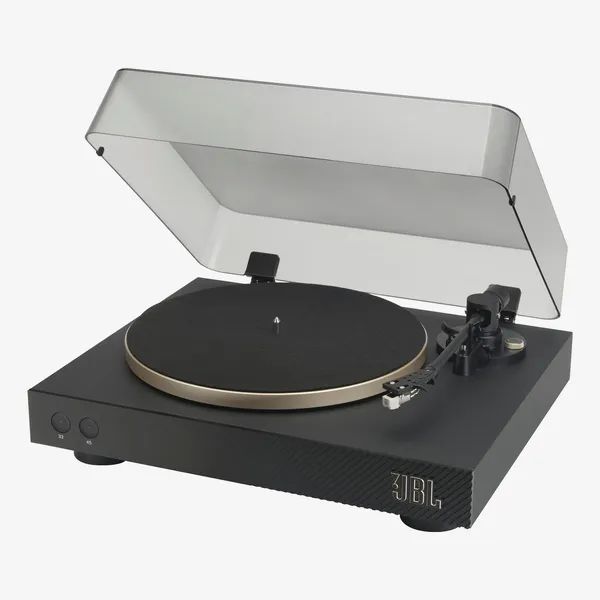 01/23/2025 Reviews The Strategist: The 6 Very Best Turntables Listening to vinyl doesn’t have to be intimidating — we tested turntables to find the best ones to spin your collection.
01/23/2025 Reviews The Strategist: The 6 Very Best Turntables Listening to vinyl doesn’t have to be intimidating — we tested turntables to find the best ones to spin your collection.
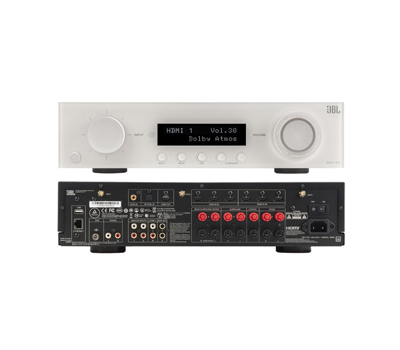 01/22/2025 Reviews ecoustics: Best AV Receivers: Editors’ Choice 2024
01/22/2025 Reviews ecoustics: Best AV Receivers: Editors’ Choice 2024
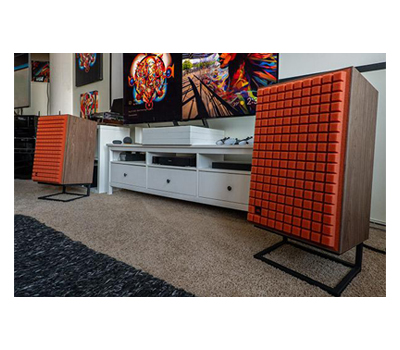 12/28/2024 Reviews Sound & Vision: JBL L100 Classic MkII Speakers Review: Blown Away
12/28/2024 Reviews Sound & Vision: JBL L100 Classic MkII Speakers Review: Blown Away
 12/26/2024 Reviews ecoustics: Best AV Receivers: Editors’ Choice 2024
12/26/2024 Reviews ecoustics: Best AV Receivers: Editors’ Choice 2024
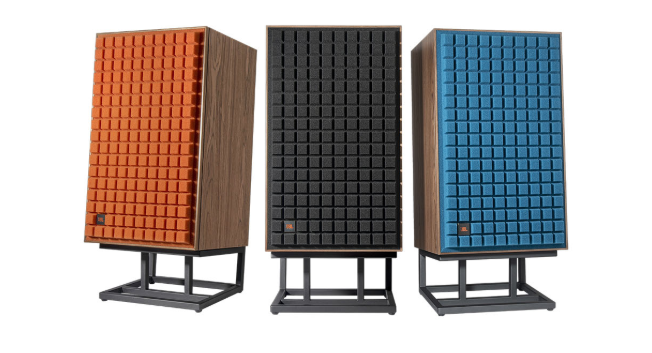 04/21/2025 News Secrets of Home Theater and Hi Fidelity: AXPONA 2025 Show Coverage
04/21/2025 News Secrets of Home Theater and Hi Fidelity: AXPONA 2025 Show Coverage
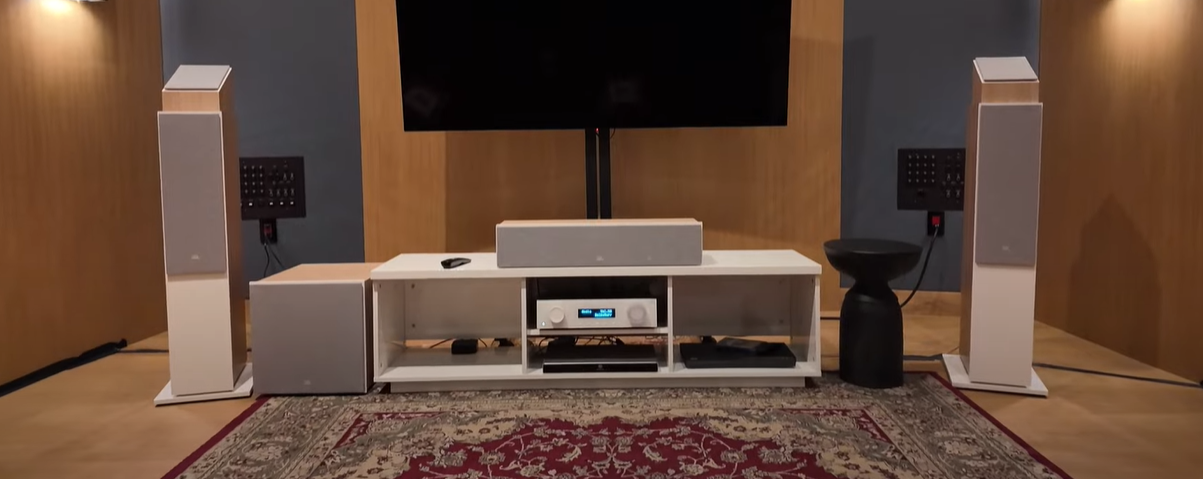 04/18/2025 Reviews AV Nirvana: The Best Budget Home Theater Gear of the Year? JBL's Stage2 Speakers & Modern Audio AVRs Reviewed
04/18/2025 Reviews AV Nirvana: The Best Budget Home Theater Gear of the Year? JBL's Stage2 Speakers & Modern Audio AVRs Reviewed
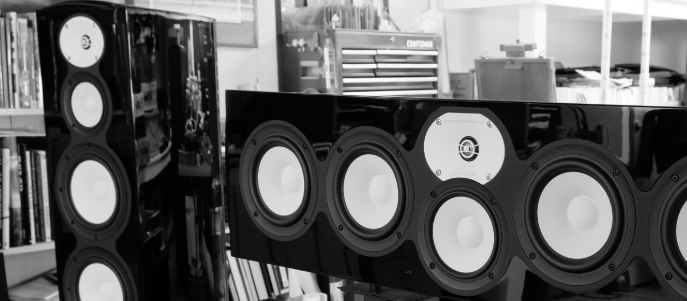 05/01/2025 Reviews Secrets of Home Theater and High Fidelity: RECOMMENDED GEAR LIST 2025
05/01/2025 Reviews Secrets of Home Theater and High Fidelity: RECOMMENDED GEAR LIST 2025
 04/01/2025 Reviews Rolling Stone: The 2025 Rolling Stone Audio Awards: Best Speaker System – JBL MA-710
04/01/2025 Reviews Rolling Stone: The 2025 Rolling Stone Audio Awards: Best Speaker System – JBL MA-710
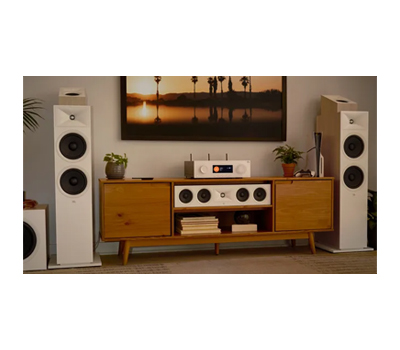 12/23/2024 Reviews Tom's Guide: I just tried JBL's new Modern Audio receiver and speakers — this is stunning
12/23/2024 Reviews Tom's Guide: I just tried JBL's new Modern Audio receiver and speakers — this is stunning
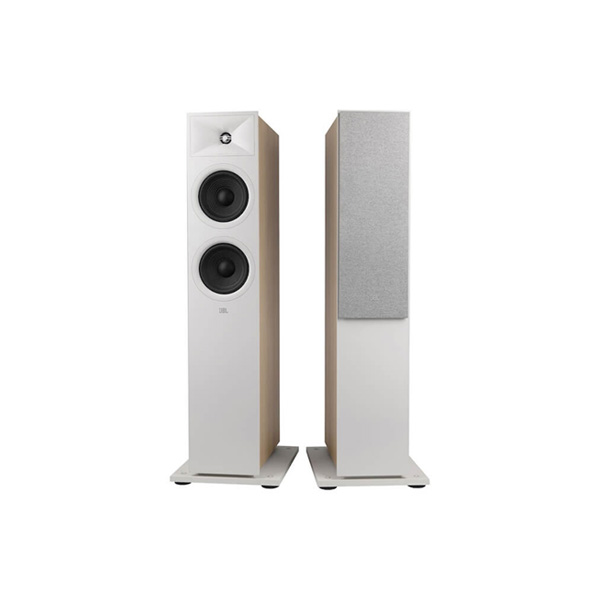 12/15/2024 Reviews ecoustics: Best Floorstanding Loudspeakers Under $3,000: Editors’ Choice 2024
12/15/2024 Reviews ecoustics: Best Floorstanding Loudspeakers Under $3,000: Editors’ Choice 2024
 12/13/2024 Reviews Millenial Magazine: Top 3 Features That Make JBL Home Entertainment a Game-Changer
12/13/2024 Reviews Millenial Magazine: Top 3 Features That Make JBL Home Entertainment a Game-Changer
 12/06/2024 Reviews Home Theater Review's 2024 Product Of The Year Awards: Audio Components: Best Entry-Level AVR
12/06/2024 Reviews Home Theater Review's 2024 Product Of The Year Awards: Audio Components: Best Entry-Level AVR
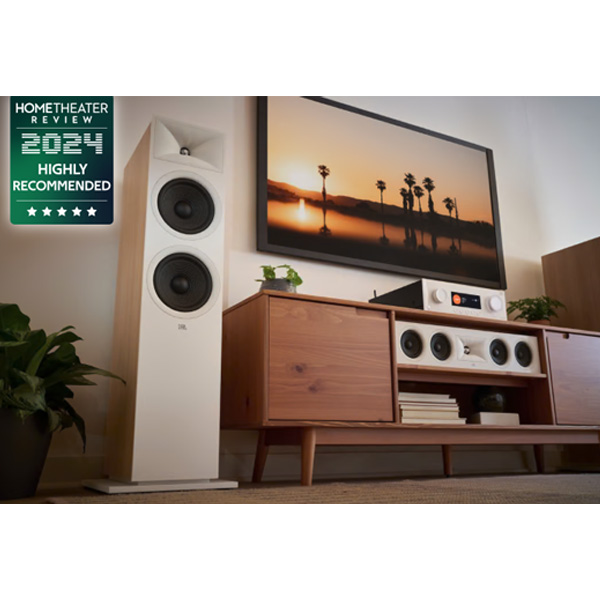 12/04/2024 Reviews Home Theater Review: Hands-On: Go Modern With JBL Stage 2 Speakers And MA Series AVRs
12/04/2024 Reviews Home Theater Review: Hands-On: Go Modern With JBL Stage 2 Speakers And MA Series AVRs
 12/04/2024 Reviews CE Pro: JBL L42ms Classic Review: Blending Nostalgic Looks with Modern Tech
12/04/2024 Reviews CE Pro: JBL L42ms Classic Review: Blending Nostalgic Looks with Modern Tech
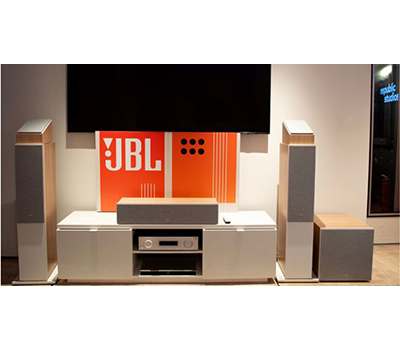 12/03/2024 Reviews Designers Today: Experiencing the next generation of audio
12/03/2024 Reviews Designers Today: Experiencing the next generation of audio
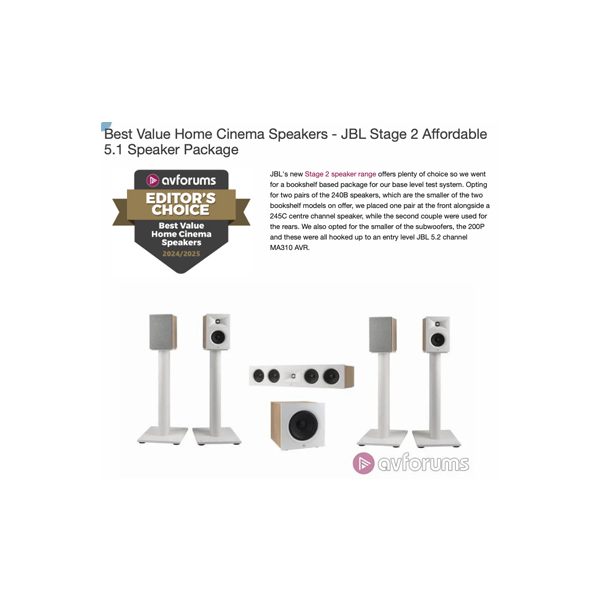 12/02/2024 Reviews AVS Forum: Home Cinema Speakers 2024/25 - Editor's Choice Awards
12/02/2024 Reviews AVS Forum: Home Cinema Speakers 2024/25 - Editor's Choice Awards
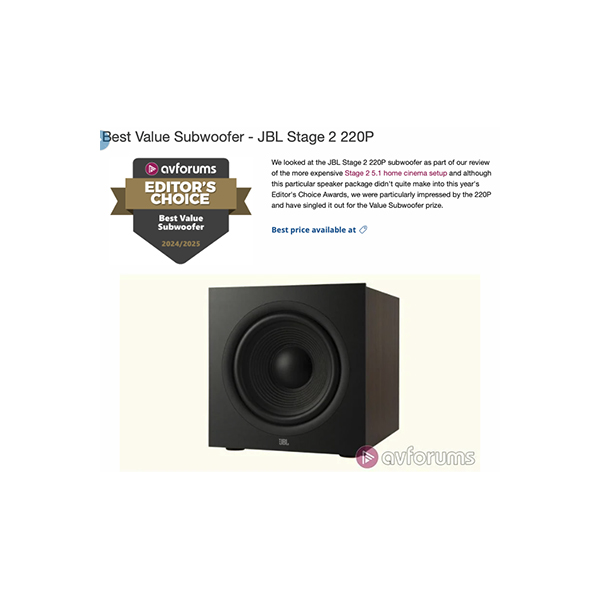 12/02/2024 Reviews AVS Forum: Subwoofers 2024/25 - Editor's Choice Awards
12/02/2024 Reviews AVS Forum: Subwoofers 2024/25 - Editor's Choice Awards
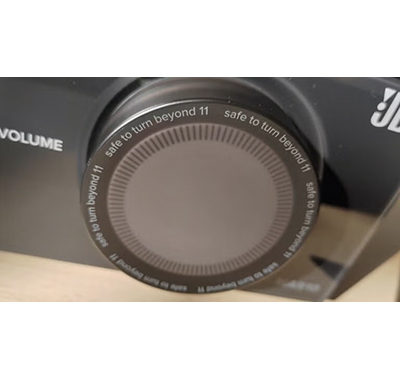 11/25/2024 Reviews Trusted Reviews: JBL MA510 Review: A stylish multi-channel home cinema amplifier
11/25/2024 Reviews Trusted Reviews: JBL MA510 Review: A stylish multi-channel home cinema amplifier
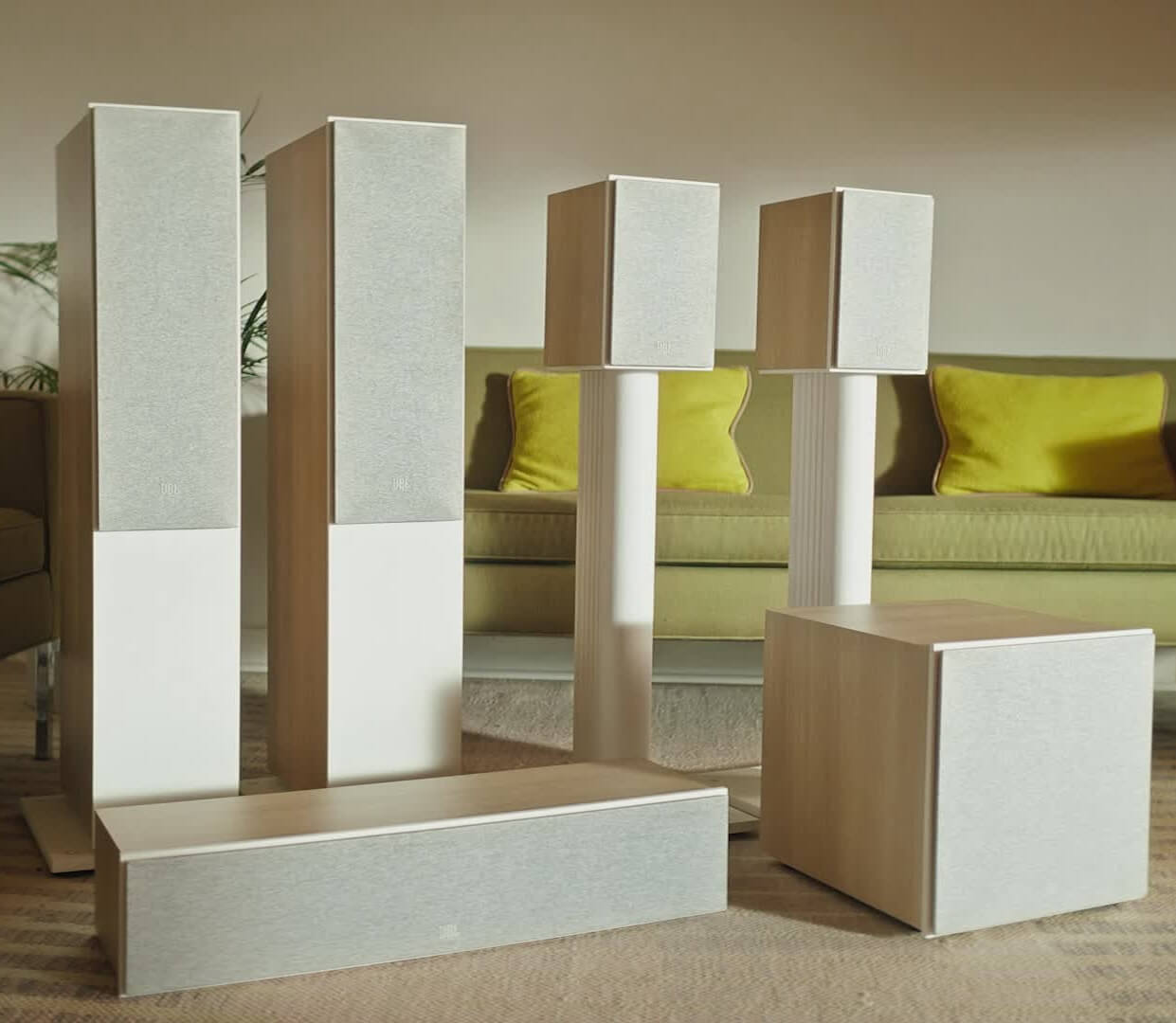 11/19/2024 News Black Friday Gift Guide: The Best Tech Deals in 2024
11/19/2024 News Black Friday Gift Guide: The Best Tech Deals in 2024
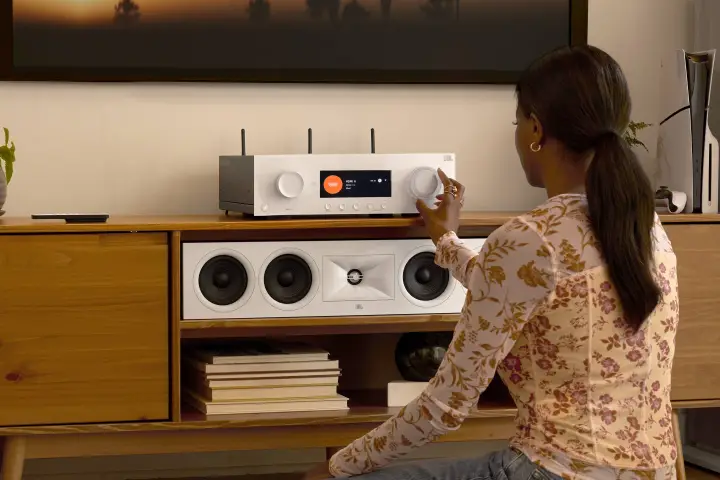 11/16/2024 Reviews Digital Trends: Best AV receivers 2024: top sound for your home theater - BEST MID-RANGE AV RECEIVER: JBL MA9100HP
11/16/2024 Reviews Digital Trends: Best AV receivers 2024: top sound for your home theater - BEST MID-RANGE AV RECEIVER: JBL MA9100HP
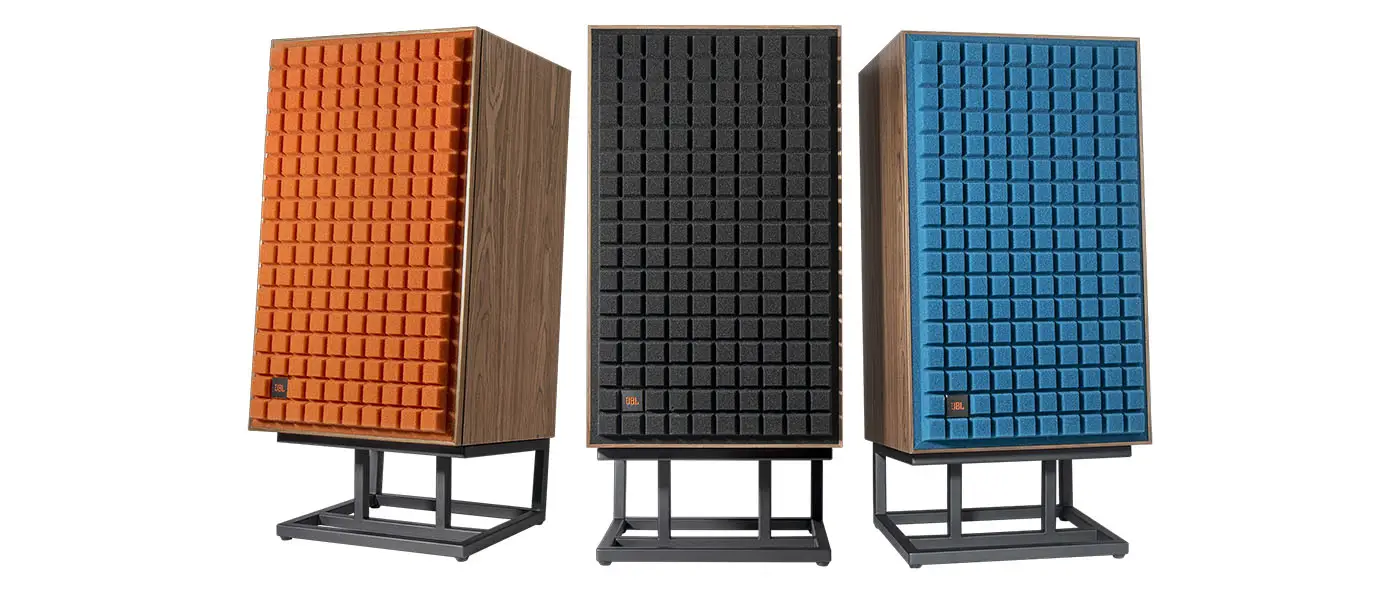 11/11/2024 Reviews Secrets of Home Theater and High Fidelity: JBL L100 CLASSIC MKII SPEAKER REVIEW
11/11/2024 Reviews Secrets of Home Theater and High Fidelity: JBL L100 CLASSIC MKII SPEAKER REVIEW
 11/10/2024 Reviews Splurge Gift Guide: Home Theater and Hi-Fi Gifts Under $3700
11/10/2024 Reviews Splurge Gift Guide: Home Theater and Hi-Fi Gifts Under $3700
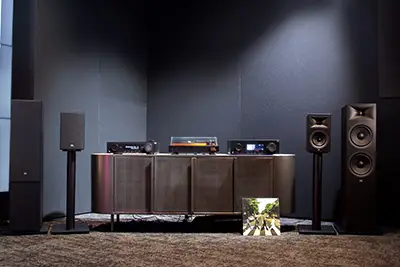 11/10/2024 Reviews MAN'EDGED: IS SURROUND SOUND WORTH IT? A COMPREHENSIVE GUIDE
11/10/2024 Reviews MAN'EDGED: IS SURROUND SOUND WORTH IT? A COMPREHENSIVE GUIDE
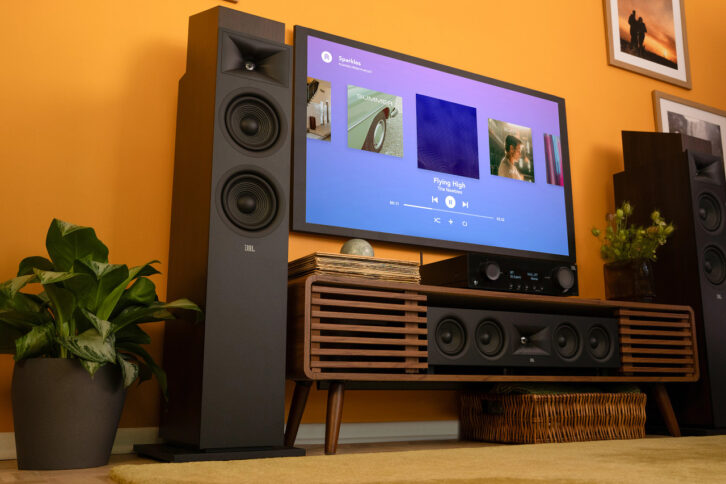 11/01/2024 Reviews Residential Systems: Tech Showcase — Floorstanding Speakers: JBL Modern Audio Stage 2
11/01/2024 Reviews Residential Systems: Tech Showcase — Floorstanding Speakers: JBL Modern Audio Stage 2
 11/01/2024 Reviews Gizmodo: The Best Gadgets of October 2024: JBL MA AV Receiver and Stage 2 Loudspeakers
11/01/2024 Reviews Gizmodo: The Best Gadgets of October 2024: JBL MA AV Receiver and Stage 2 Loudspeakers
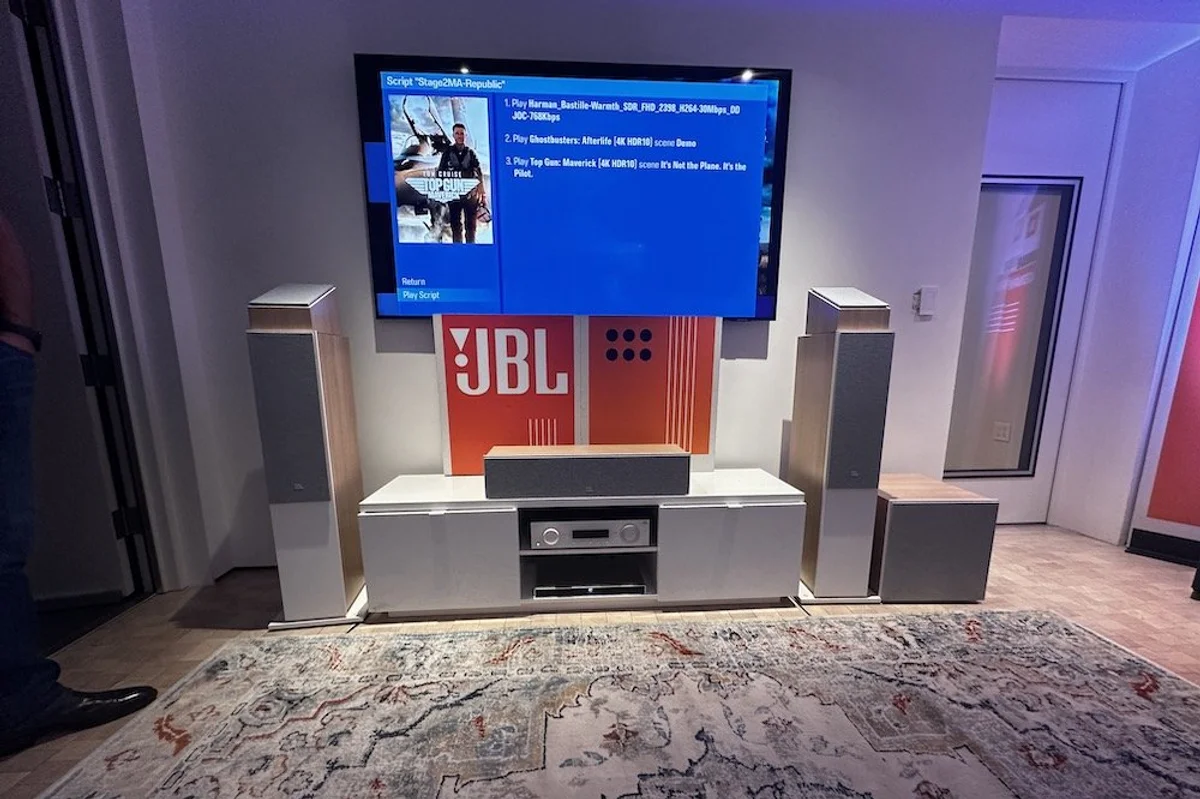 10/31/2024 Reviews Gear Brain: JBL Redefines Home Audio with Stage 2 Loudspeakers and Modern Audio AV Receivers
10/31/2024 Reviews Gear Brain: JBL Redefines Home Audio with Stage 2 Loudspeakers and Modern Audio AV Receivers
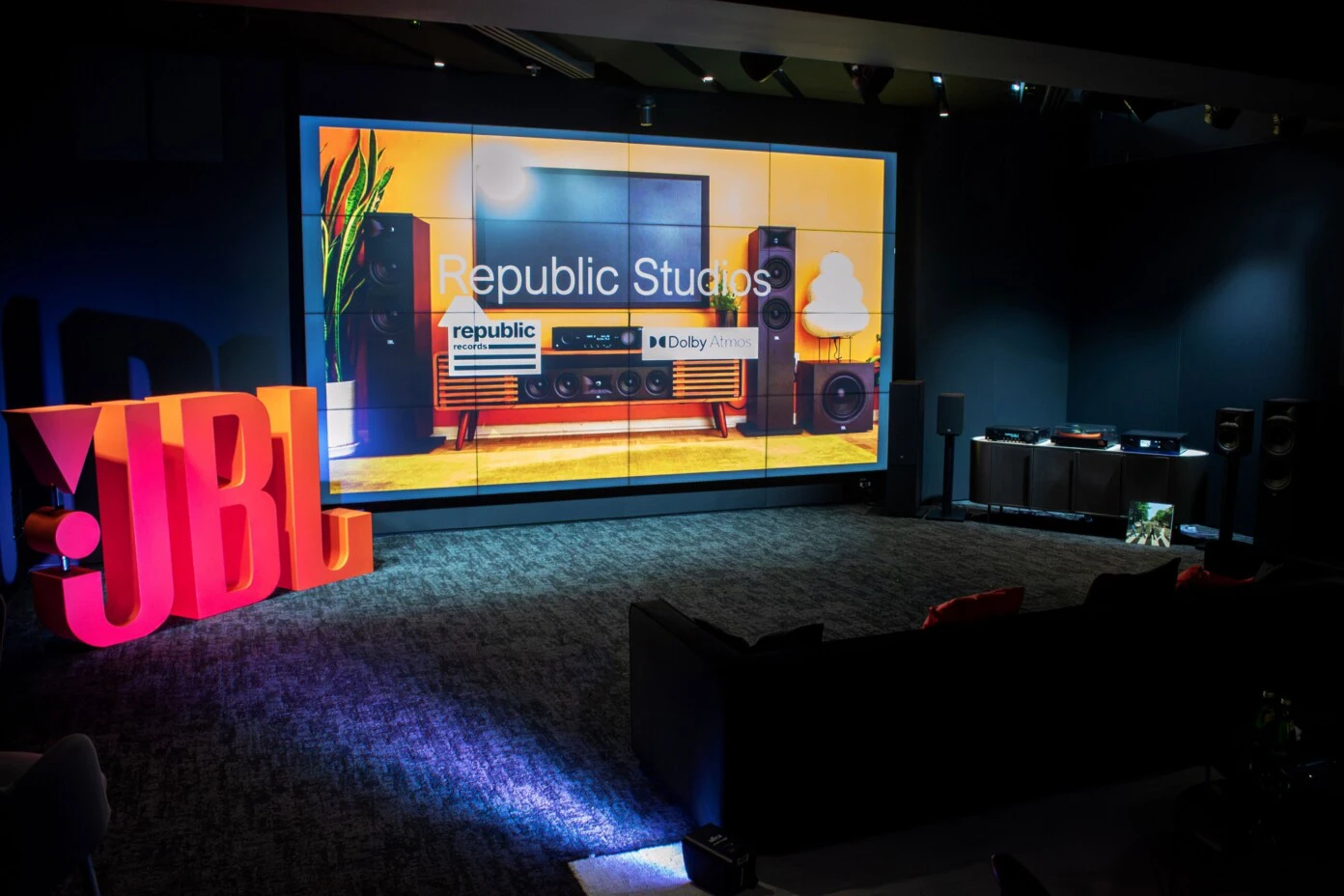 10/30/2024 News GamersRD: Demostración: JBL MA AV Receivers y Stage 2 Loudspeakers – Impresiones
10/30/2024 News GamersRD: Demostración: JBL MA AV Receivers y Stage 2 Loudspeakers – Impresiones
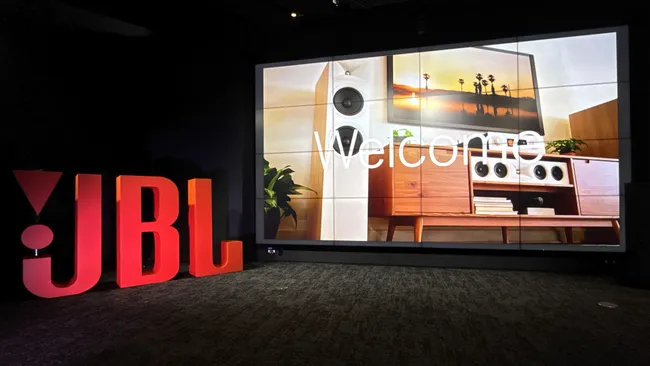 10/25/2024 News Techradar: I tried JBL’s new Dolby Atmos and Xbox-friendly AV receivers and Stage 2 speakers, and it’s high-end sound without the high-end price
10/25/2024 News Techradar: I tried JBL’s new Dolby Atmos and Xbox-friendly AV receivers and Stage 2 speakers, and it’s high-end sound without the high-end price
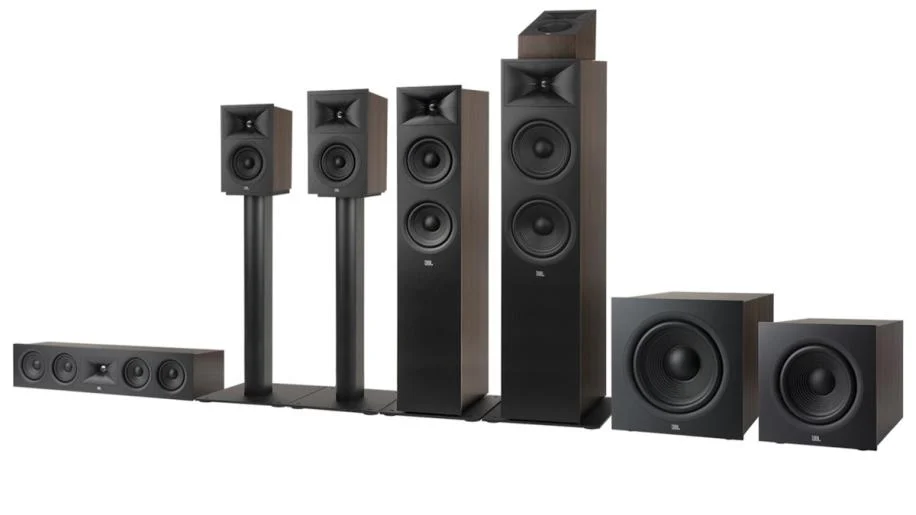 10/24/2024 Reviews AVForum: JBL Stage 2 Affordable 5.1 Home Cinema Speaker Package Review
10/24/2024 Reviews AVForum: JBL Stage 2 Affordable 5.1 Home Cinema Speaker Package Review
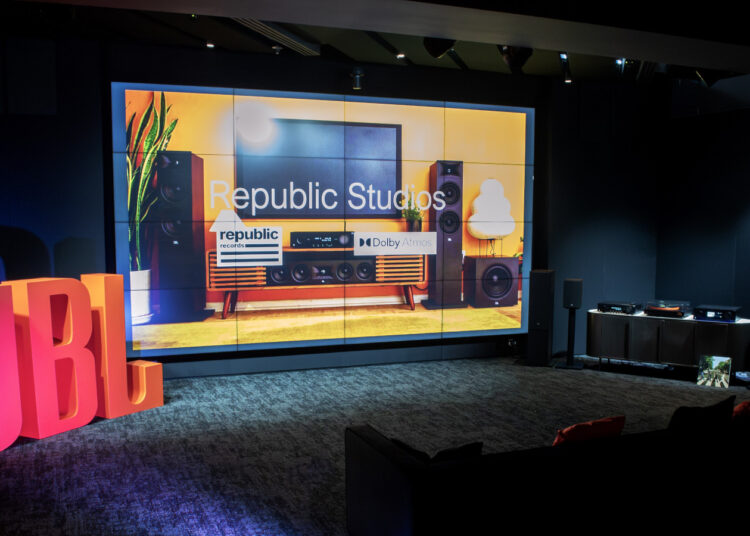 10/24/2024 News Best of High End: JBL Modern Audio event: Reimagining the home theater experience for Gen Z
10/24/2024 News Best of High End: JBL Modern Audio event: Reimagining the home theater experience for Gen Z
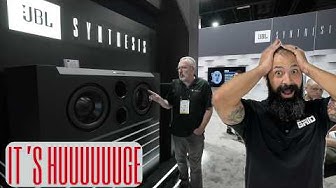 09/26/2024 News JBL is KILLING it! What's new for CEDIA 2024
09/26/2024 News JBL is KILLING it! What's new for CEDIA 2024
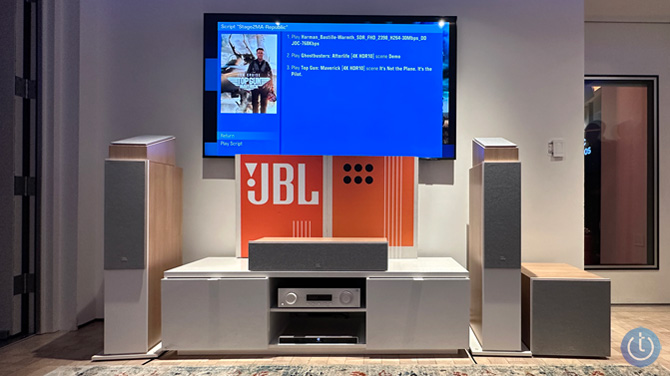 10/18/2024 News Techlicious: JBL Reimagines Home Audio with Stylish, User-Friendly Component System
10/18/2024 News Techlicious: JBL Reimagines Home Audio with Stylish, User-Friendly Component System
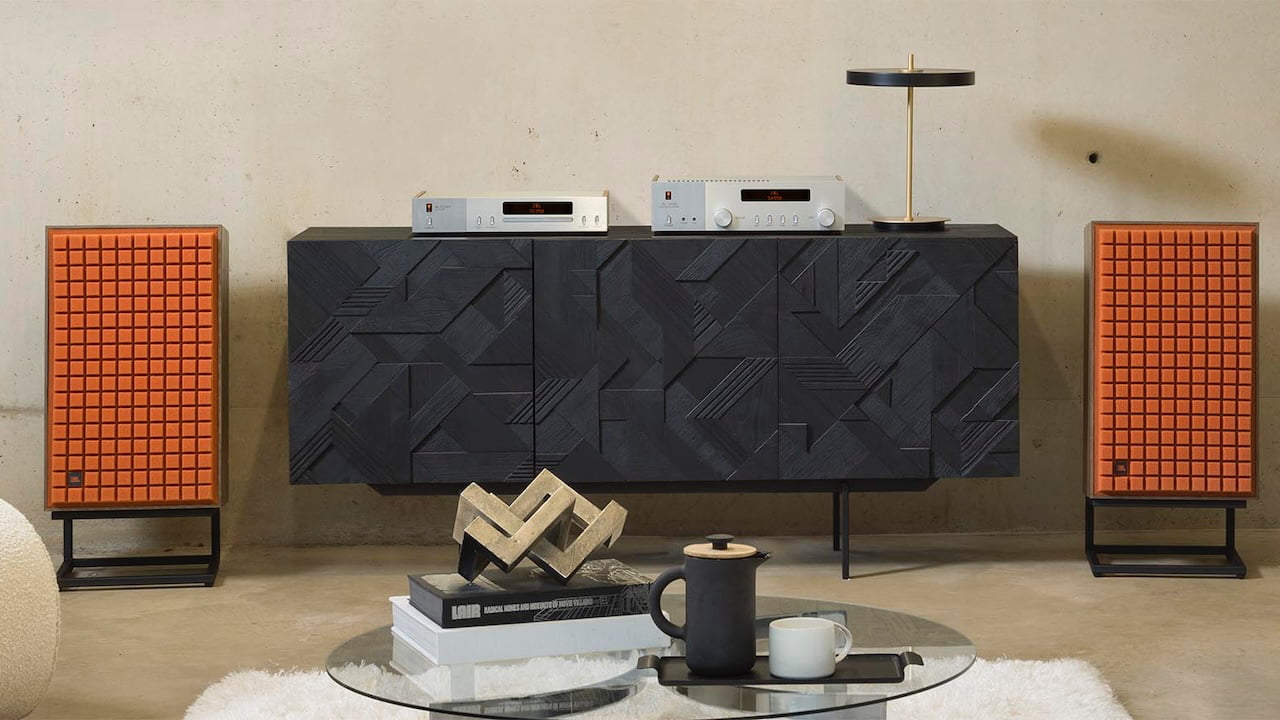 10/30/2024 Reviews ecoustics: JBL L100 Classic MKII Loudspeakers Review: A Classic Reborn
10/30/2024 Reviews ecoustics: JBL L100 Classic MKII Loudspeakers Review: A Classic Reborn
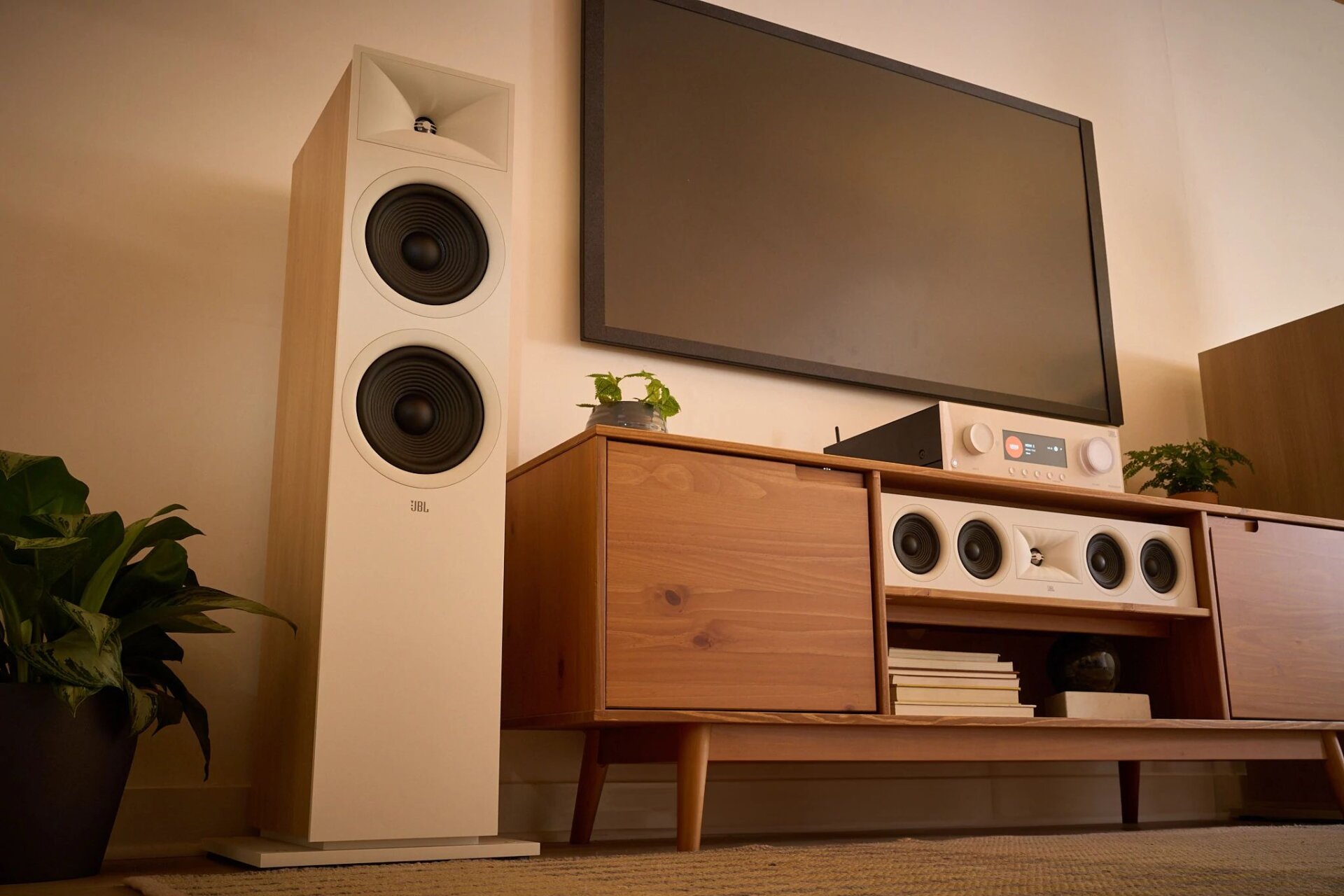 7/31/2024 News Holiday Gift Guide 2024: Gifts for Home Entertainment: JBL Modern Audio (MA) AV receiver and Stage 2 loudspeakers
7/31/2024 News Holiday Gift Guide 2024: Gifts for Home Entertainment: JBL Modern Audio (MA) AV receiver and Stage 2 loudspeakers
 10/8/2024 News SORTA HIFI, EPISODE 07 – GIRL, YOU KNOW IT’S TRUE…
10/8/2024 News SORTA HIFI, EPISODE 07 – GIRL, YOU KNOW IT’S TRUE…
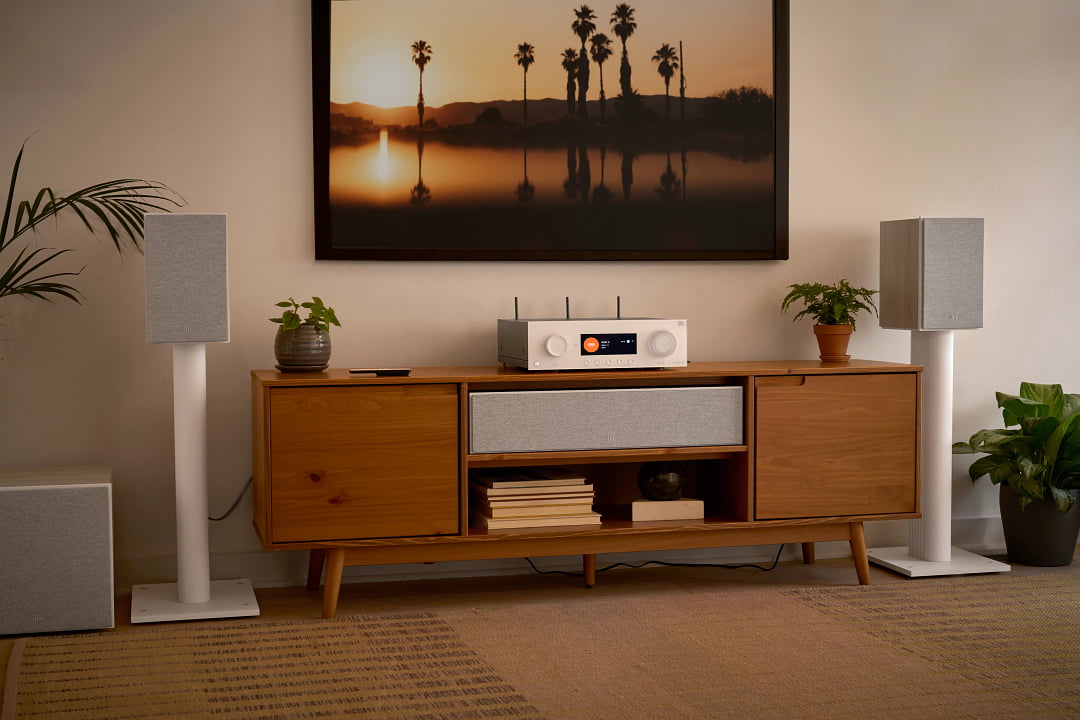 10/05/2024 News ecoustics: Early Holiday Gift Guide: Order Before These Sell Out!
10/05/2024 News ecoustics: Early Holiday Gift Guide: Order Before These Sell Out!
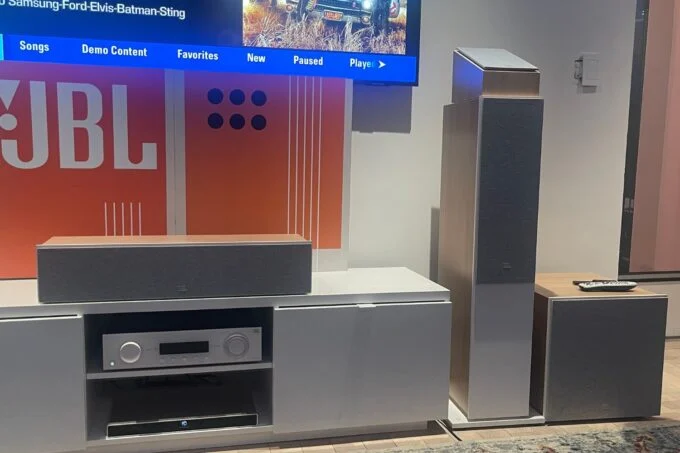 10/21/2024 News Gizmodo: JBL’s Newest Home Theater Setup Let Me Hear My Favorite Song’s Most Subtle Details
10/21/2024 News Gizmodo: JBL’s Newest Home Theater Setup Let Me Hear My Favorite Song’s Most Subtle Details
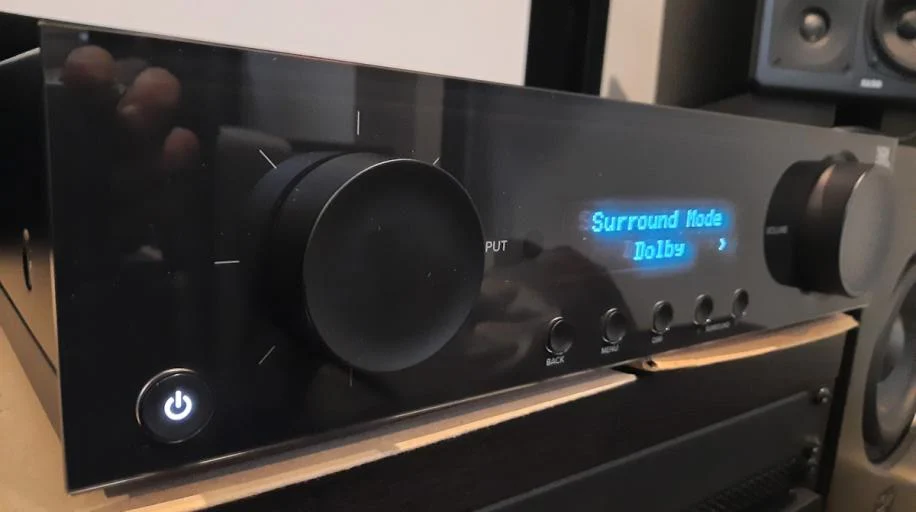 10/09/2024 Reviews AVForum: JBL MA310 5.2-ChJBL MA310 5.2-Channel AVR Reviewannel AVR Review
10/09/2024 Reviews AVForum: JBL MA310 5.2-ChJBL MA310 5.2-Channel AVR Reviewannel AVR Review
 10/03/2024 News TechnoDad: Dolby Atmos on a Budget? JBL's "Modern" Solution | CEDIA 2024
10/03/2024 News TechnoDad: Dolby Atmos on a Budget? JBL's "Modern" Solution | CEDIA 2024
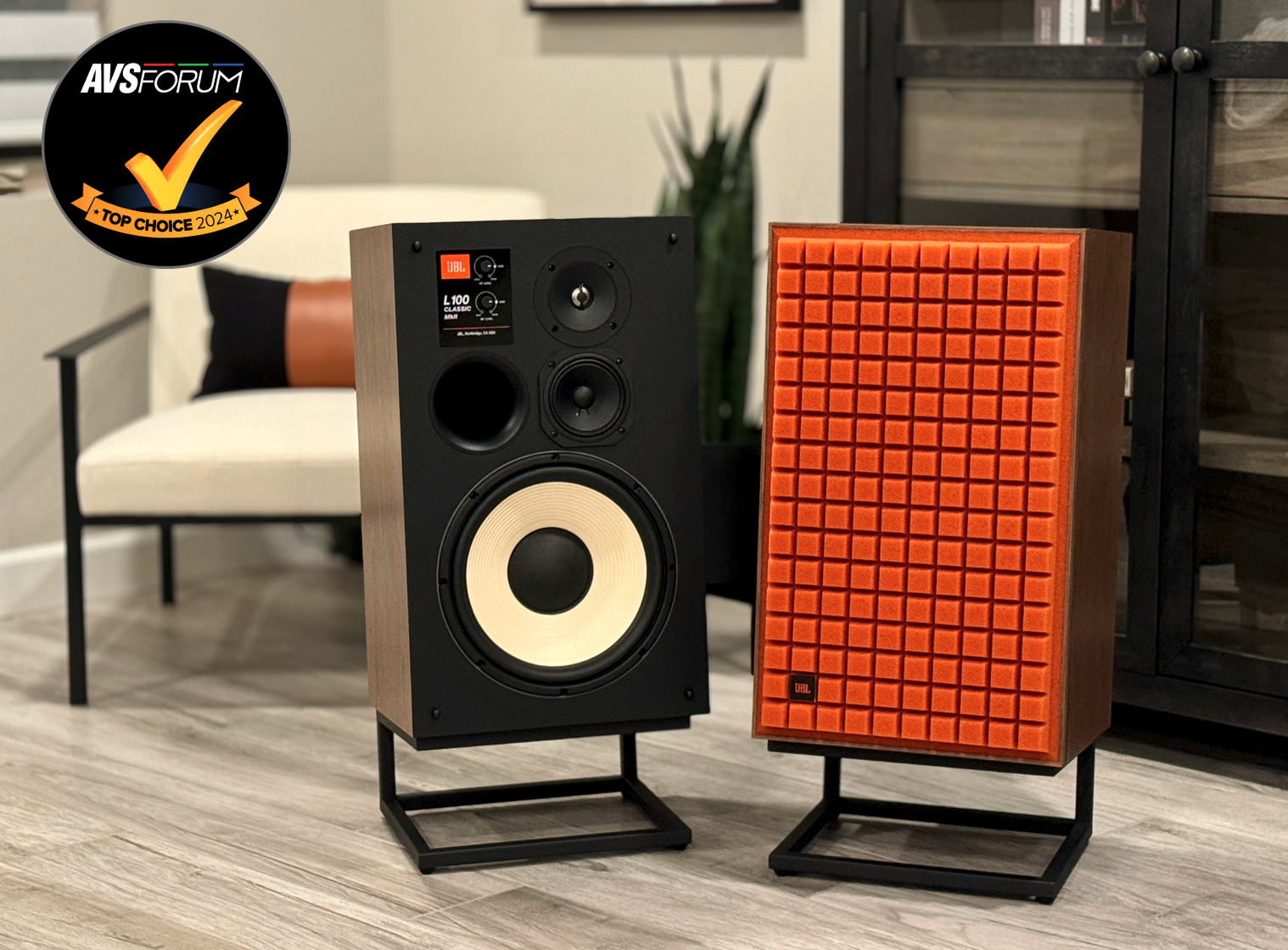 9/20/2024 Reviews AVS Forum: JBL L100 MKII Classic Loudspeaker Review - From the Past, For the Future
9/20/2024 Reviews AVS Forum: JBL L100 MKII Classic Loudspeaker Review - From the Past, For the Future
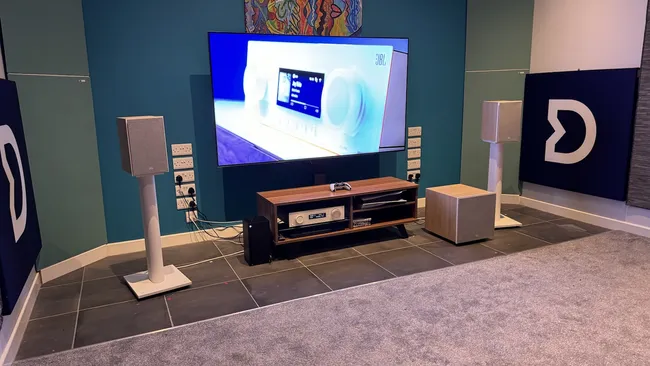 09/09/2024 News rAVe: CEDIA Expo 2024: HARMAN Highlights JBL Stage 2 Series Loudspeakers for Modern Audio AVR System
09/09/2024 News rAVe: CEDIA Expo 2024: HARMAN Highlights JBL Stage 2 Series Loudspeakers for Modern Audio AVR System
 09/09/2024 News rAVe: CEDIA Expo 2024: HARMAN Showcases JBL Conceal Series of Invisible Loudspeakers
09/09/2024 News rAVe: CEDIA Expo 2024: HARMAN Showcases JBL Conceal Series of Invisible Loudspeakers
 8/05/2024 News What HiFi: JBL’s new cinema system costs the same as a premium soundbar - but has a few sound advantages
8/05/2024 News What HiFi: JBL’s new cinema system costs the same as a premium soundbar - but has a few sound advantages
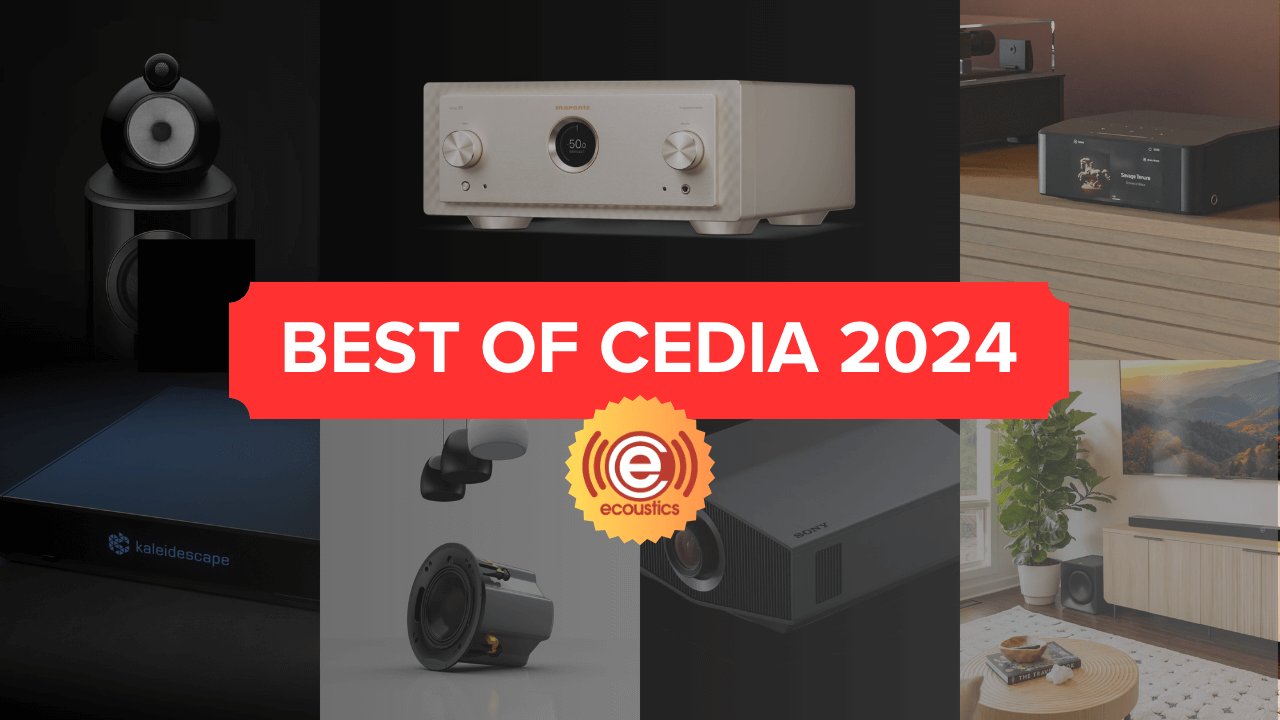 9/11/2024 News eCoustics: eCoustics Best in Show Awards for CEDIA Expo 2024
9/11/2024 News eCoustics: eCoustics Best in Show Awards for CEDIA Expo 2024
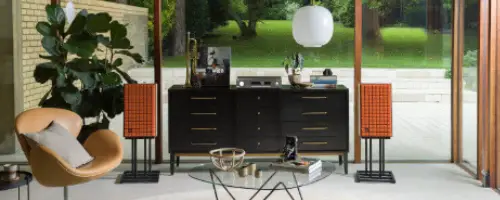 8/12/2024 News Wifi Hifi: Nostalgia Sells Reliving my youth through vintage inspired audio gear
8/12/2024 News Wifi Hifi: Nostalgia Sells Reliving my youth through vintage inspired audio gear
 9/10/2024 News eCoustics: Quick Tour: JBL Stage 2 Loudspeakers & MA Receivers with Jim Garrett of Harman Luxury Audio
9/10/2024 News eCoustics: Quick Tour: JBL Stage 2 Loudspeakers & MA Receivers with Jim Garrett of Harman Luxury Audio
 8/12/2024 News Sound & Vision: Revisiting Audio Advice Live 2024 in Videos and Photos - JBL and Arcam at Audio Advice Live 2024
8/12/2024 News Sound & Vision: Revisiting Audio Advice Live 2024 in Videos and Photos - JBL and Arcam at Audio Advice Live 2024
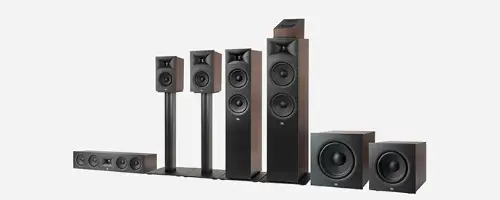 8/23/2024 Reviews ecoustics: JBL Modern Audio Receivers and Stage 2 Speakers: Hands-on Review
8/23/2024 Reviews ecoustics: JBL Modern Audio Receivers and Stage 2 Speakers: Hands-on Review
 8/01/2024 News TWICE: Announcing The Winners Of The 2024 TWICE VIP Awards!
8/01/2024 News TWICE: Announcing The Winners Of The 2024 TWICE VIP Awards!
 8/05/2024 News What HiFi: Hands on: JBL MA9100HP and Stage 2 5.1.4 home cinema system review
8/05/2024 News What HiFi: Hands on: JBL MA9100HP and Stage 2 5.1.4 home cinema system review
.png) 9/18/2024 News Builder Innovator: Harman @ CEDIA 2024 | BI Quick Hit
9/18/2024 News Builder Innovator: Harman @ CEDIA 2024 | BI Quick Hit
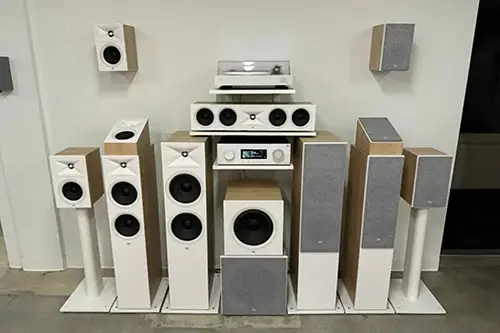 8/23/2024 News Future Audiophile: JBL Stage 2 Loudspeakers and MA AV Receivers Line Introduction
8/23/2024 News Future Audiophile: JBL Stage 2 Loudspeakers and MA AV Receivers Line Introduction
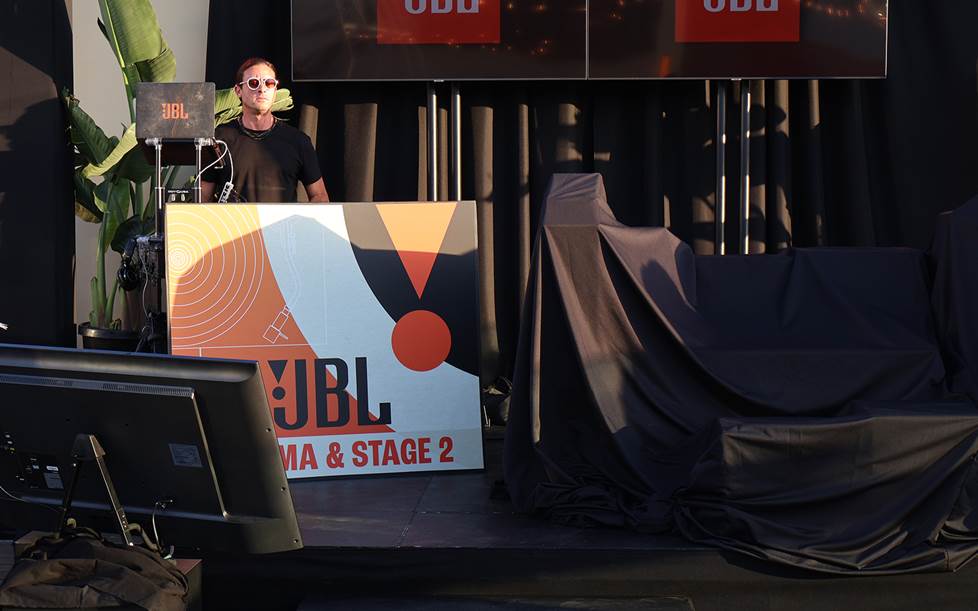 9/4/2024 News Crutchfield: Introducing JBL's MA receivers and Stage 2 speakers
9/4/2024 News Crutchfield: Introducing JBL's MA receivers and Stage 2 speakers
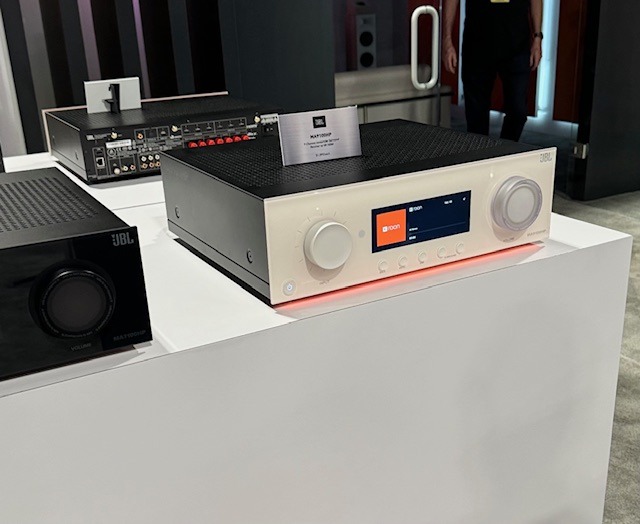 9/10/2024 News Residential Tech Today: My Standout Memories from CEDIA Expo 2024: JBL’s Gen Z Friendly Design
9/10/2024 News Residential Tech Today: My Standout Memories from CEDIA Expo 2024: JBL’s Gen Z Friendly Design
 09/09/2024 News rAVe: CEDIA Expo 2024: HARMAN Introduces JBL Modern Audio Home Cinema System Products
09/09/2024 News rAVe: CEDIA Expo 2024: HARMAN Introduces JBL Modern Audio Home Cinema System Products
 07/19/2024 News Sound & Vision: JBL Live Unveiling of New Modern Audio AVRs and Stage 2 Speakers
07/19/2024 News Sound & Vision: JBL Live Unveiling of New Modern Audio AVRs and Stage 2 Speakers
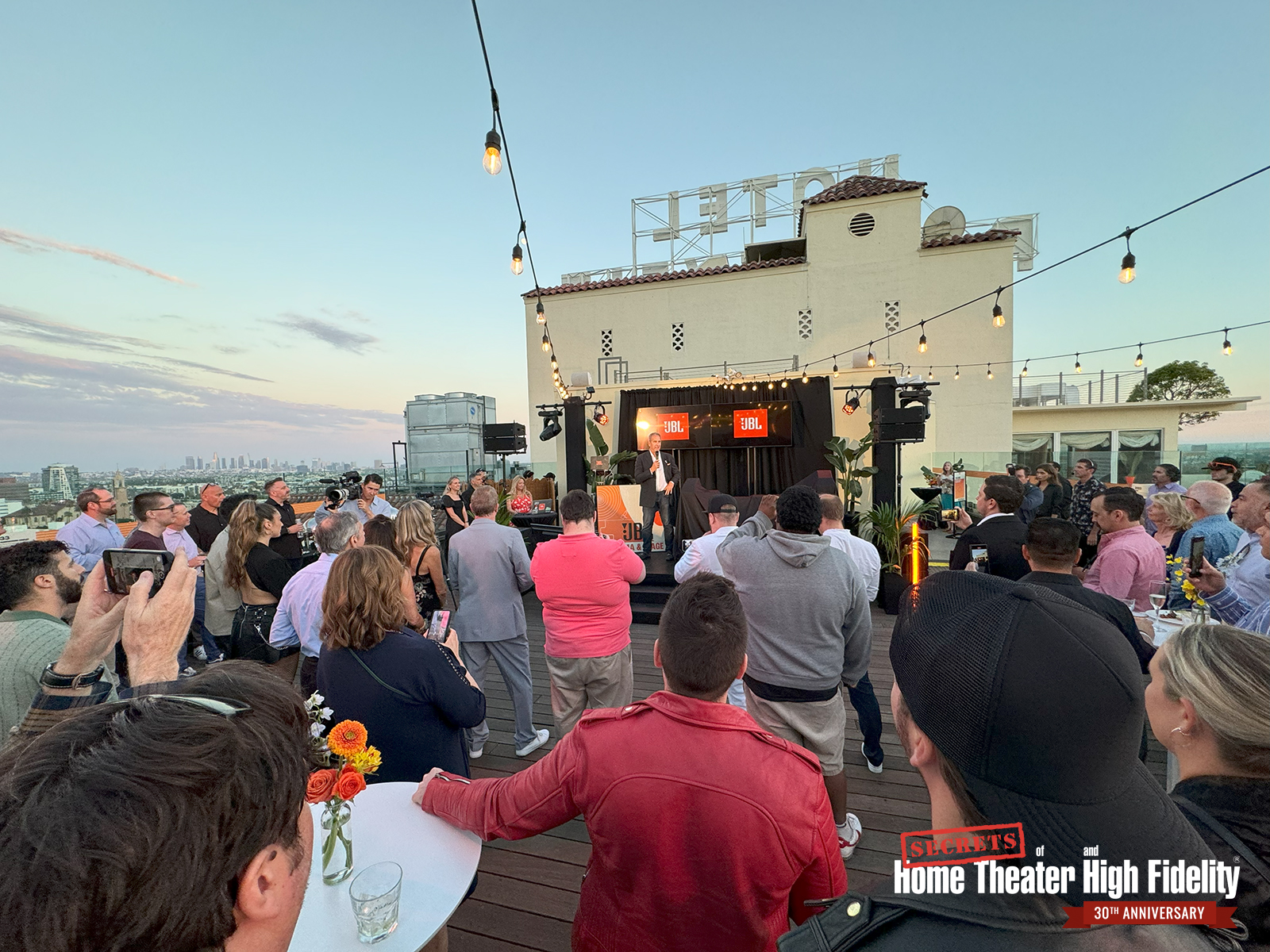 07/30/2024 News Secrets of Home Theater and High Fidelity: HARMAN Product Launch, JBL Stage 2 Loudspeakers and MA Series Electronics
07/30/2024 News Secrets of Home Theater and High Fidelity: HARMAN Product Launch, JBL Stage 2 Loudspeakers and MA Series Electronics
 06/07/2024 News Headline: Residential Systems: Harman Luxury Audio Names Calder as Director of Sales, Consumer Audio, North America
06/07/2024 News Headline: Residential Systems: Harman Luxury Audio Names Calder as Director of Sales, Consumer Audio, North America
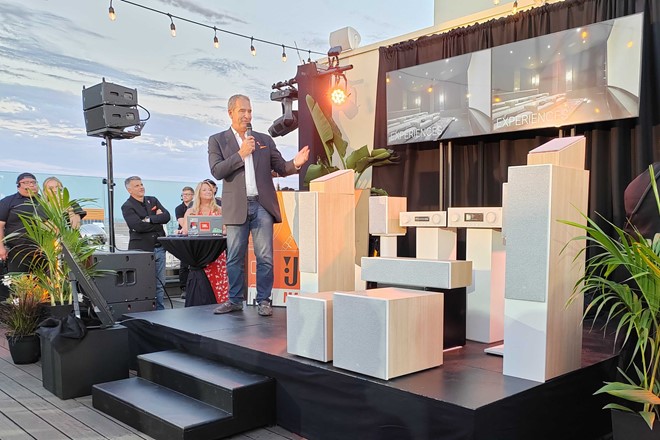 07/24/2024 News ecoustics: JBL Launches MA Series Receivers & Stage 2 Loudspeakers at The Hollywood Roosevelt Hotel
07/24/2024 News ecoustics: JBL Launches MA Series Receivers & Stage 2 Loudspeakers at The Hollywood Roosevelt Hotel
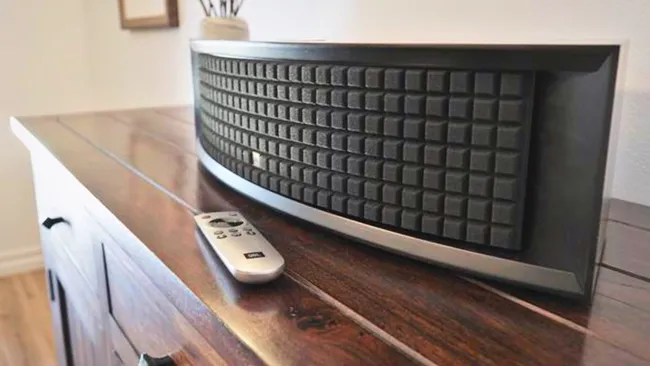 06/22/2024 Reviews Tom’s Guide: I just tested JBL's new retro-style speaker — and the sound is stunning
06/22/2024 Reviews Tom’s Guide: I just tested JBL's new retro-style speaker — and the sound is stunning
 07/19/2024 News ERT: JBL reveals new AVRs and matching home theatre speaker series
07/19/2024 News ERT: JBL reveals new AVRs and matching home theatre speaker series
 07/17/2024 News JBL REDEFINES HOME CINEMA WITH MODERN AUDIO AVRS AND STAGE 2 LOUDSPEAKERS
07/17/2024 News JBL REDEFINES HOME CINEMA WITH MODERN AUDIO AVRS AND STAGE 2 LOUDSPEAKERS
 04/02/2024 News CE Pro: HARMAN Luxury Audio Group to Exhibit at AXPONA 2024
04/02/2024 News CE Pro: HARMAN Luxury Audio Group to Exhibit at AXPONA 2024
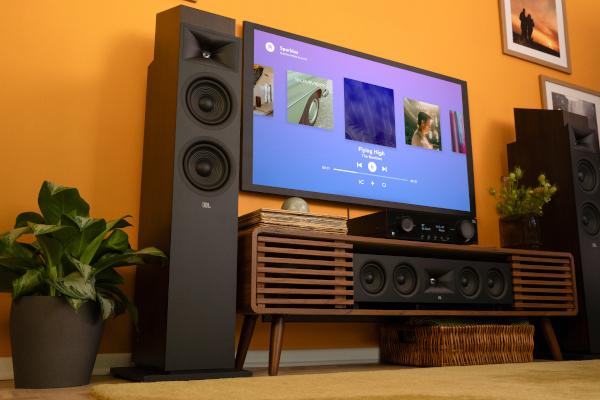 07/17/2024 News Sound & Vision: JBL Aims to Redefine the Home Theater Experience with Bold New Lineup of AVRs and Speakers
07/17/2024 News Sound & Vision: JBL Aims to Redefine the Home Theater Experience with Bold New Lineup of AVRs and Speakers
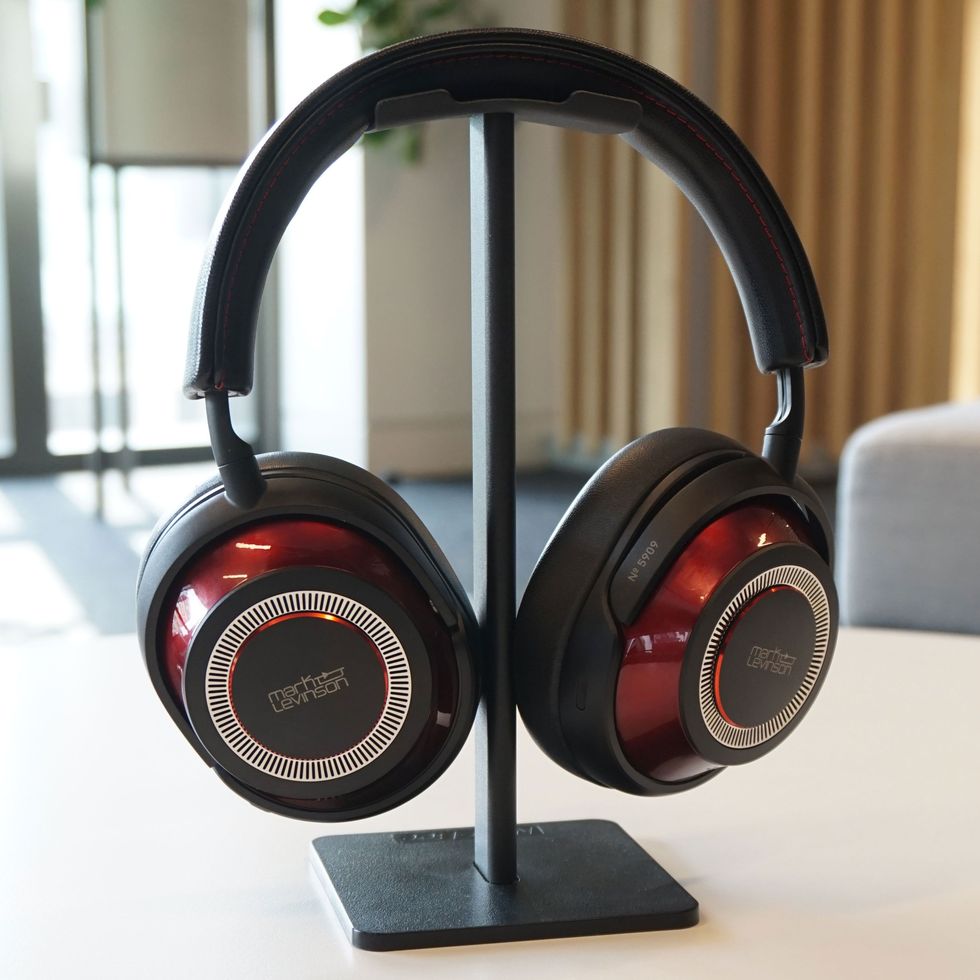 06/05/2024 Reviews Esquire: Best Over-Ear Headphones for Audiophiles
06/05/2024 Reviews Esquire: Best Over-Ear Headphones for Audiophiles
 06/05/2024 News CE Pro: Jerry Calder New Director of Sales, HARMAN Luxury Audio Group
06/05/2024 News CE Pro: Jerry Calder New Director of Sales, HARMAN Luxury Audio Group
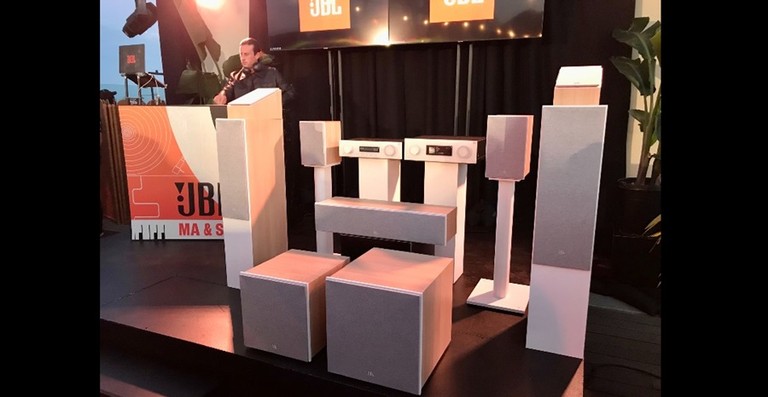 07/25/2024 News Audioholics: JBL NEW Stage 2 Speakers & MA Series AV Receivers First Impressions
07/25/2024 News Audioholics: JBL NEW Stage 2 Speakers & MA Series AV Receivers First Impressions
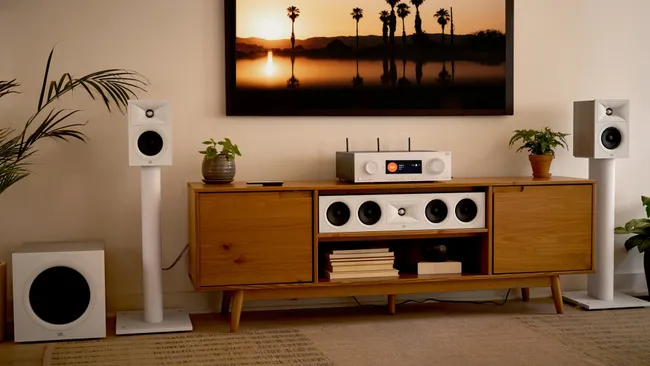 07/19/2024 Reviews Techradar: JBL's new home theater speakers and AV receivers deliver Dolby Atmos plus streaming support for an affordable price
07/19/2024 Reviews Techradar: JBL's new home theater speakers and AV receivers deliver Dolby Atmos plus streaming support for an affordable price
 05/31/2024 Reviews JBL L42ms Integrated Music System Review
05/31/2024 Reviews JBL L42ms Integrated Music System Review
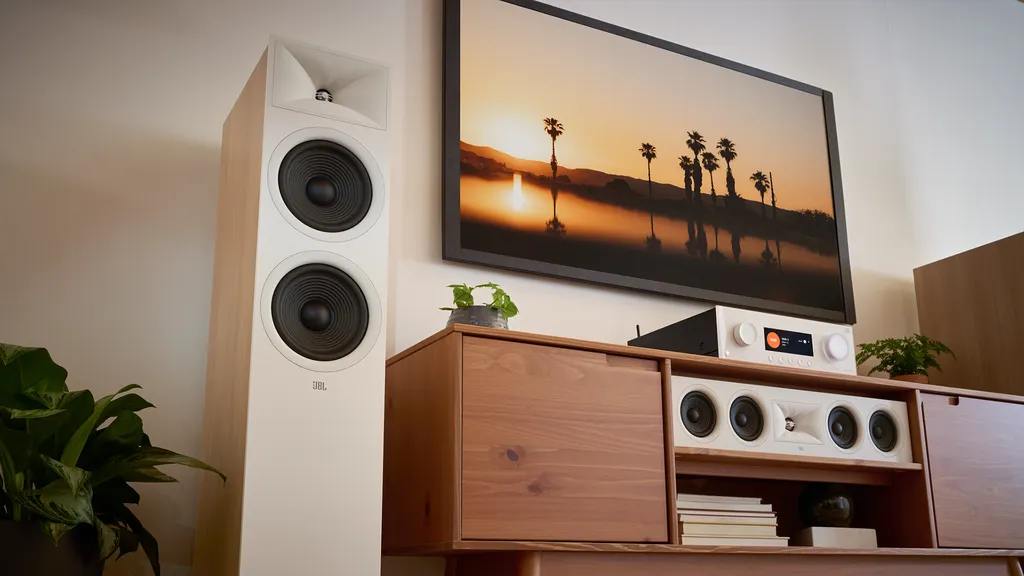 07/18/2024 News T3: JBL is keeping the flag flying for home cinema – and looking good in the process
07/18/2024 News T3: JBL is keeping the flag flying for home cinema – and looking good in the process
 08/01/2024 Reviews Residential Systems - Home Theaters: Riding the Wave
08/01/2024 Reviews Residential Systems - Home Theaters: Riding the Wave
 04/02/2024 News Residential Systems: Tech Showcase — Architectural Speakers
04/02/2024 News Residential Systems: Tech Showcase — Architectural Speakers
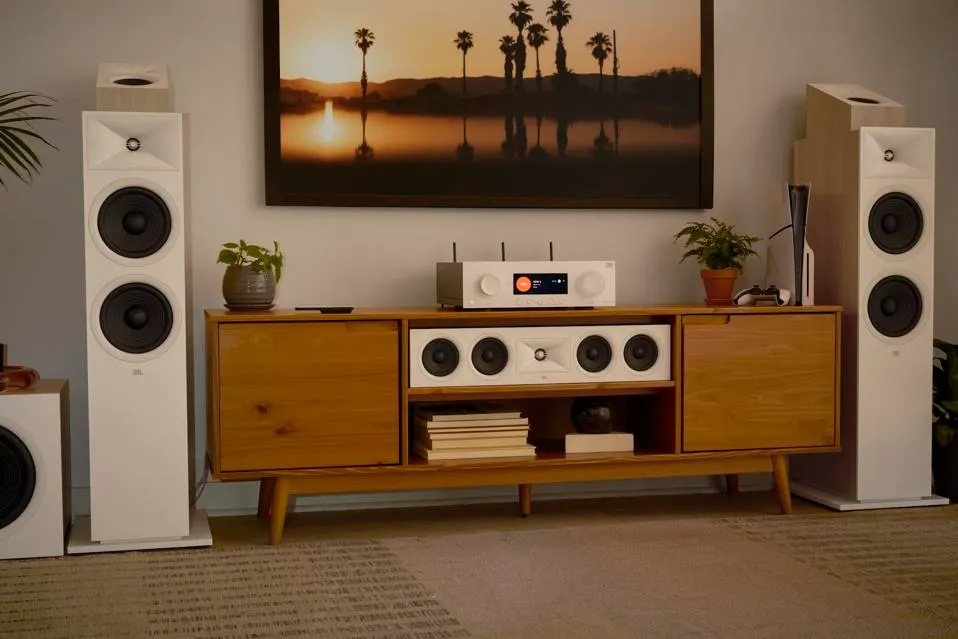 07/17/2024 News JBL Launches New PS5 And Xbox Series X-Friendly AV Receivers - Plus Matching Speaker Range
07/17/2024 News JBL Launches New PS5 And Xbox Series X-Friendly AV Receivers - Plus Matching Speaker Range
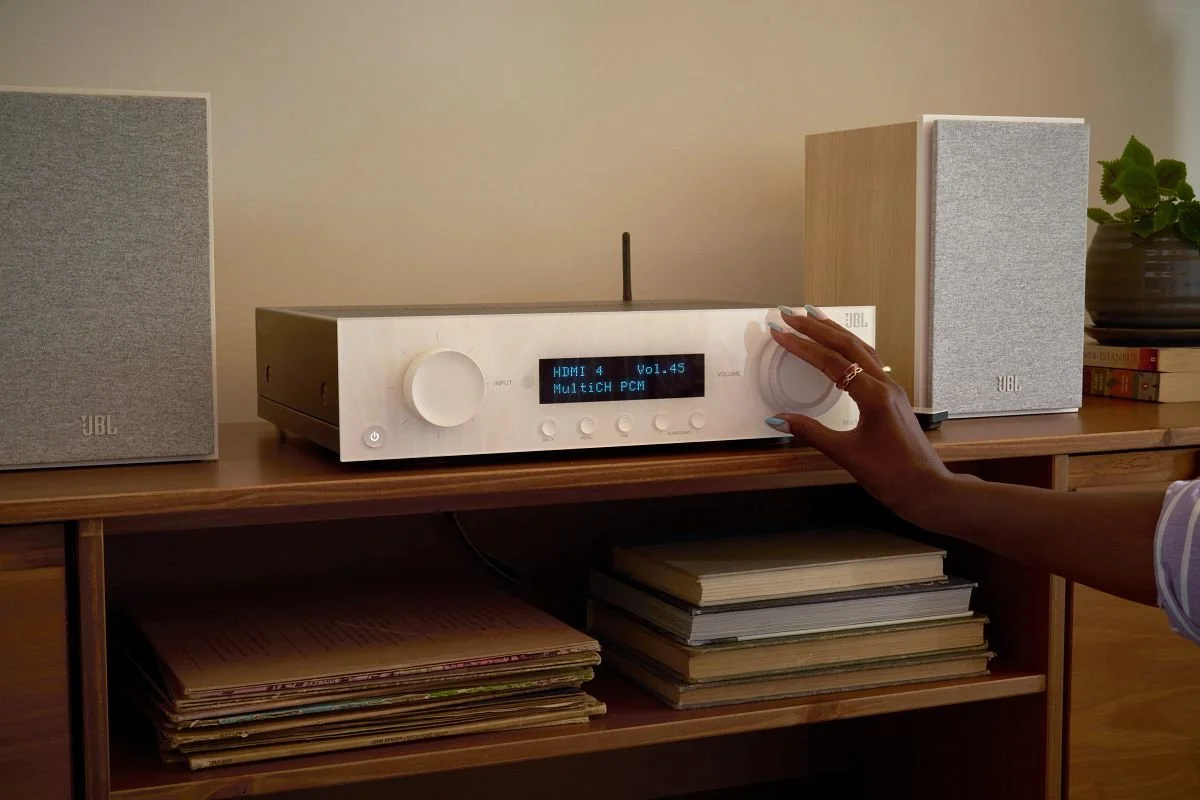 07/17/2024 News Audio Advice: NEW JBL MA Series A/V Receiver Overview! Designed for the Next Generation of Music/Movie Enthusiasts
07/17/2024 News Audio Advice: NEW JBL MA Series A/V Receiver Overview! Designed for the Next Generation of Music/Movie Enthusiasts
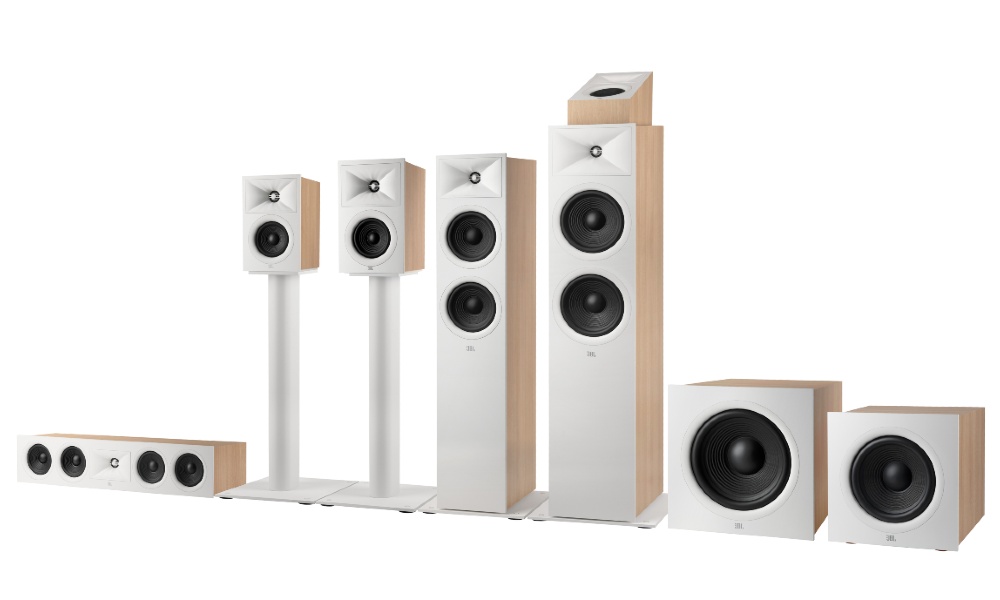 07/18/2024 News CEPro: Want a Simplified Home Theater Sound System? JBL Says It Has Audiophiles Covered
07/18/2024 News CEPro: Want a Simplified Home Theater Sound System? JBL Says It Has Audiophiles Covered
 07/29/2024 Reviews Digital Trends: The best speaker brands of 2024: JBL
07/29/2024 Reviews Digital Trends: The best speaker brands of 2024: JBL
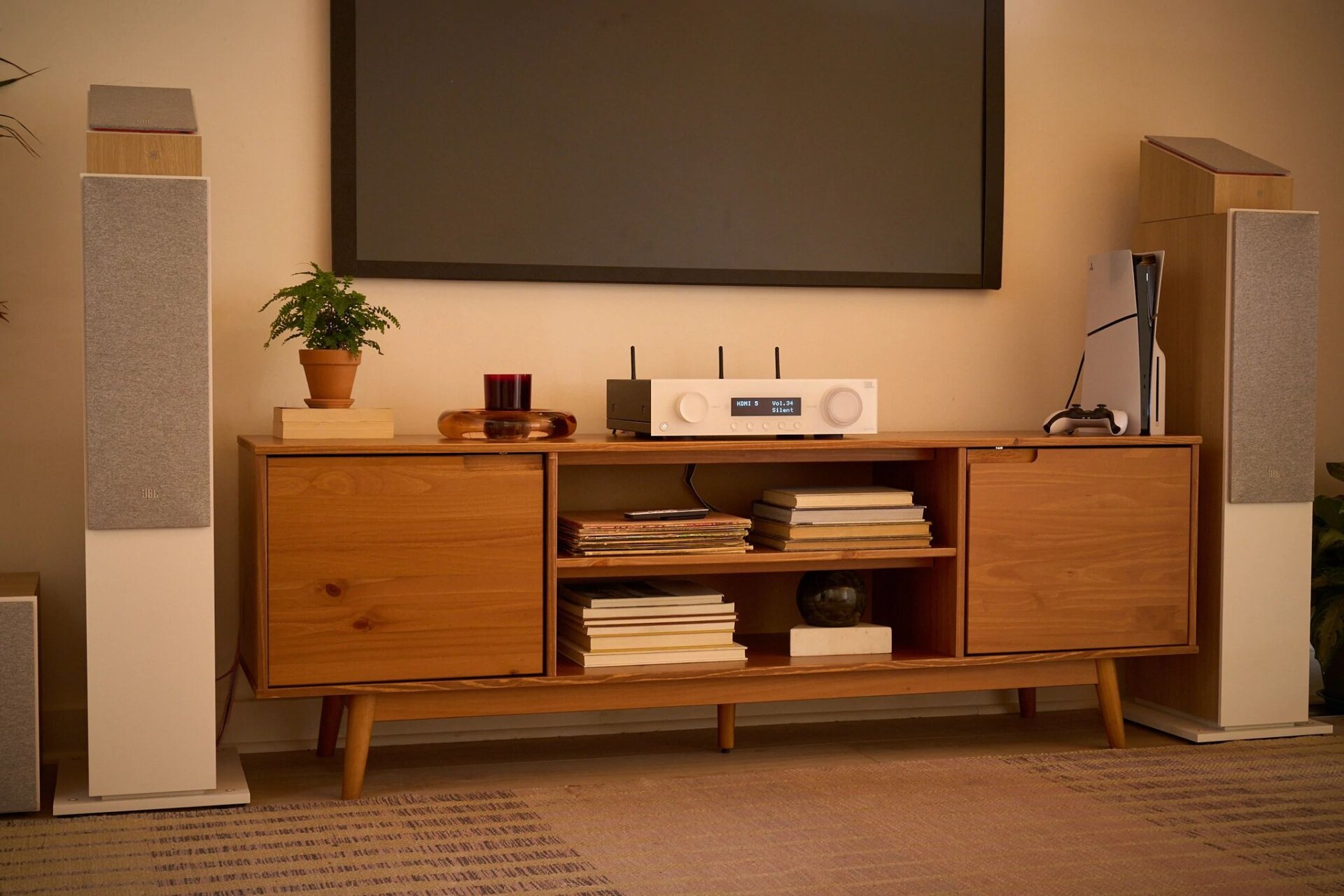 07/18/2024 News WiFI HiFi: JBL Announces Stylish Modern Audio Receivers and Stage 2 Speakers
07/18/2024 News WiFI HiFi: JBL Announces Stylish Modern Audio Receivers and Stage 2 Speakers
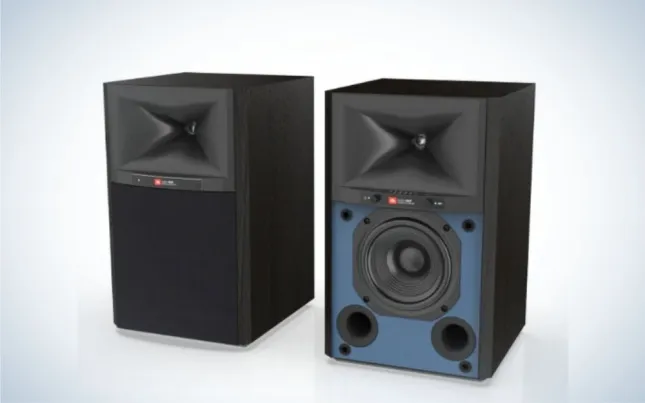 04/10/2024 Reviews Popular Science: The best powered speakers in 2024, tested and reviewed
04/10/2024 Reviews Popular Science: The best powered speakers in 2024, tested and reviewed
 07/20/2024 News Sound & Vision: Jim Garrett’s Overview of JBL’s New MA Series AVRs and Stage 2 Speakers
07/20/2024 News Sound & Vision: Jim Garrett’s Overview of JBL’s New MA Series AVRs and Stage 2 Speakers
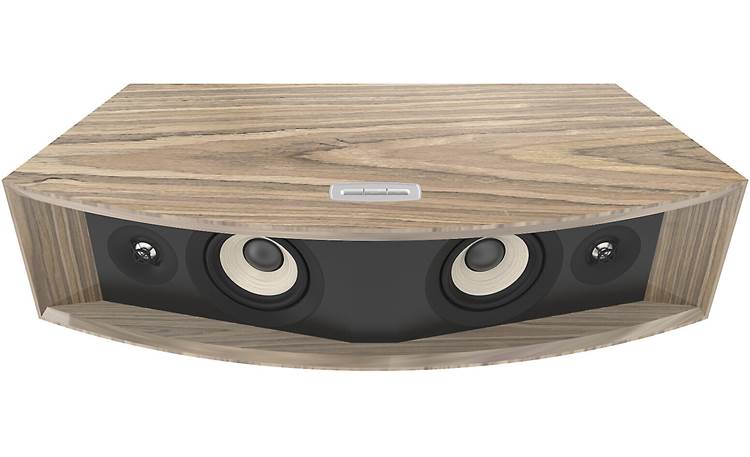 05/22/2024 Reviews Trusted Reviews: JBL L42ms Review
05/22/2024 Reviews Trusted Reviews: JBL L42ms Review
 07/17/2024 News Technology Designer: JBL Reimagines the Home Theater Experience
07/17/2024 News Technology Designer: JBL Reimagines the Home Theater Experience
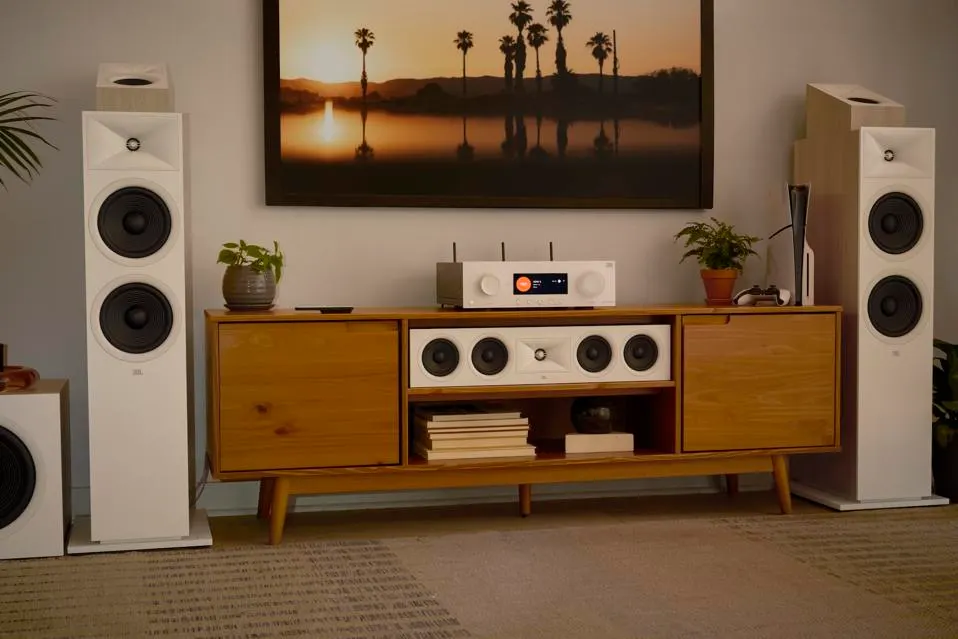 07/18/2024 News AVS Forum: JBL Launches New MA Series Receivers with Budget-Friendly Options
07/18/2024 News AVS Forum: JBL Launches New MA Series Receivers with Budget-Friendly Options
 07/18/2024 News Tom's Guide: JBL’s new Stage 2 loudspeakers bring cinema sound to your living room
07/18/2024 News Tom's Guide: JBL’s new Stage 2 loudspeakers bring cinema sound to your living room
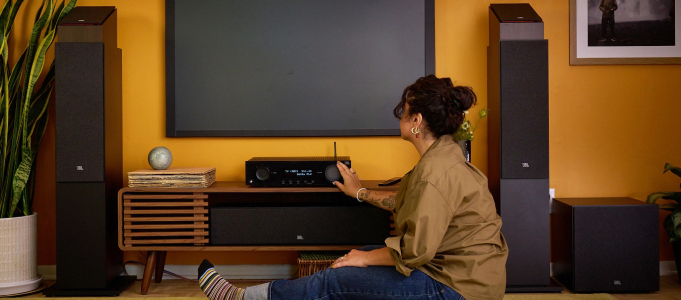 07/18/2024 News StereoNET: JBL Modern Audio Removes Home Cinema Pain Points
07/18/2024 News StereoNET: JBL Modern Audio Removes Home Cinema Pain Points
 07/19/2024 News Techno Dad: New Budget JBL MA Series A/V Receivers | MA9100HP, MA7100HP, MA710, MA510, MA310
07/19/2024 News Techno Dad: New Budget JBL MA Series A/V Receivers | MA9100HP, MA7100HP, MA710, MA510, MA310
 07/26/2024 News Residential Systems: 2024 CEDIA Shares: Harman Luxury Audio Group
07/26/2024 News Residential Systems: 2024 CEDIA Shares: Harman Luxury Audio Group
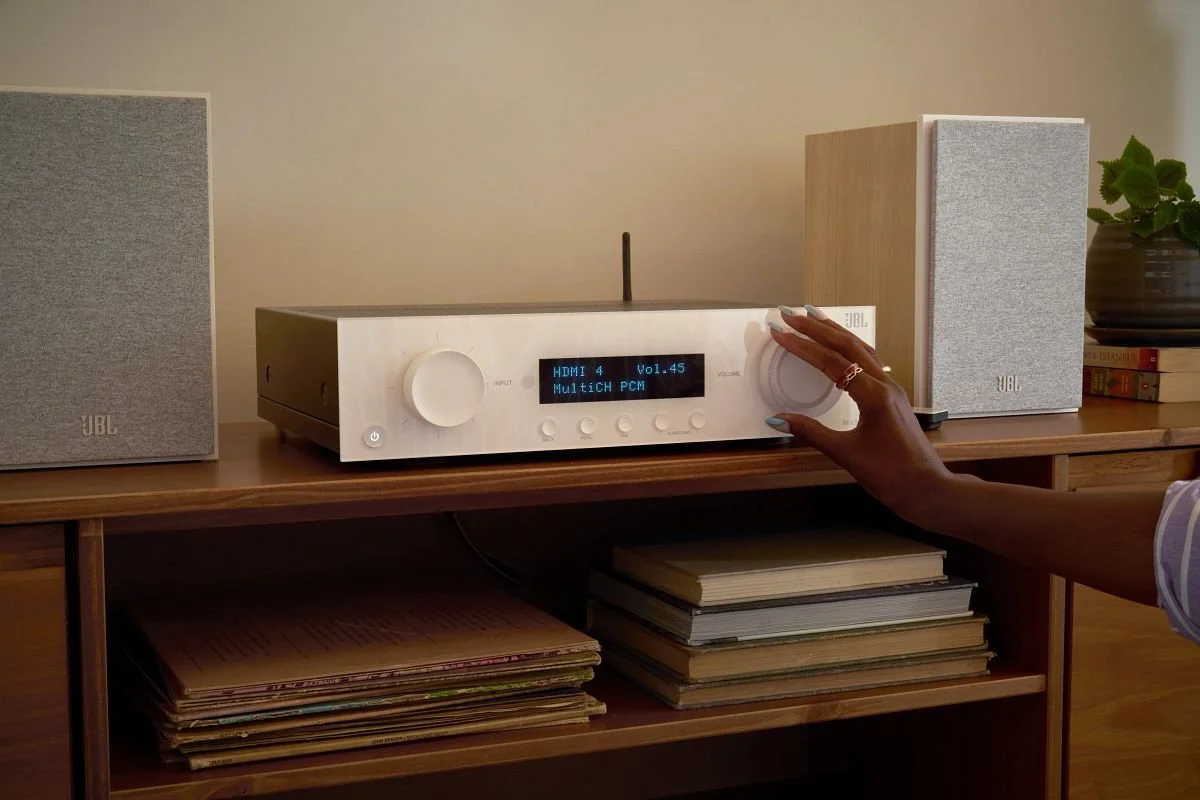 07/18/2024 News JBL Introduces Stylish And User-Friendly AV Receivers And Speakers
07/18/2024 News JBL Introduces Stylish And User-Friendly AV Receivers And Speakers
 07/18/2024 News Popular Science: JBL sets the Stage 2: New lineup lets you easily assemble a modern home theater setup
07/18/2024 News Popular Science: JBL sets the Stage 2: New lineup lets you easily assemble a modern home theater setup
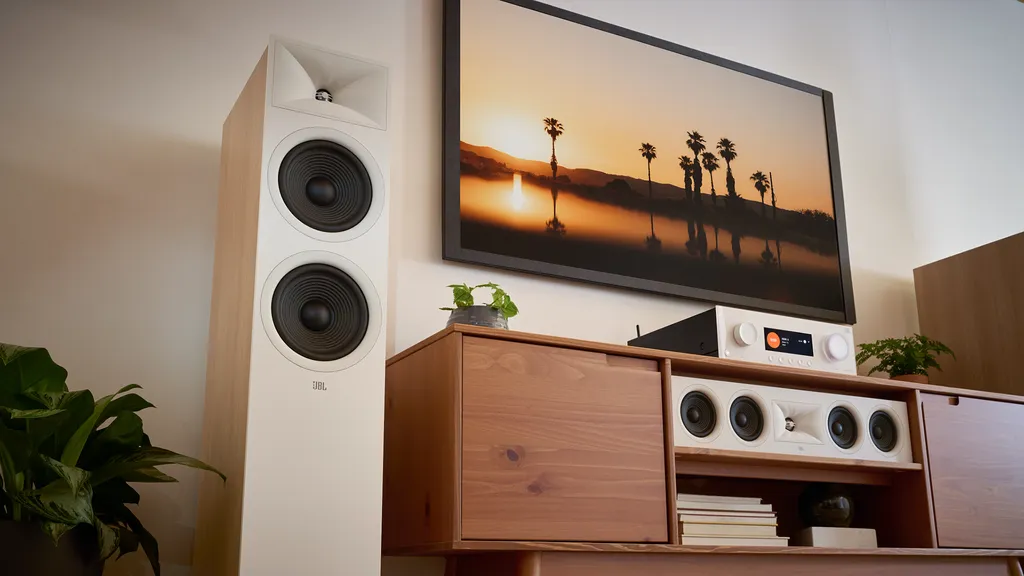 07/18/2024 News What Hi-Fi? JBL's new loudspeaker range is designed to deliver a blockbusting cinematic experience
07/18/2024 News What Hi-Fi? JBL's new loudspeaker range is designed to deliver a blockbusting cinematic experience
 07/25/2024 News AV Nation: JBL Reimagines the Home Theater Experience
07/25/2024 News AV Nation: JBL Reimagines the Home Theater Experience
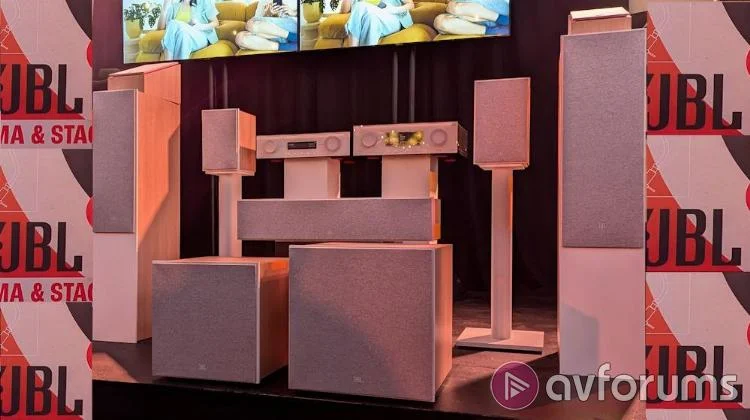 07/18/2024 News AV Forums: JBL MA AVR and Stage 2 speaker launch event report
07/18/2024 News AV Forums: JBL MA AVR and Stage 2 speaker launch event report
 07/19/2024 News AudioXpress: JBL Reimagines the Affordable Home Theater Experience
07/19/2024 News AudioXpress: JBL Reimagines the Affordable Home Theater Experience
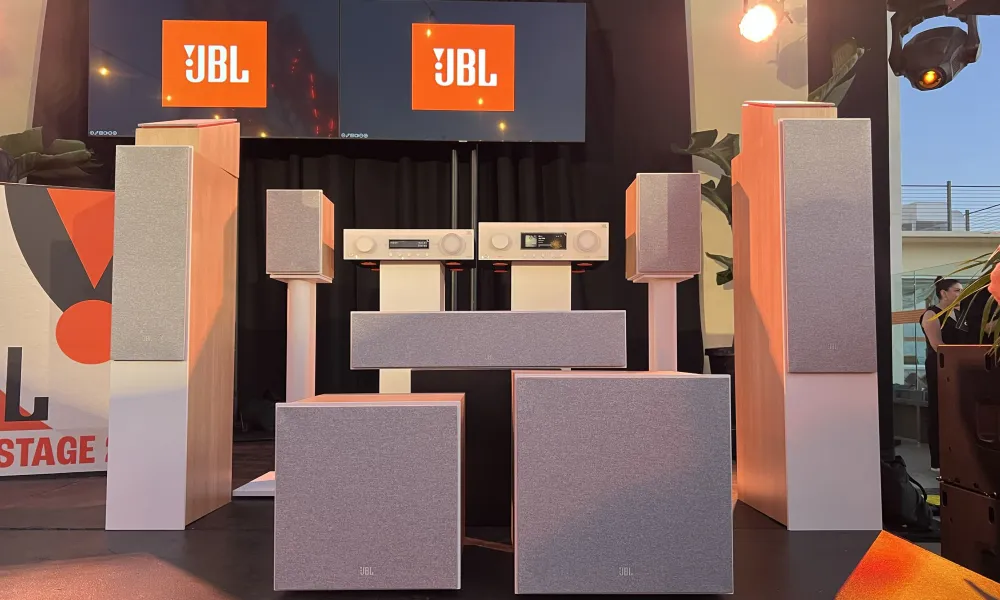 07/18/2024 News Digital Trends: JBL wants you to ditch your soundbar for its affordable new home theater lineup
07/18/2024 News Digital Trends: JBL wants you to ditch your soundbar for its affordable new home theater lineup
 07/18/2024 News Residential Systems: JBL Introduces Modern Audio AV Receivers and Stage 2 Speakers
07/18/2024 News Residential Systems: JBL Introduces Modern Audio AV Receivers and Stage 2 Speakers
 07/22/2024 News The Absolute Sound: JBL Launches NEW Modern Audio Line | AV Receivers and Loudspeakers
07/22/2024 News The Absolute Sound: JBL Launches NEW Modern Audio Line | AV Receivers and Loudspeakers
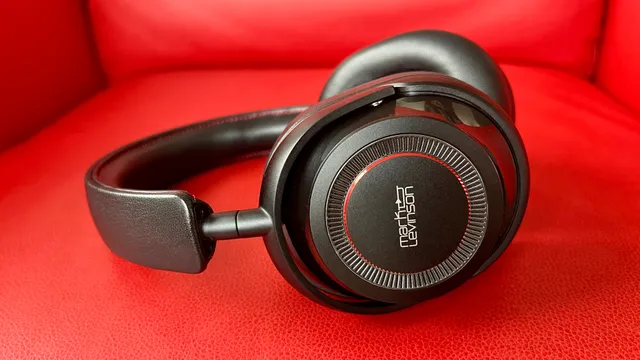 06/02/2024 Reviews CNET: Best Multipoint Bluetooth Headphones and Earbuds for 2024
06/02/2024 Reviews CNET: Best Multipoint Bluetooth Headphones and Earbuds for 2024
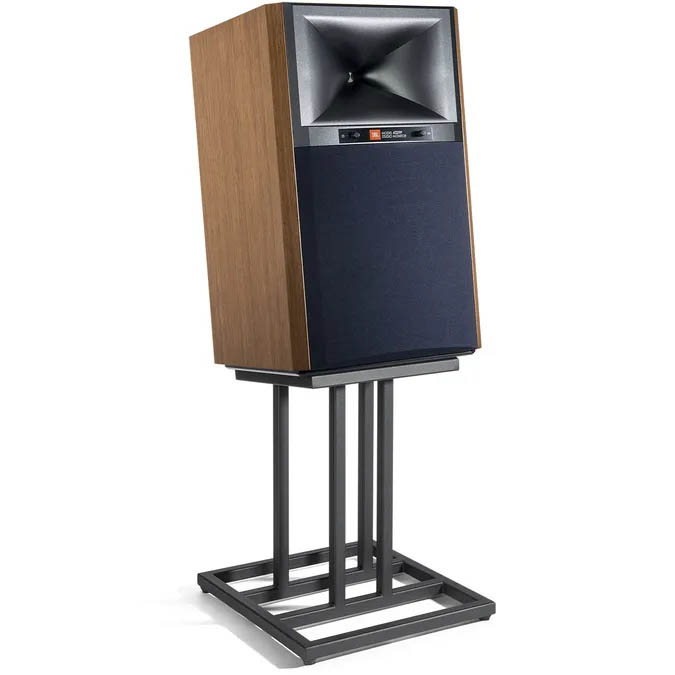 03/23/2024 Reviews What Hi-Fi?: Best hi-fi systems 2024:
03/23/2024 Reviews What Hi-Fi?: Best hi-fi systems 2024: CD, vinyl and streaming music systems for the home
 03/17/2024 Reviews What Hi-Fi?: Best active speakers 2024:
03/17/2024 Reviews What Hi-Fi?: Best active speakers 2024: budget to high-end, handpicked by our experts
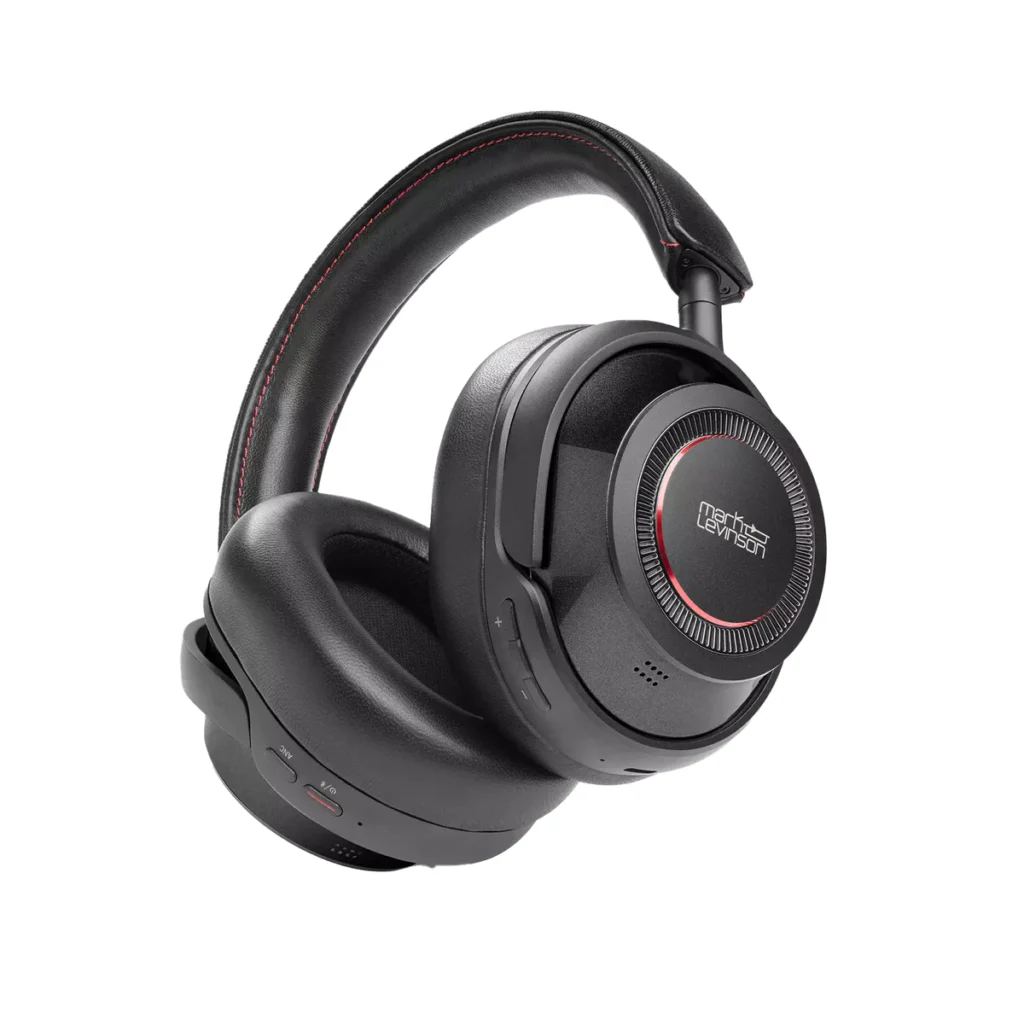 03/11/2024 Reviews Major HiFi:
03/11/2024 Reviews Major HiFi: Best Wireless Noise Canceling Headphones For 2024
 01/11/2024 News AVS Forum: CES 2024 Daily Updates
01/11/2024 News AVS Forum: CES 2024 Daily Updates
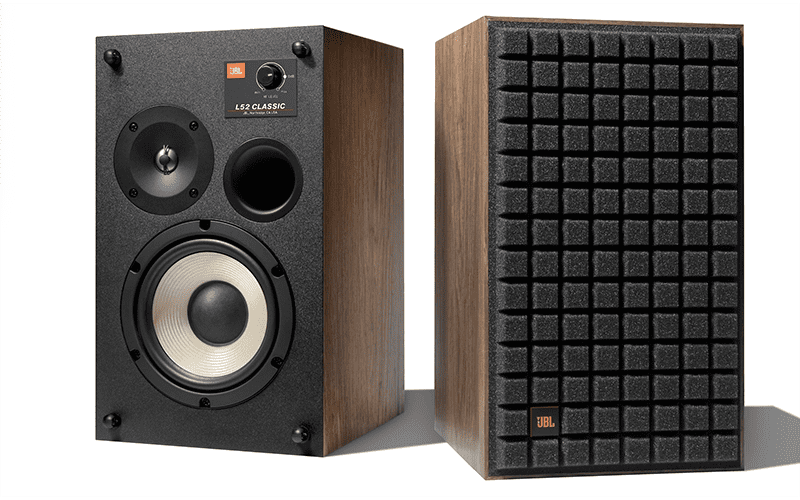 12/26/2023 Reviews CE Pro:
12/26/2023 Reviews CE Pro: 10 Affordable Products for Budding Audiophiles
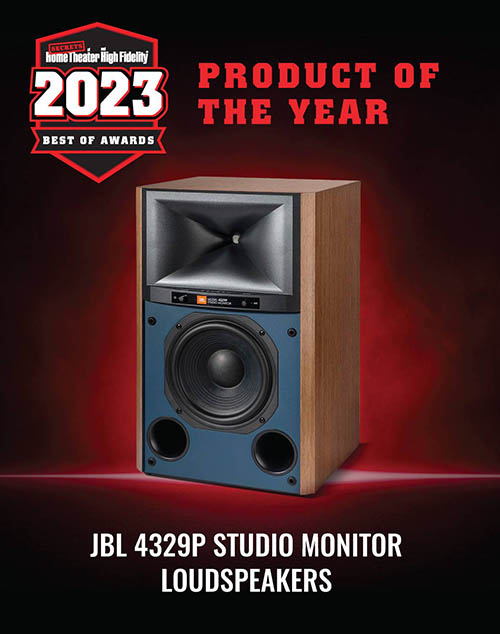 12/12/2023 Reviews Secrets of Home Theater & High Fidelity:
12/12/2023 Reviews Secrets of Home Theater & High Fidelity: SECRETS is pleased to announce our Best Of Awards for 2023
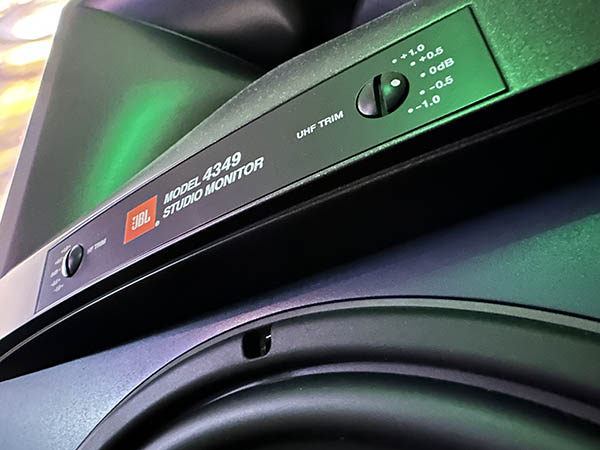 11/23/2023 Reviews Sound & Vision: Top Stereo/All-In-One Streaming Speakers
11/23/2023 Reviews Sound & Vision: Top Stereo/All-In-One Streaming Speakers
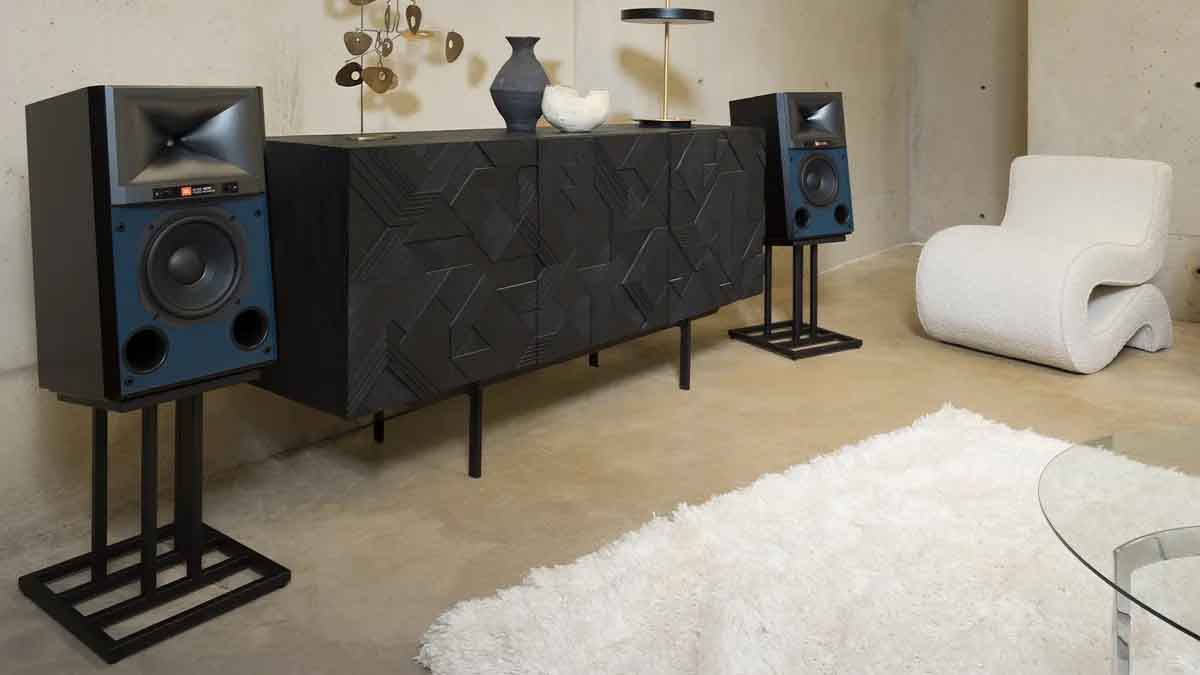 11/3/2023 News What Hi-Fi?:
11/3/2023 News What Hi-Fi?: Wait, why aren't there more hi-fi systems like this?
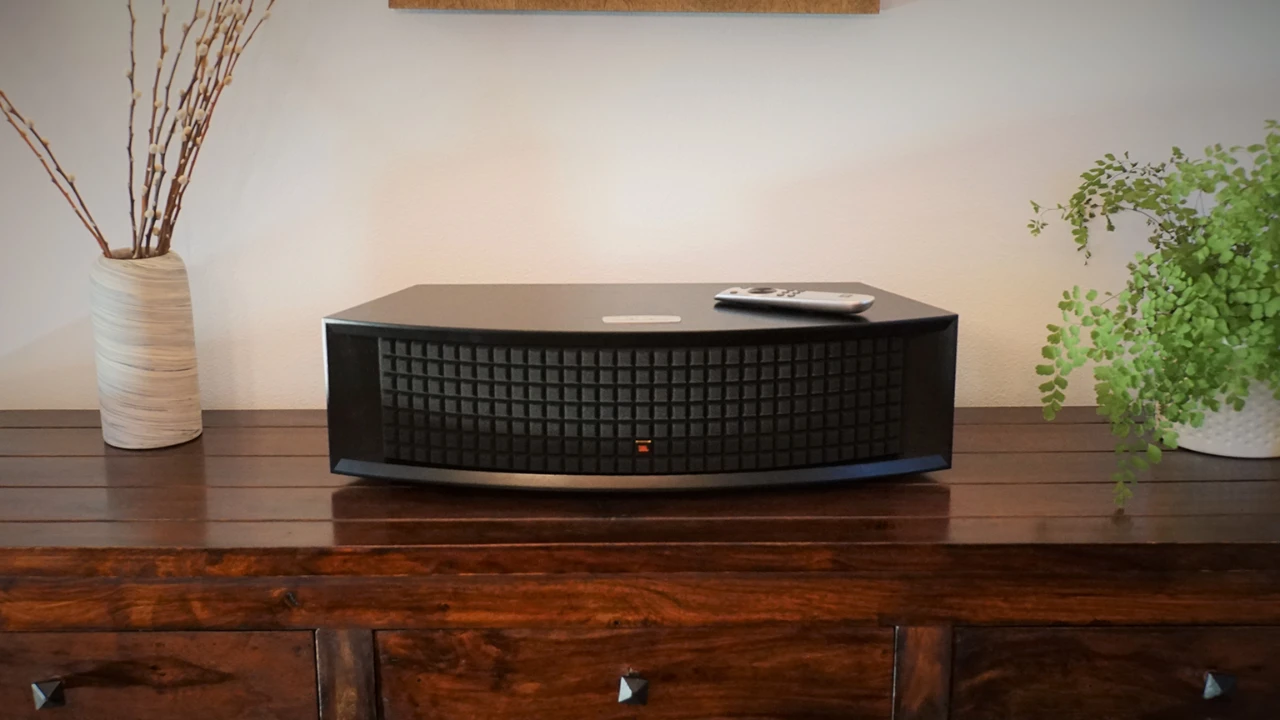 09/02/2024 Reviews bnn: JBL L42ms: A Compact Powerhouse Merging Style and High-Resolution Audio
09/02/2024 Reviews bnn: JBL L42ms: A Compact Powerhouse Merging Style and High-Resolution Audio
 12/02/2024 Reviews T3: The JBL L42ms integrated music system is a Hi-Res powerhouse
12/02/2024 Reviews T3: The JBL L42ms integrated music system is a Hi-Res powerhouse
 12/02/2024 Reviews StereoNET: Another Quadrex-Covered Classic? JBL’s L42ms All-In-One
12/02/2024 Reviews StereoNET: Another Quadrex-Covered Classic? JBL’s L42ms All-In-One
 11/11/2023 News Cyber Shack: JBL Spinner BT Turntable – play those classic vinyls again (review)
11/11/2023 News Cyber Shack: JBL Spinner BT Turntable – play those classic vinyls again (review)
 9/2/2024 News Forbes: Harman Launches Luxury JBL L42ms Integrated Music System
9/2/2024 News Forbes: Harman Launches Luxury JBL L42ms Integrated Music System
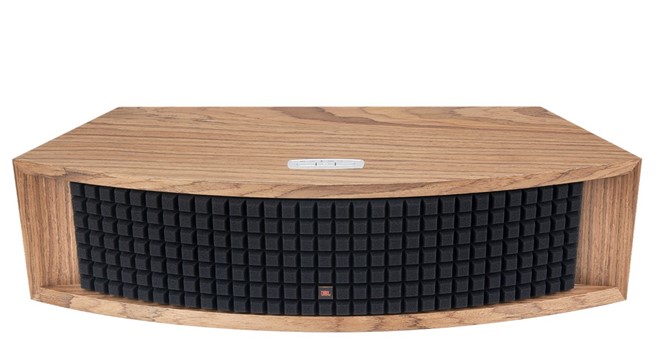 9/2/2023 News Inside CI: SMART JBL L42MS MUSIC SYSTEM COMBINES STYLE AND SUBSTANCE
9/2/2023 News Inside CI: SMART JBL L42MS MUSIC SYSTEM COMBINES STYLE AND SUBSTANCE
 27/9/2023 News CEPro: The Creative Designs of New Age Audio Solutions at CEDIA Expo 2023
27/9/2023 News CEPro: The Creative Designs of New Age Audio Solutions at CEDIA Expo 2023
 15/9/2023 News Residential Tech Today: HARMAN Luxury Audio Group Adds New JBL L42ms Classic Integrated Music System
15/9/2023 News Residential Tech Today: HARMAN Luxury Audio Group Adds New JBL L42ms Classic Integrated Music System
 9/12/2023 News Residential Tech Today: HARMAN Luxury Audio Group Debuts JBL DA Series Distribution Amplifiers
9/12/2023 News Residential Tech Today: HARMAN Luxury Audio Group Debuts JBL DA Series Distribution Amplifiers
 9/2/2024 News Geeky Gadgets: JBL L42ms integrated music system launching in the UK
9/2/2024 News Geeky Gadgets: JBL L42ms integrated music system launching in the UK
 09/02/2024 Reviews What Hi-Fi?: JBL's new all-in-one music system has the Naim Mu-so 2 in its sights
09/02/2024 Reviews What Hi-Fi?: JBL's new all-in-one music system has the Naim Mu-so 2 in its sights
 9/12/2023 News Residential Systems: JBL Releases DA Series Distribution Amps
9/12/2023 News Residential Systems: JBL Releases DA Series Distribution Amps
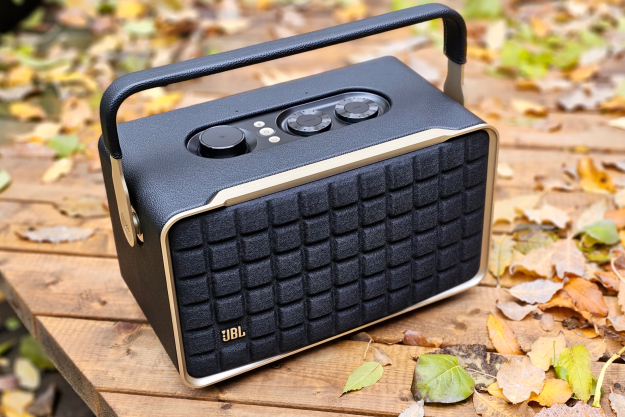 29/11/2023 News Digital Trends: JBL Authentics 300 review: portable power, retro style
29/11/2023 News Digital Trends: JBL Authentics 300 review: portable power, retro style
 16/02/2024 Reviews Tom's Guide: JBL's 200W wireless speaker with hi-res streaming is a luxury music system I'd buy
16/02/2024 Reviews Tom's Guide: JBL's 200W wireless speaker with hi-res streaming is a luxury music system I'd buy
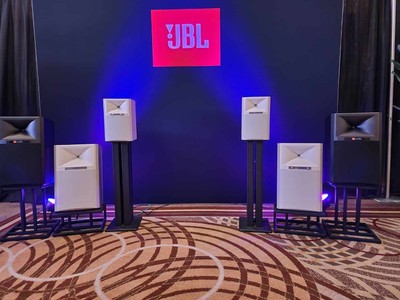 9/2/2024 News Stuff: JBL’s latest music system is a dinkier option for hi-res audio
9/2/2024 News Stuff: JBL’s latest music system is a dinkier option for hi-res audio
 11/03/2024 Reviews Stereo Check: JBL L52 Classic: Bookshelf speakers with a vintage design
11/03/2024 Reviews Stereo Check: JBL L52 Classic: Bookshelf speakers with a vintage design
 09/02/2024 Reviews The Financial: Harman Launches Luxury JBL L42ms Integrated Music System
09/02/2024 Reviews The Financial: Harman Launches Luxury JBL L42ms Integrated Music System
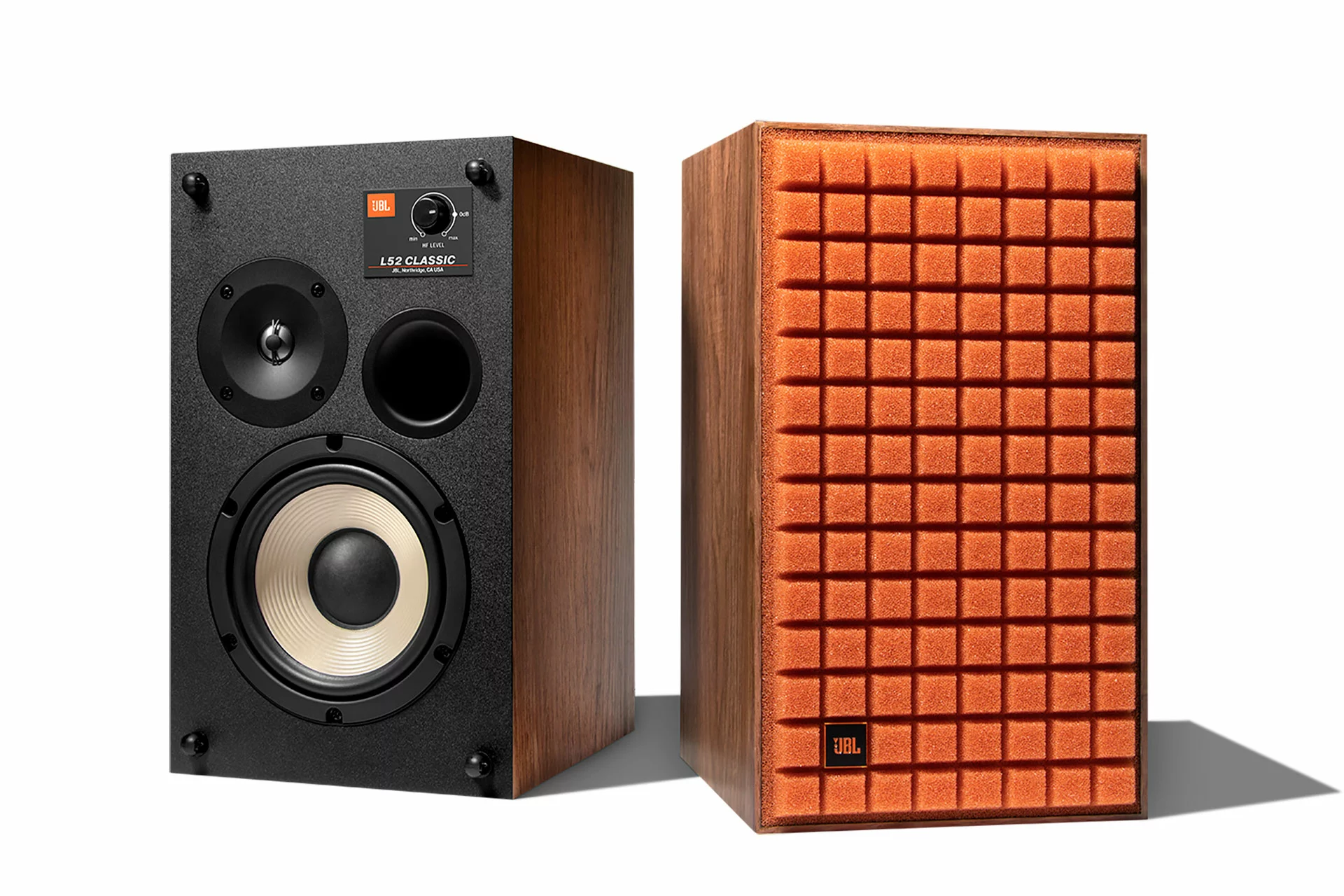 10/04/2024 Reviews Future Audiophile: JBL L52 Classic Bookshelf Loudspeakers Reviewed
10/04/2024 Reviews Future Audiophile: JBL L52 Classic Bookshelf Loudspeakers Reviewed
 9/11/2023 News JBL Brings Stylish New Hi-Fi Gear to CEDIA 2023
9/11/2023 News JBL Brings Stylish New Hi-Fi Gear to CEDIA 2023
 9/11/2023 News What Hi-Fi?: JBL Spinner BT review
9/11/2023 News What Hi-Fi?: JBL Spinner BT review
 12/02/2024 Reviews New Atlas: Harman's JBL launches powerful integrated streaming system
12/02/2024 Reviews New Atlas: Harman's JBL launches powerful integrated streaming system
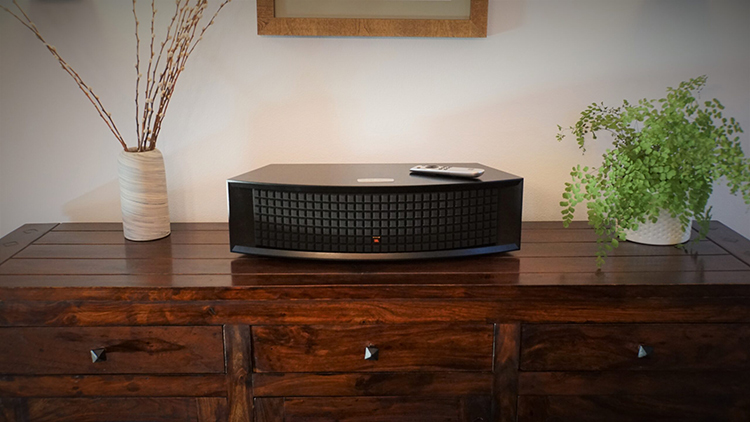 09/07/2023 News Secrets of Home Theater and High Fidelity: HARMAN LUXURY AUDIO GROUP EXPANDS JBL CLASSIC SERIES WITH L42MS INTEGRATED MUSIC SYSTEM
09/07/2023 News Secrets of Home Theater and High Fidelity: HARMAN LUXURY AUDIO GROUP EXPANDS JBL CLASSIC SERIES WITH L42MS INTEGRATED MUSIC SYSTEM
 09/02/2024 Reviews LB Tech Reviews: Retro-chic table speaker
09/02/2024 Reviews LB Tech Reviews: Retro-chic table speaker
 10/10/2023 News Hi-Fi Class: JBL L75ms
10/10/2023 News Hi-Fi Class: JBL L75ms
 12/02/2024 News Trend Hunter: The JBL L42ms Music System is Part of the Classic Series
12/02/2024 News Trend Hunter: The JBL L42ms Music System is Part of the Classic Series
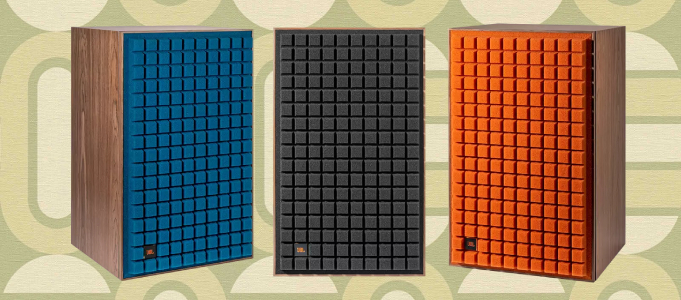 9/12/2023 Reviews JBL L100 MkII Refines A Classic
9/12/2023 Reviews JBL L100 MkII Refines A Classic
 13/02/2024 News Essential Install: HARMAN LUXURY AUDIO GROUP LAUNCHES JBL L42MS IN THE UK
13/02/2024 News Essential Install: HARMAN LUXURY AUDIO GROUP LAUNCHES JBL L42MS IN THE UK
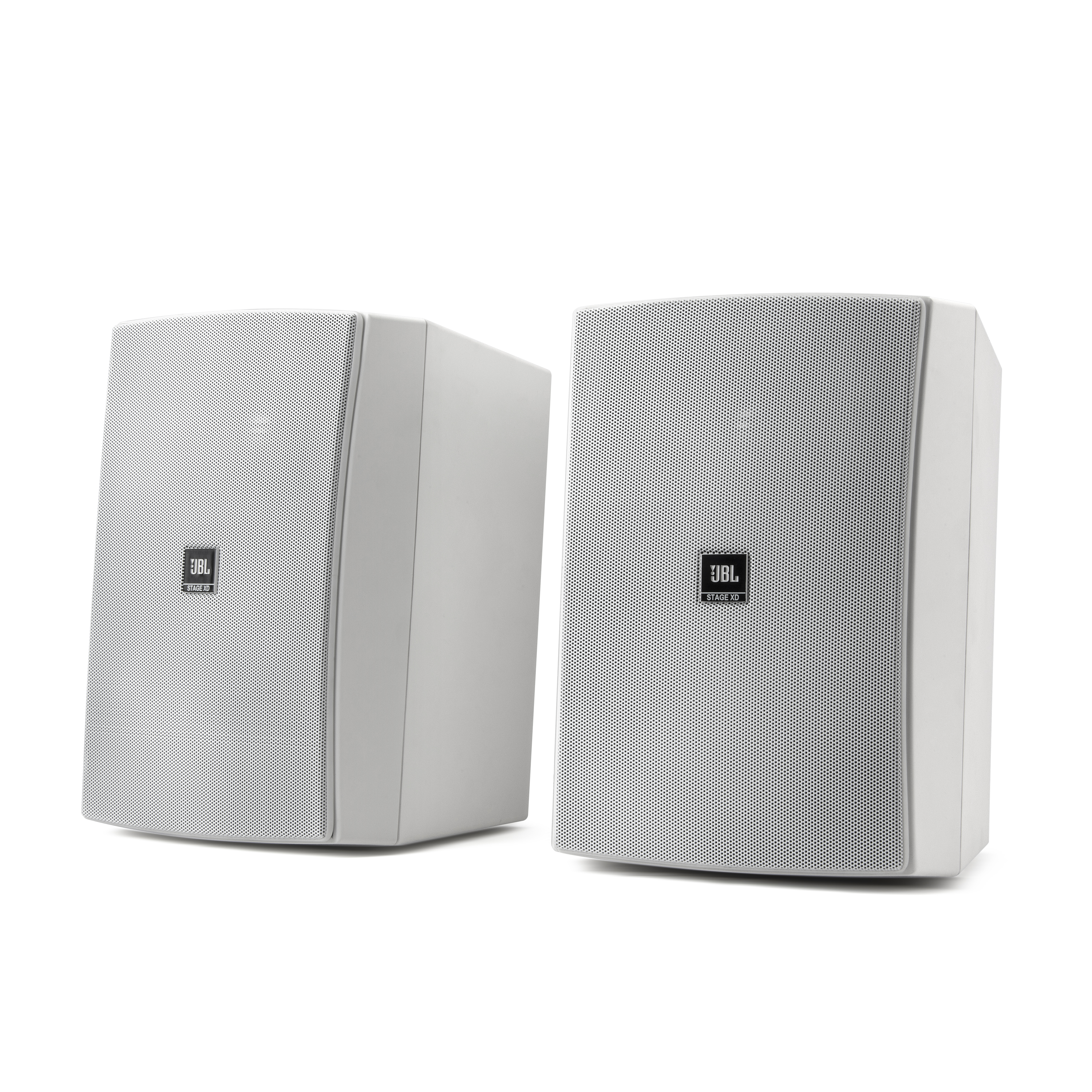 3/15/23 News Residential Systems Outdoor AV Week:
3/15/23 News Residential Systems Outdoor AV Week: Developing the JBL Stage XD Series All-Weather Speakers
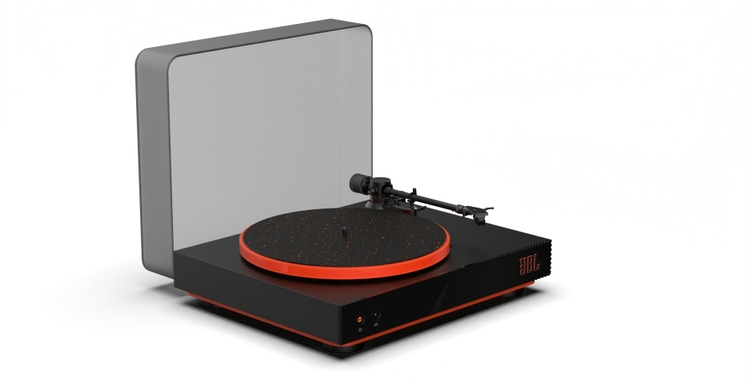 News Harman says its new JBL wireless turntable
News Harman says its new JBL wireless turntable doesn't skimp on audio quality
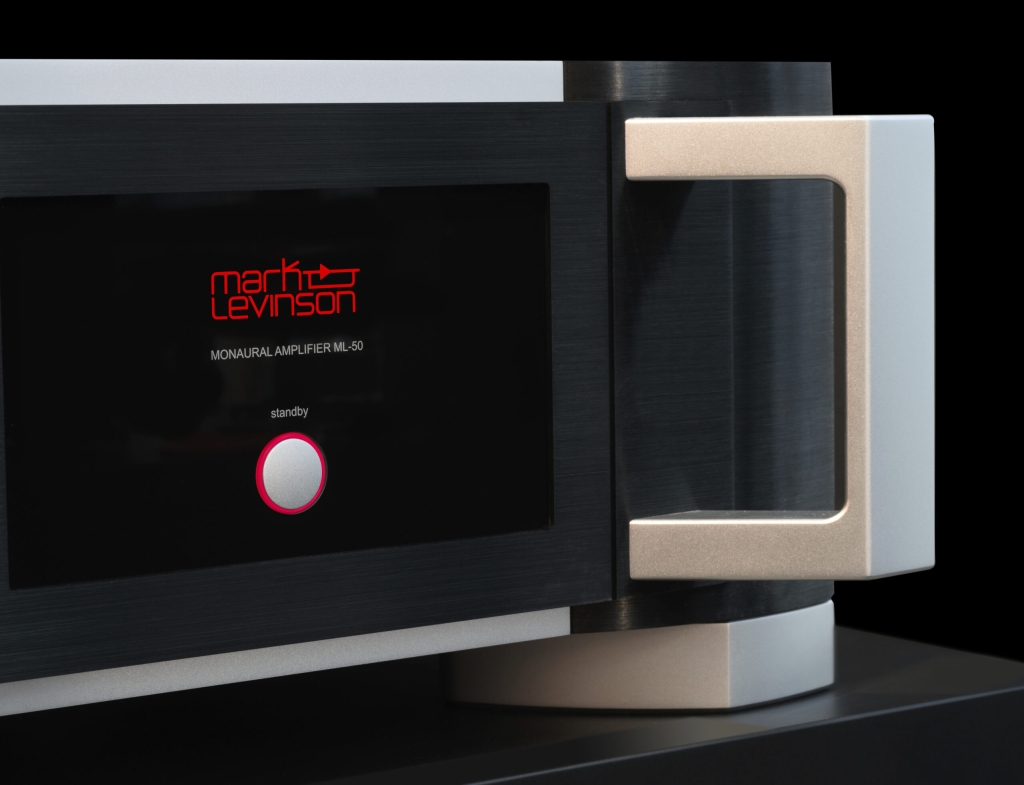 News HARMAN Luxury Audio to Showcase ARCAM, JBL, Mark Levinson, and Revel Brands at Audio Advice Live
News HARMAN Luxury Audio to Showcase ARCAM, JBL, Mark Levinson, and Revel Brands at Audio Advice Live
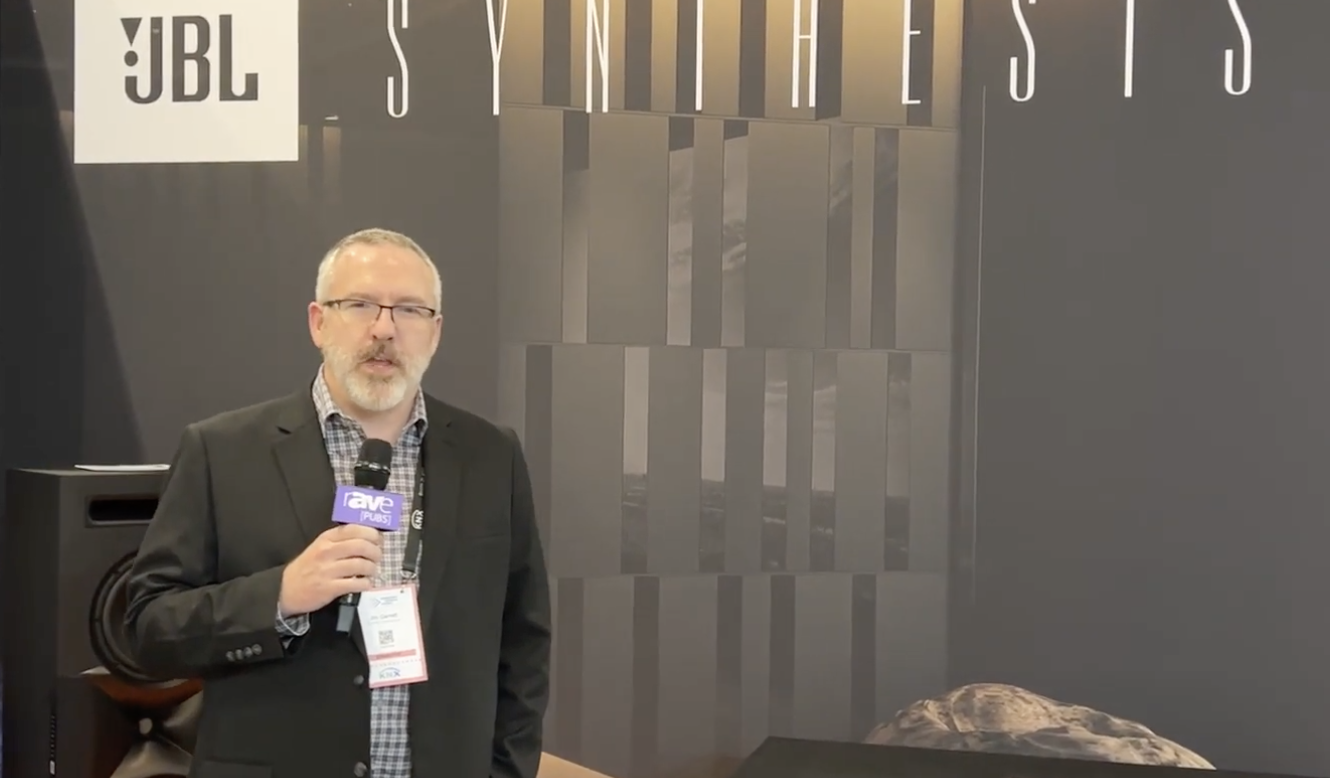 2/1/23 News ISE 2023: Harman Describes JBL Synthesis
2/1/23 News ISE 2023: Harman Describes JBL Synthesis Demo Theater With SCL and SSW Lines
 1/1/23 News JBL HDI-3800 Floorstanding Loudspeakers:
1/1/23 News JBL HDI-3800 Floorstanding Loudspeakers: RECOMMENDED GEAR LIST 2023
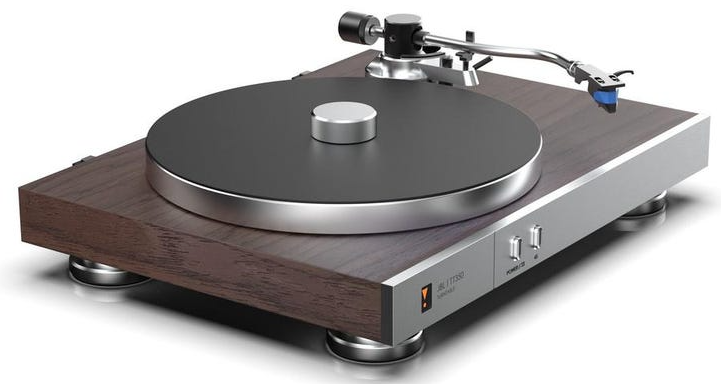 2/1/23 News JBL has announced both a ‘classic’ and Bluetooth turntable for 2023
2/1/23 News JBL has announced both a ‘classic’ and Bluetooth turntable for 2023
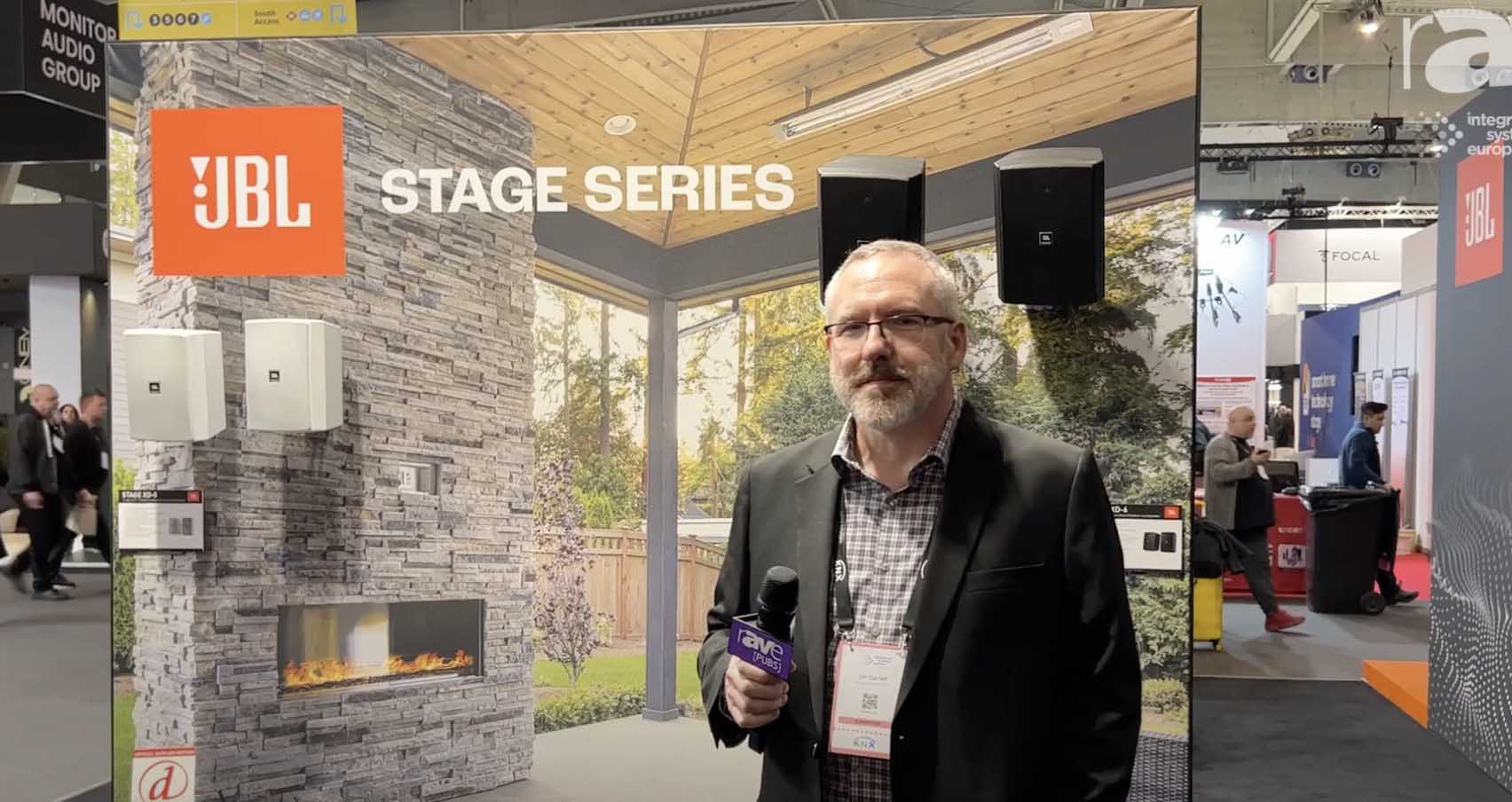 2/1/23 News ISE 2023: Harman Features New
2/1/23 News ISE 2023: Harman Features New JBL Stage XD Indoor-Outdoor IP67 Loudspeakers
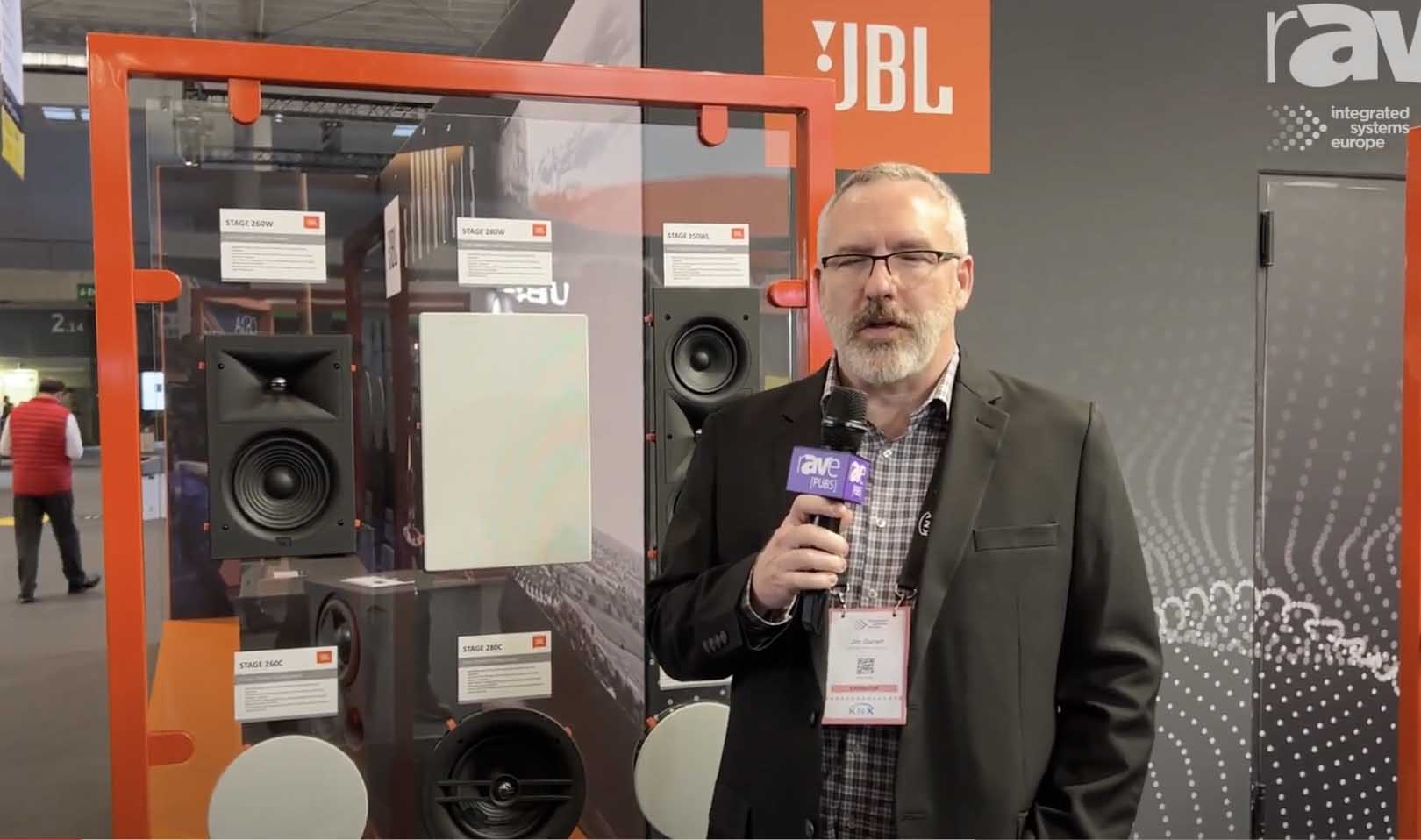 2/1/23 News ISE 2023: Harman Details New JBL Stage 2 Range
2/1/23 News ISE 2023: Harman Details New JBL Stage 2 Range of In-Wall and Ceiling Loudspeakers
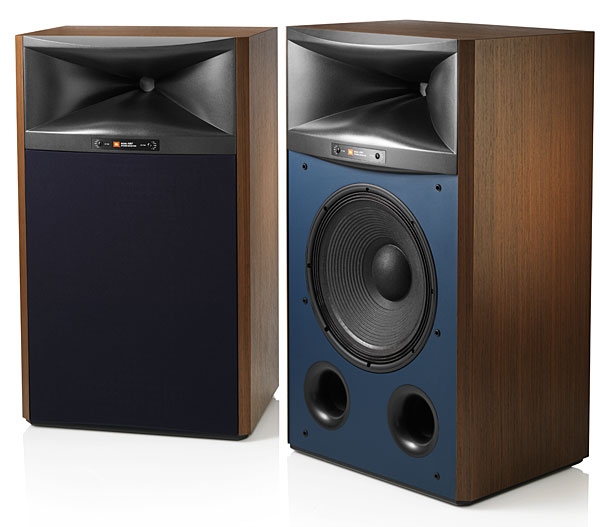 1/5/2023 Reviews JBL 4367 Studio Monitor loudspeaker
1/5/2023 Reviews JBL 4367 Studio Monitor loudspeaker
 1/30/23 News Harman’s JBL Stage 2 Architectural Series Loudspeakers and Stage XD Series Loudspeakers win 2023 Design Meets Tech Award
1/30/23 News Harman’s JBL Stage 2 Architectural Series Loudspeakers and Stage XD Series Loudspeakers win 2023 Design Meets Tech Award
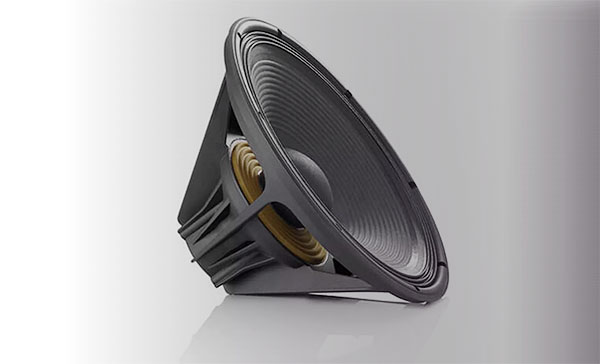 1/30/2023 Reviews JBL 4349 2-Way Loudspeaker Review
1/30/2023 Reviews JBL 4349 2-Way Loudspeaker Review
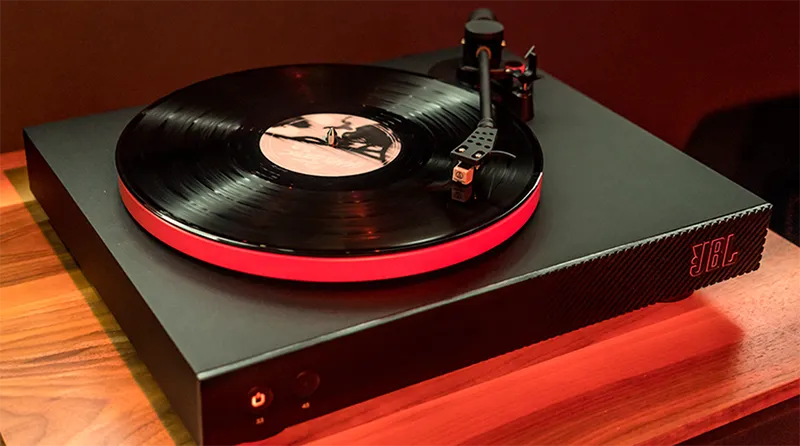 1/8/2023 News CES 2023: JBL intros cool speakers, earbuds, sound bars
1/8/2023 News CES 2023: JBL intros cool speakers, earbuds, sound bars
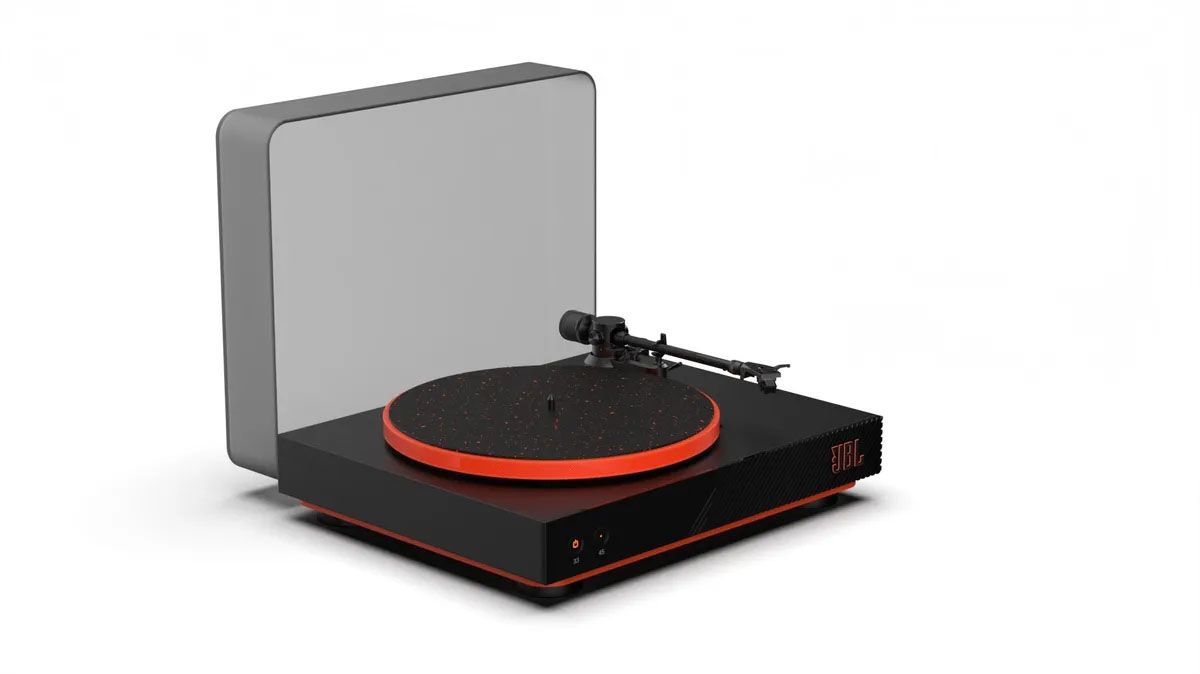 1/7/23 News JBL Rocks Two New Retro Turntables for 2023
1/7/23 News JBL Rocks Two New Retro Turntables for 2023
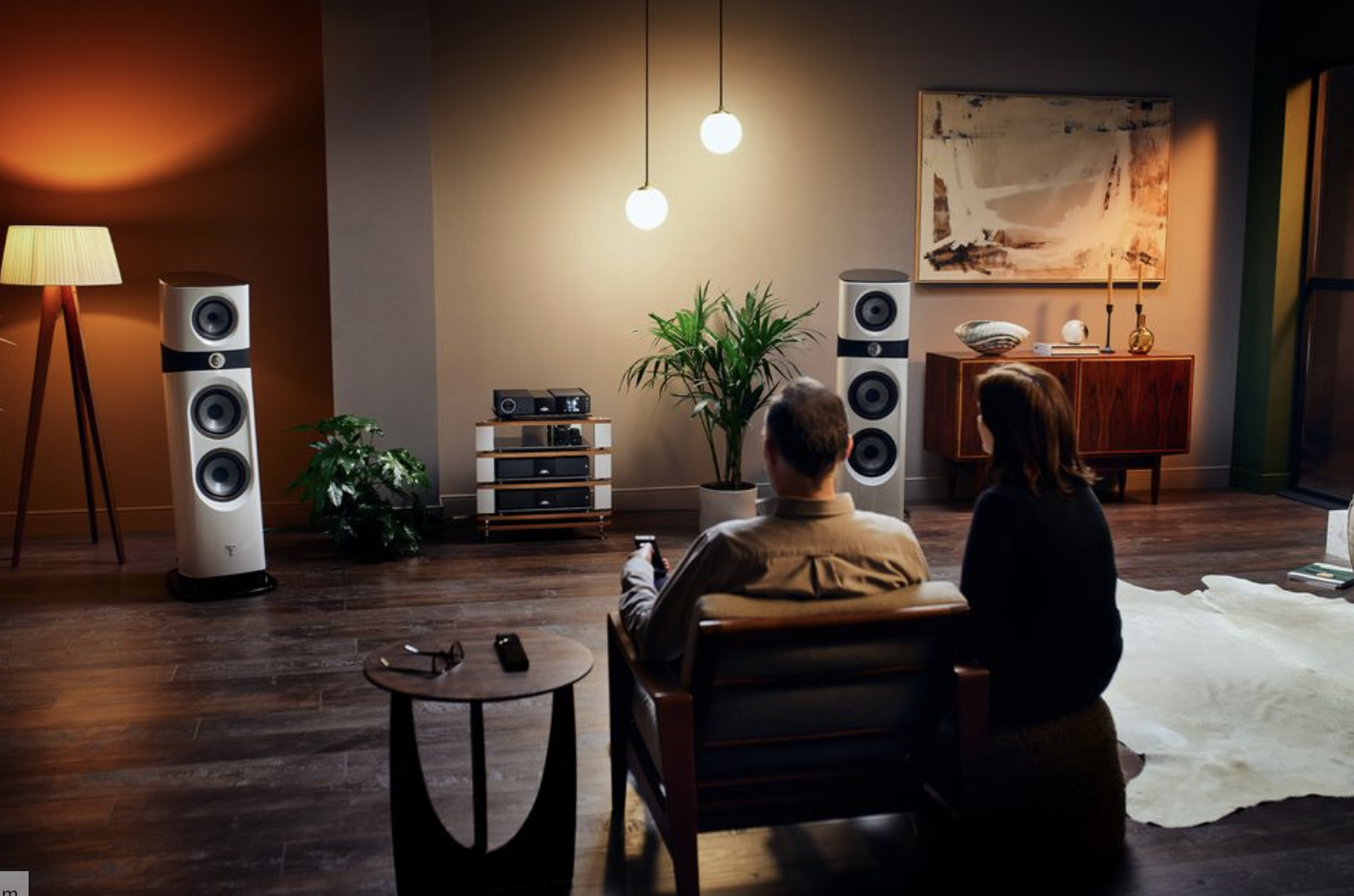 1/7/2023 Reviews The Best Speakers, Headphones & Audio Gear of CES 2023
1/7/2023 Reviews The Best Speakers, Headphones & Audio Gear of CES 2023
 1/6/2023 Reviews Best audio tech at CES 2023:
1/6/2023 Reviews Best audio tech at CES 2023: next-gen soundbars, headphones and earbuds:
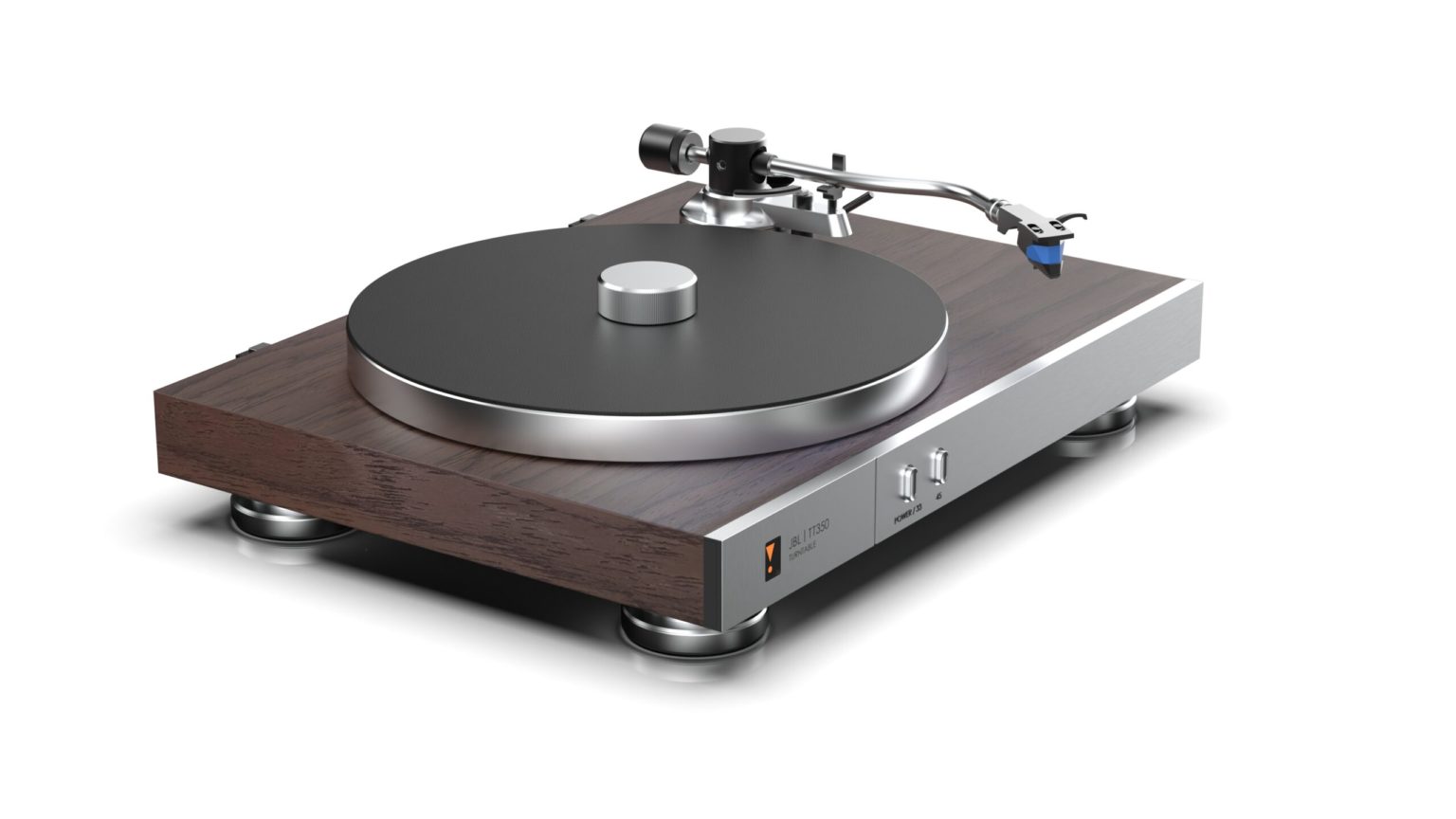 1/5/23 News Harman Debuts New JBL Classic Series Integrated Amp, Streaming Media Player, CD Player, and Turntable
1/5/23 News Harman Debuts New JBL Classic Series Integrated Amp, Streaming Media Player, CD Player, and Turntable
 1/5/23 News Harman Highlights Performance with a Retro Twist
1/5/23 News Harman Highlights Performance with a Retro Twist
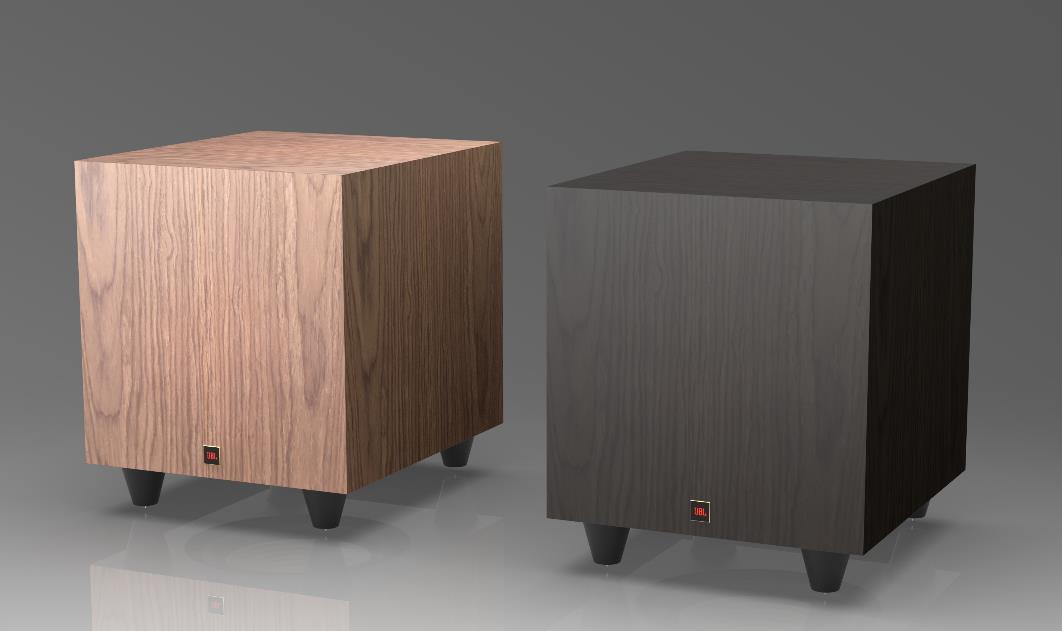 1/4/2023 News CES 2023: HARMAN Debuts JBL L10cs Classic Series Subwoofer
1/4/2023 News CES 2023: HARMAN Debuts JBL L10cs Classic Series Subwoofer
 1/4/23 News The coolest new tech and gadgets from CES 2023 Day 1: JBL 4329P Studio Monitor powered loudspeakers
1/4/23 News The coolest new tech and gadgets from CES 2023 Day 1: JBL 4329P Studio Monitor powered loudspeakers
 1/4/23 News HARMAN Luxury Audio To Unveil
1/4/23 News HARMAN Luxury Audio To Unveil JBL SPINNER BT Turntable At HARMAN Explore
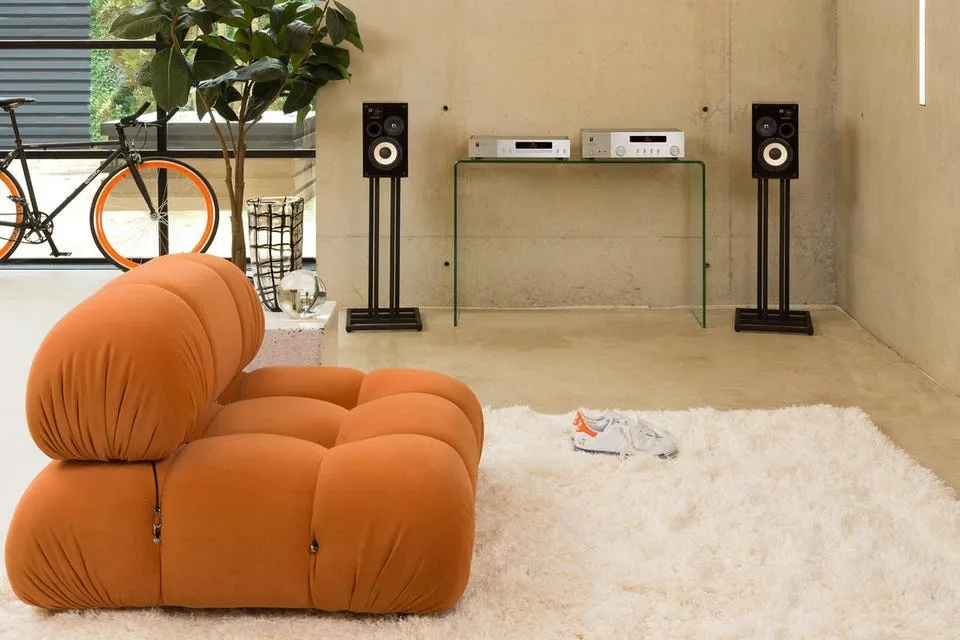 1/4/2023 News Forbes: Harman Unveils Beautiful New Retro Audio At CES Featuring Innovative New Technology
1/4/2023 News Forbes: Harman Unveils Beautiful New Retro Audio At CES Featuring Innovative New Technology
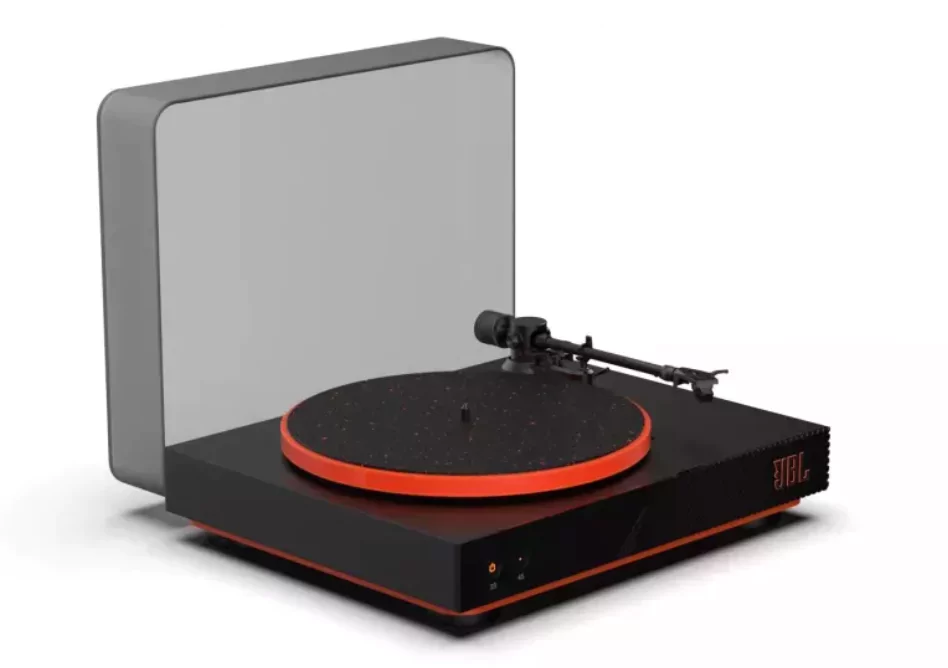 1/4/2023 Reviews JBL mixes classic hi-fi with modern tech at CES 2023 – and pumps up its Dolby Atmos soundbar power
1/4/2023 Reviews JBL mixes classic hi-fi with modern tech at CES 2023 – and pumps up its Dolby Atmos soundbar power
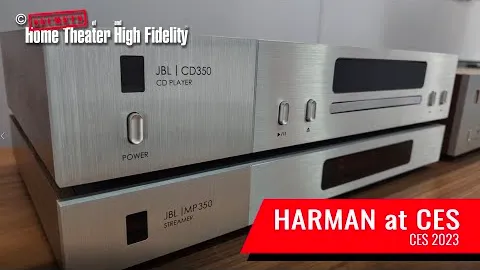 1/4/2023 News CES 2023 - Interview with Harman International
1/4/2023 News CES 2023 - Interview with Harman International
 1/4/2023 News HARMAN Luxury Audio to Unveil JBL SPINNER BT Turntable at HARMAN Explore in Las Vegas
1/4/2023 News HARMAN Luxury Audio to Unveil JBL SPINNER BT Turntable at HARMAN Explore in Las Vegas
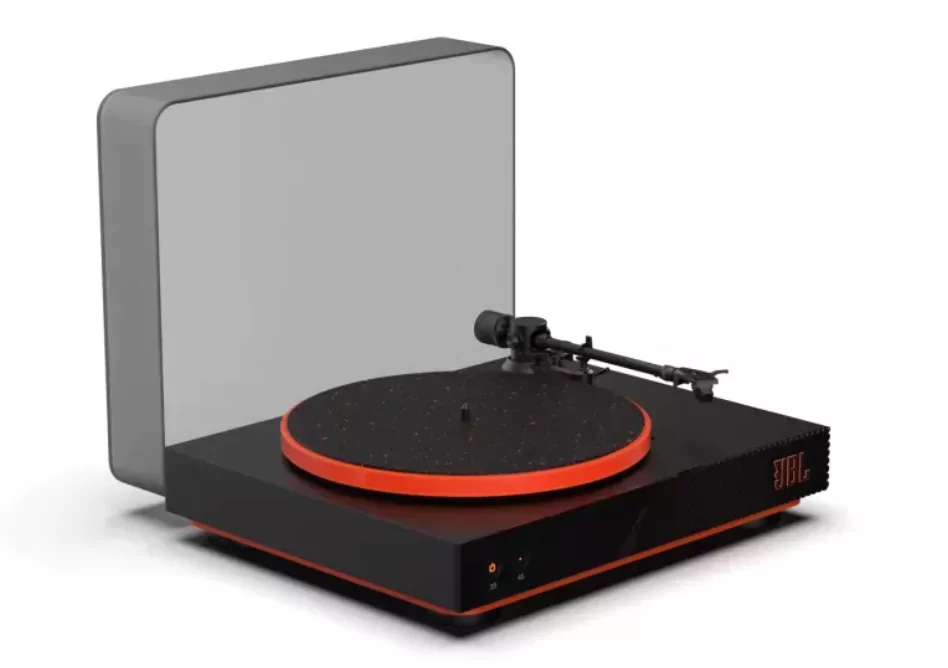 1/4/2023 News JBL's first Bluetooth turntable offers aptX HD wireless streaming at an affordable price
1/4/2023 News JBL's first Bluetooth turntable offers aptX HD wireless streaming at an affordable price
 1/4/2023 Reviews JBL L52 CLASSIC BOOKSHELF SPEAKER REVIEW: Home Theater HIFI
1/4/2023 Reviews JBL L52 CLASSIC BOOKSHELF SPEAKER REVIEW: Home Theater HIFI
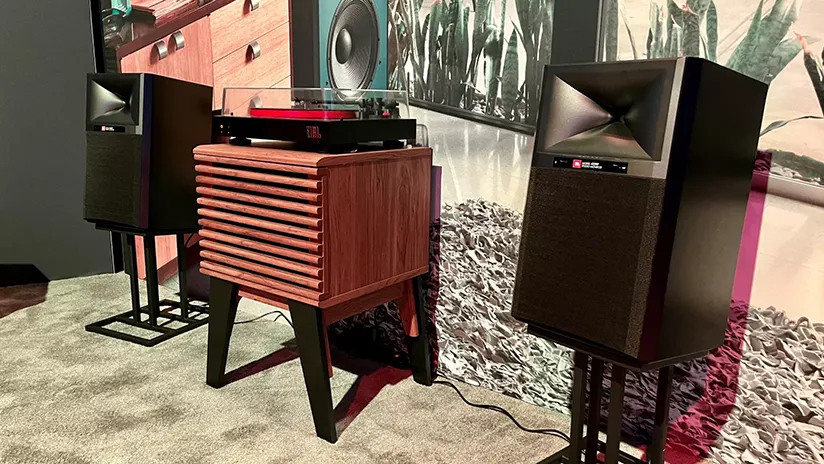 1/4/2023 Reviews I tried JBL’s retro-cool wireless active speaker, and it rocked
1/4/2023 Reviews I tried JBL’s retro-cool wireless active speaker, and it rocked
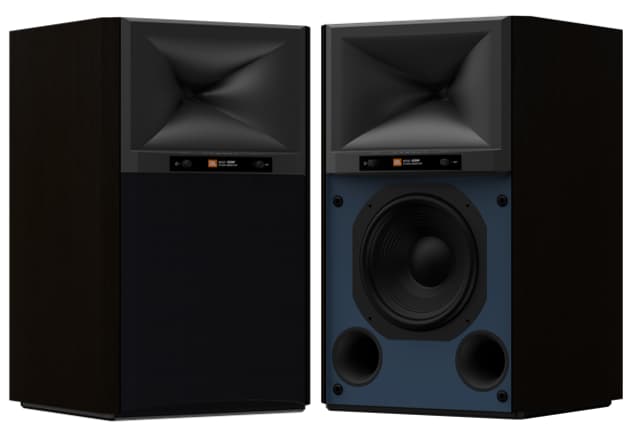 11/25/2022 News CES 2023: JBL 4329P Studio Monitor Powered Loudspeakers Unveiled at HARMAN Explore
11/25/2022 News CES 2023: JBL 4329P Studio Monitor Powered Loudspeakers Unveiled at HARMAN Explore
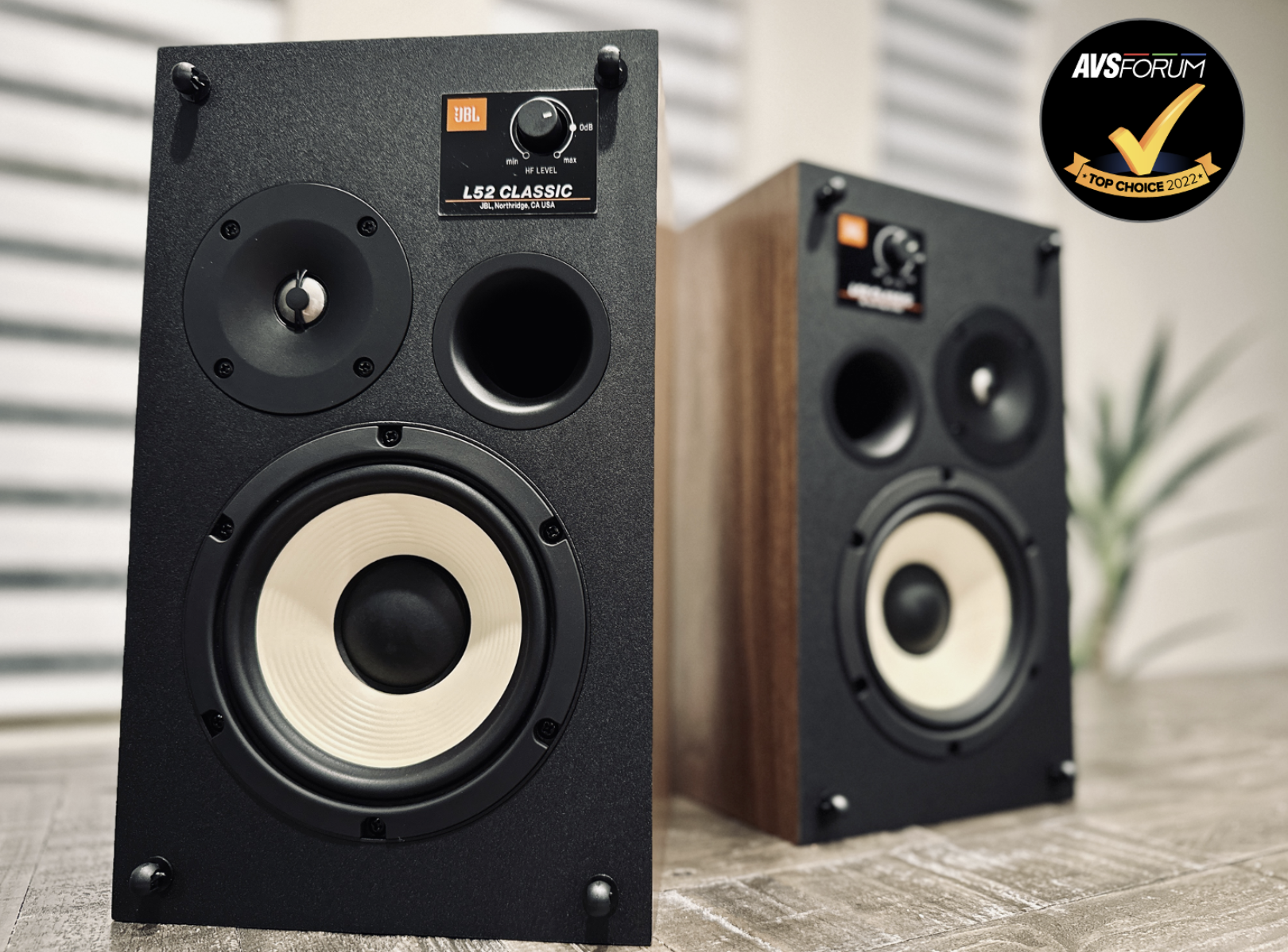 10/18/2022 Reviews JBL L52 Classic Review - Big Sound in a Small (Retro) Package by AVS Forum
10/18/2022 Reviews JBL L52 Classic Review - Big Sound in a Small (Retro) Package by AVS Forum
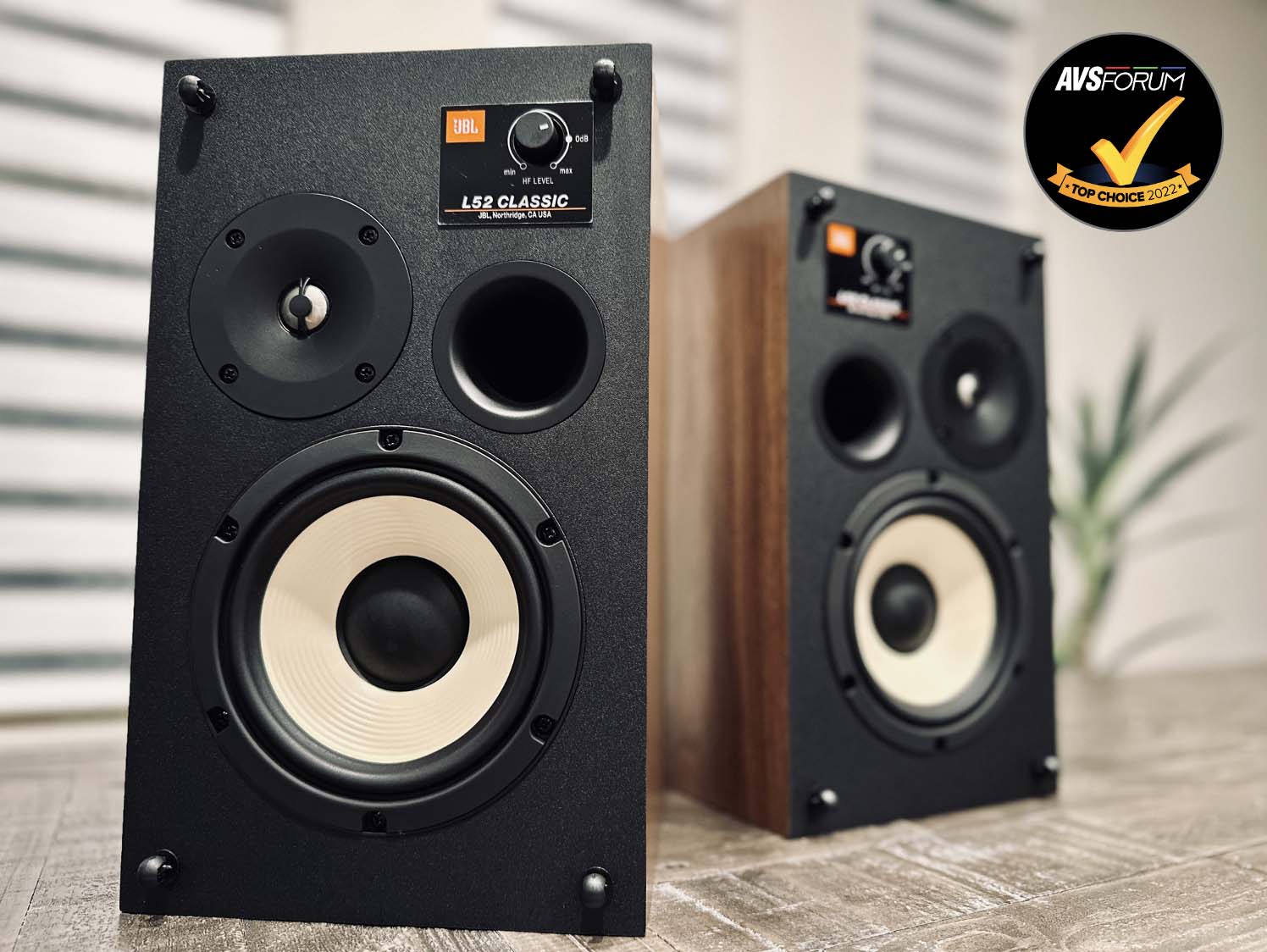 10/18/2022 Reviews JBL L52 Classic Review - Big Sound in a Small (Retro) Package
10/18/2022 Reviews JBL L52 Classic Review - Big Sound in a Small (Retro) Package
 10/16/2022 Reviews JBL 4349 Studio Monitors | REVIEW
10/16/2022 Reviews JBL 4349 Studio Monitors | REVIEW
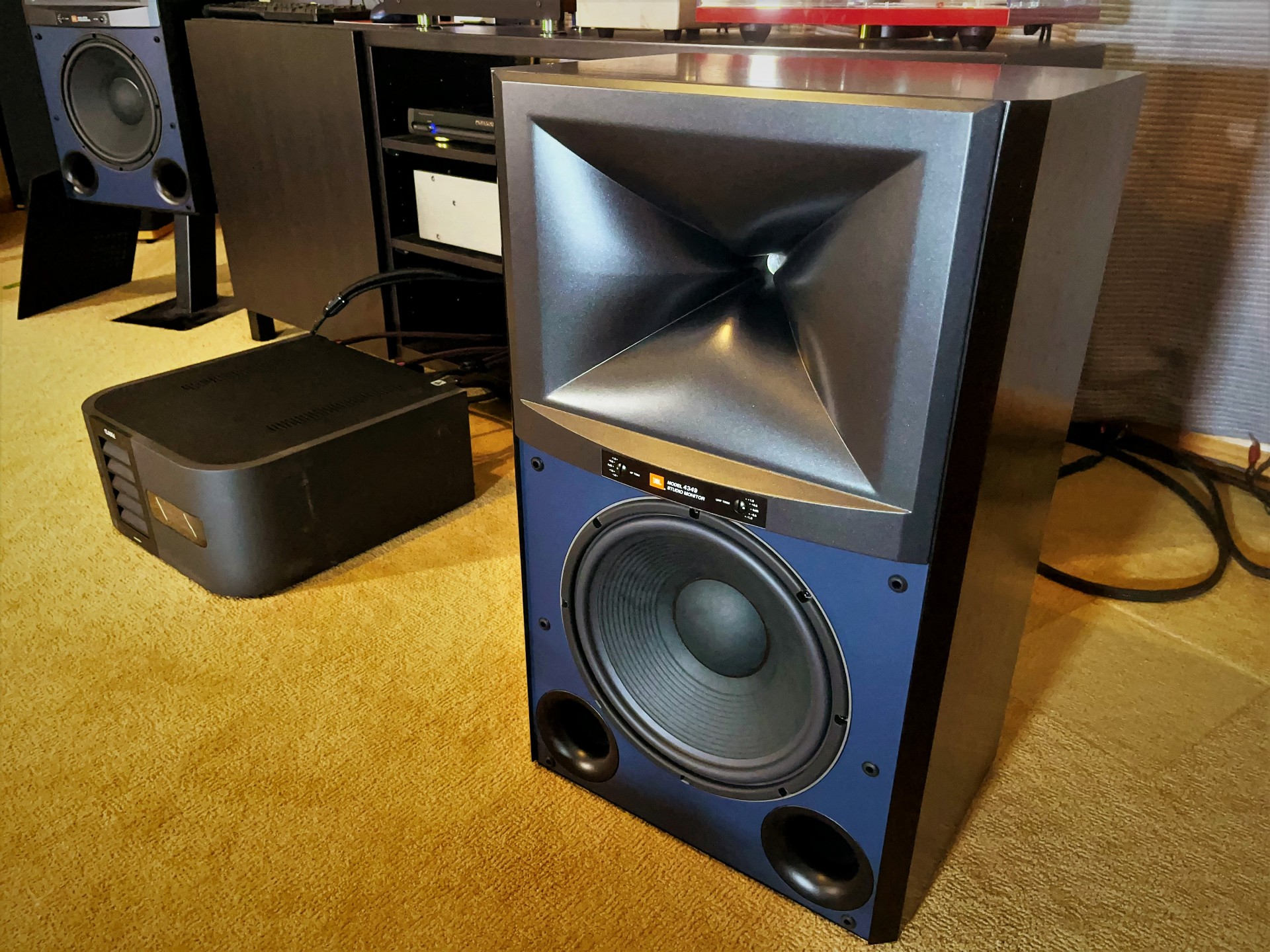 10/16/2022 Reviews Part Time Audiophile on the JBL 4349’s: "The 4349 Studio Monitor forges its own path and bucks the flavor of the month design of current industry trends. I applaud JBL’s choices and the 4349 Studio Monitor is worth a listen and, in my opinion, an instant classic."
10/16/2022 Reviews Part Time Audiophile on the JBL 4349’s: "The 4349 Studio Monitor forges its own path and bucks the flavor of the month design of current industry trends. I applaud JBL’s choices and the 4349 Studio Monitor is worth a listen and, in my opinion, an instant classic."
 9/30/2022 Reviews CEDIA EXPO 2022 ARCAM – SHOW REPORT – BY CARLO LO RASO
9/30/2022 Reviews CEDIA EXPO 2022 ARCAM – SHOW REPORT – BY CARLO LO RASO
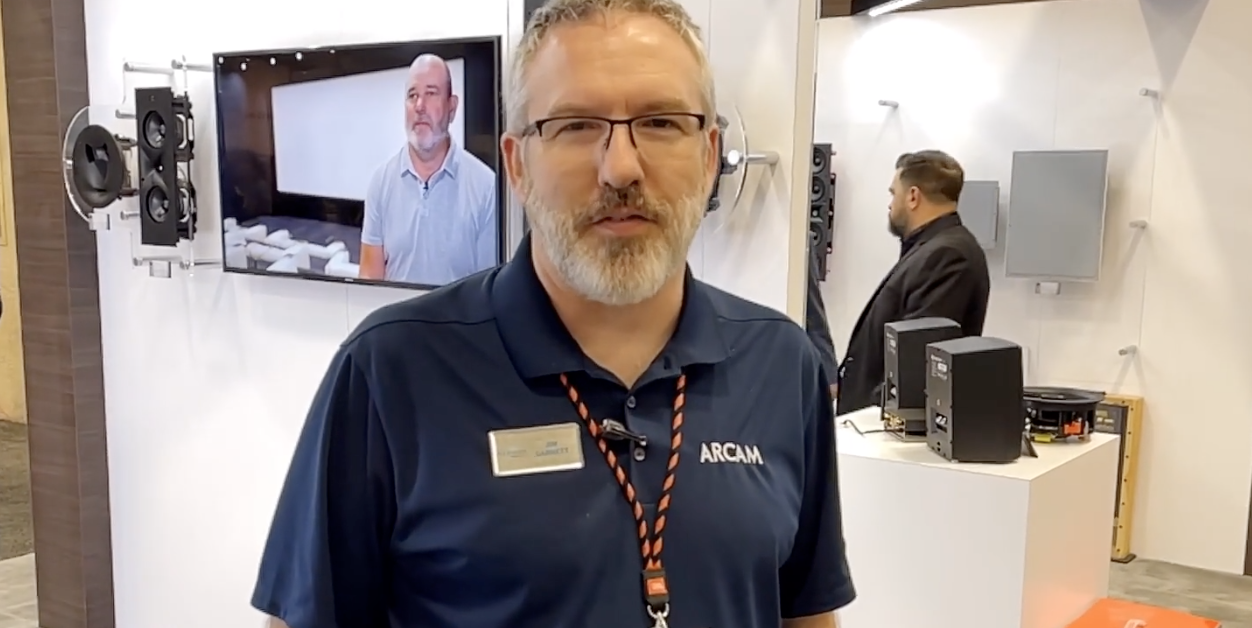 9/30/2022 Reviews Marketscale Jim Interview CEDIA 2023
9/30/2022 Reviews Marketscale Jim Interview CEDIA 2023
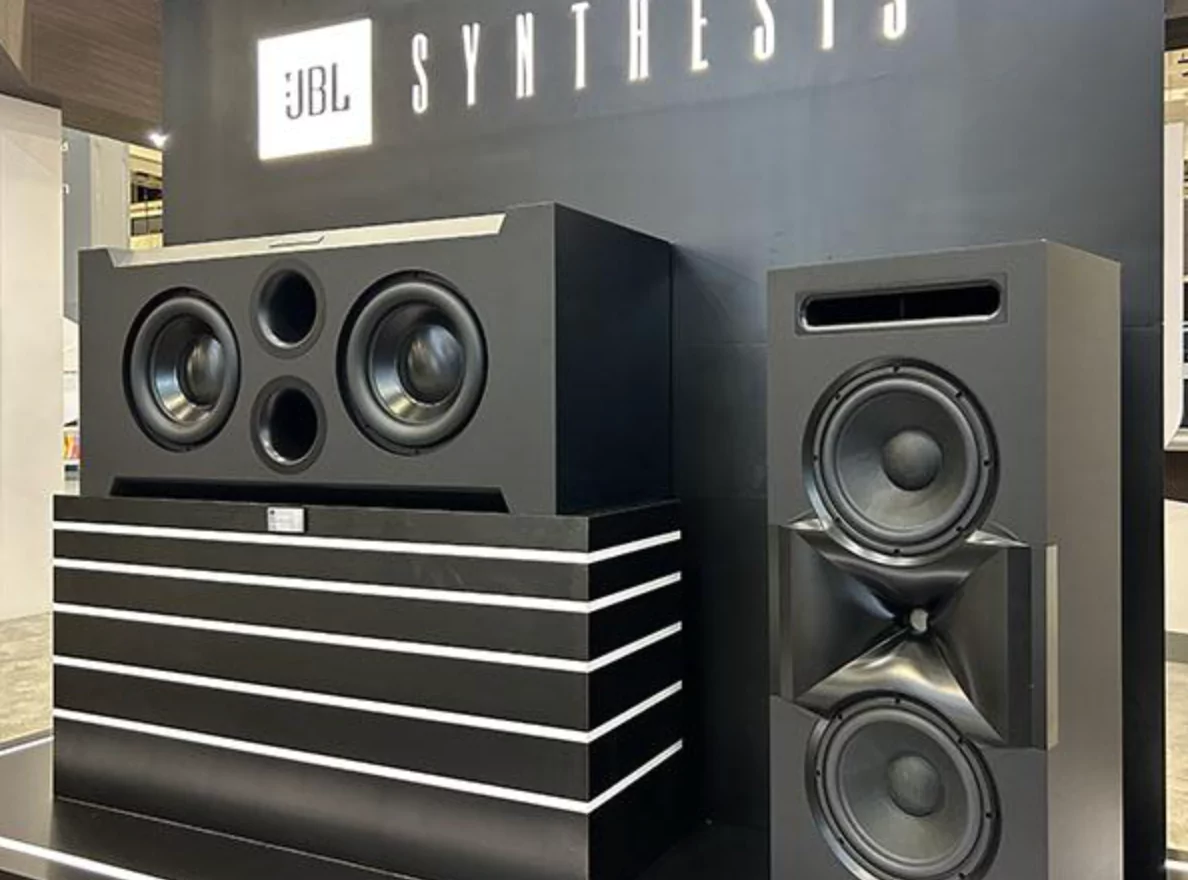 9/29/2022 Reviews JBL’s Deep Dive: Synthesis Speakers & Subs
9/29/2022 Reviews JBL’s Deep Dive: Synthesis Speakers & Subs
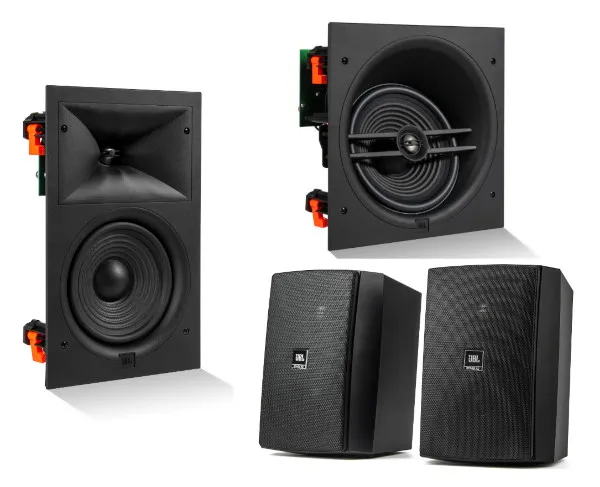 9/29/2022 Reviews CEDIA: JBLs You Can Put In the Wall
9/29/2022 Reviews CEDIA: JBLs You Can Put In the Wall
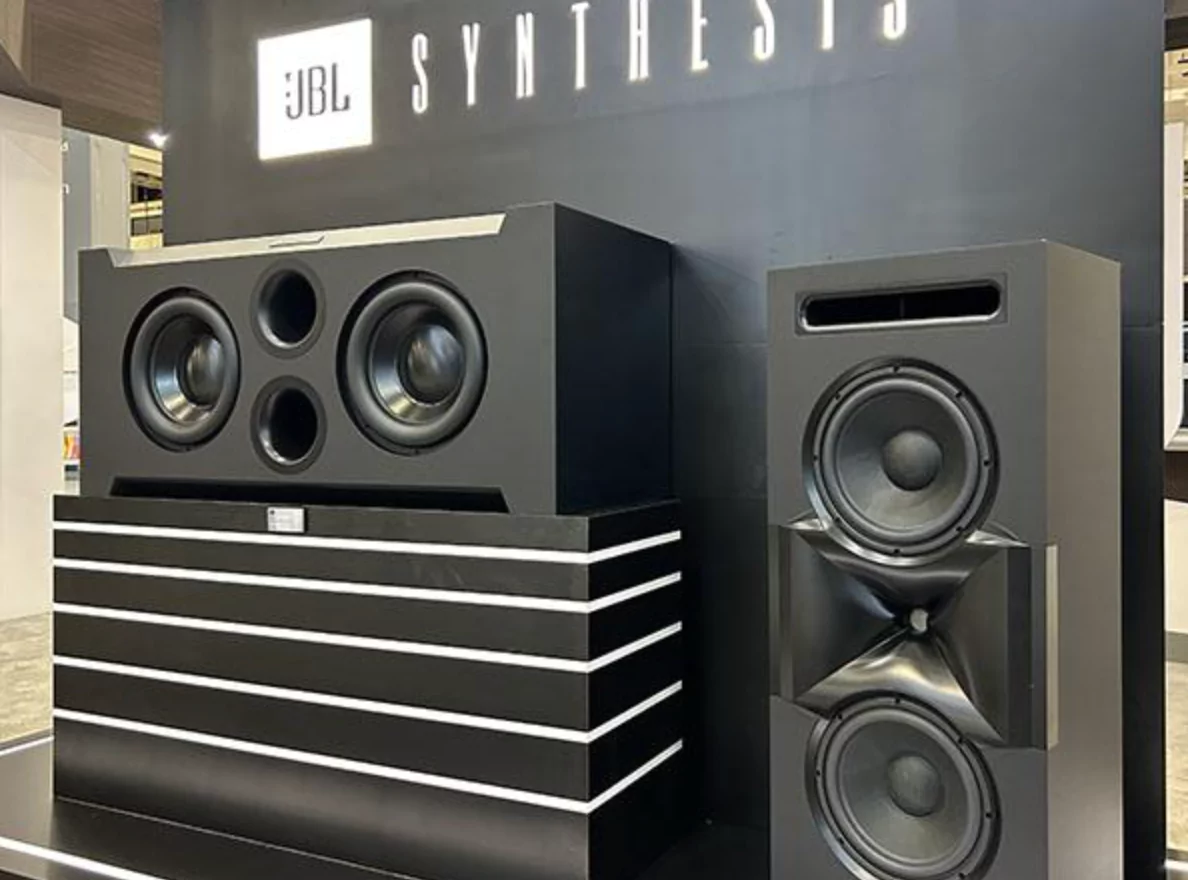 9/29/2022 News CEDIA Shares: Harman Luxury Audio
9/29/2022 News CEDIA Shares: Harman Luxury Audio
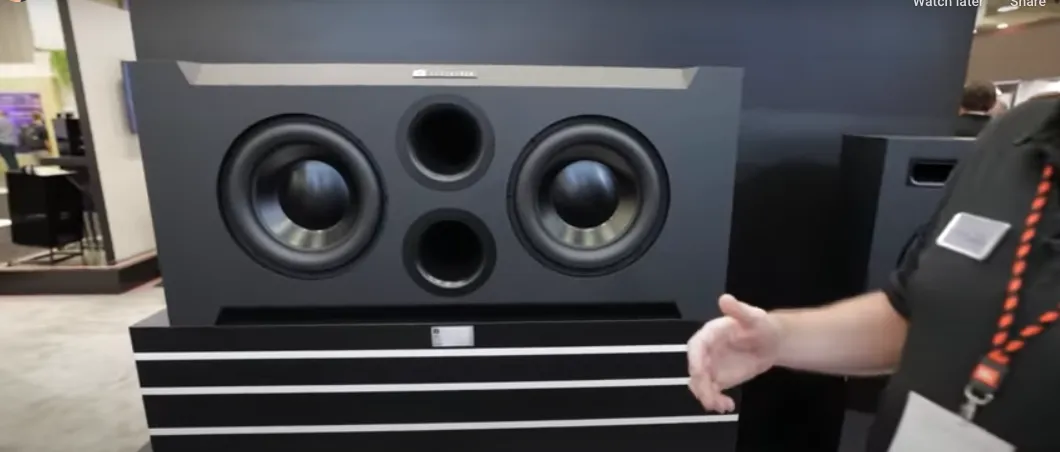 9/29/2022 Reviews Check out the BIG THINGS from JBL Synthesis and Arcam at CEDIA 2022
9/29/2022 Reviews Check out the BIG THINGS from JBL Synthesis and Arcam at CEDIA 2022
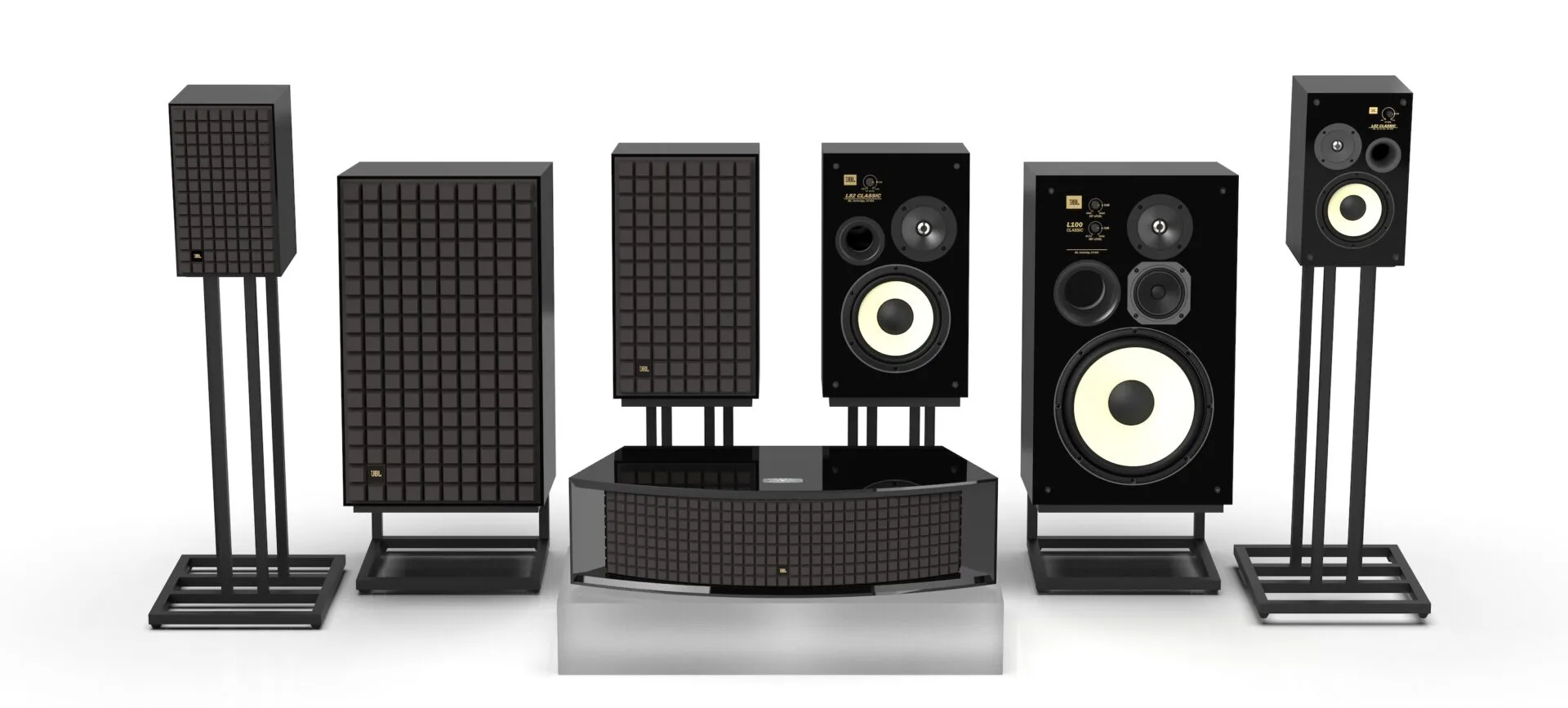 9/29/2022 News HARMAN to show Black Edition of JBL Classic Series at CEDIA
9/29/2022 News HARMAN to show Black Edition of JBL Classic Series at CEDIA
 9/29/2022 News The Road To CEDIA Expo 2022 With Harman
9/29/2022 News The Road To CEDIA Expo 2022 With Harman
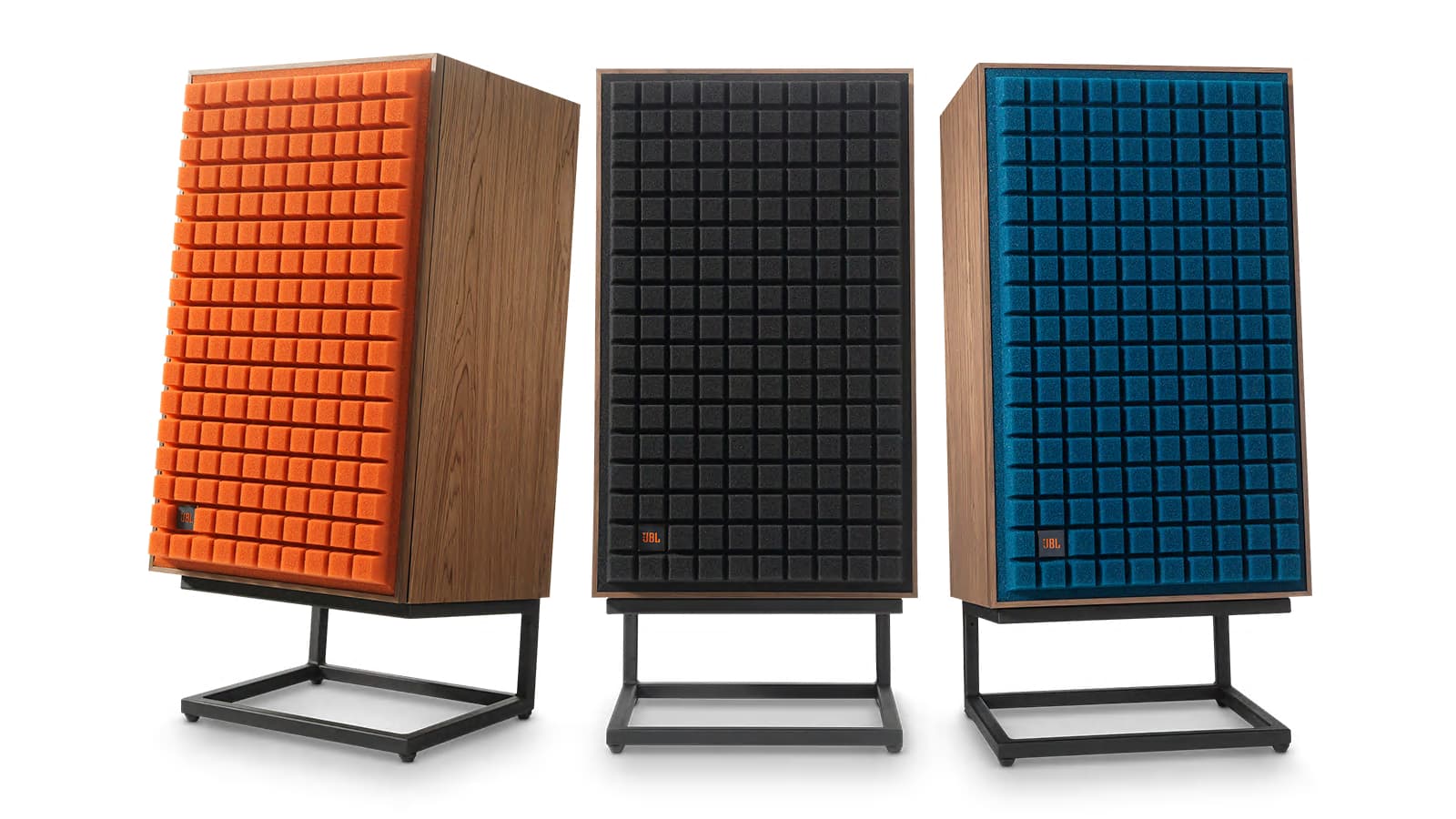 9/22/2022 News JBL Classic Series Loudspeakers Are Now Back In Black: CEDIA 2022
9/22/2022 News JBL Classic Series Loudspeakers Are Now Back In Black: CEDIA 2022
 9/4/2022 News JBL Speakers for HOME THEATER! JBL Studio Monitor Review JBL 4309
9/4/2022 News JBL Speakers for HOME THEATER! JBL Studio Monitor Review JBL 4309
 9/1/2022 Reviews RTT Podcast #112: Jim Garrett on the Latest Harman Luxury Audio Gear
9/1/2022 Reviews RTT Podcast #112: Jim Garrett on the Latest Harman Luxury Audio Gear
 8/29/2022 Reviews Home Theater Hifi on the JBL L52 Classic Bookshelf Speaker: "JBL’s L52 Classic Bookshelf Speaker creates an ideal balance between clear neutral sound and iconic styling that never goes out of fashion. Its compact form factor belies sound quality that rivals the best studio monitors and stand-mount speakers."
8/29/2022 Reviews Home Theater Hifi on the JBL L52 Classic Bookshelf Speaker: "JBL’s L52 Classic Bookshelf Speaker creates an ideal balance between clear neutral sound and iconic styling that never goes out of fashion. Its compact form factor belies sound quality that rivals the best studio monitors and stand-mount speakers."
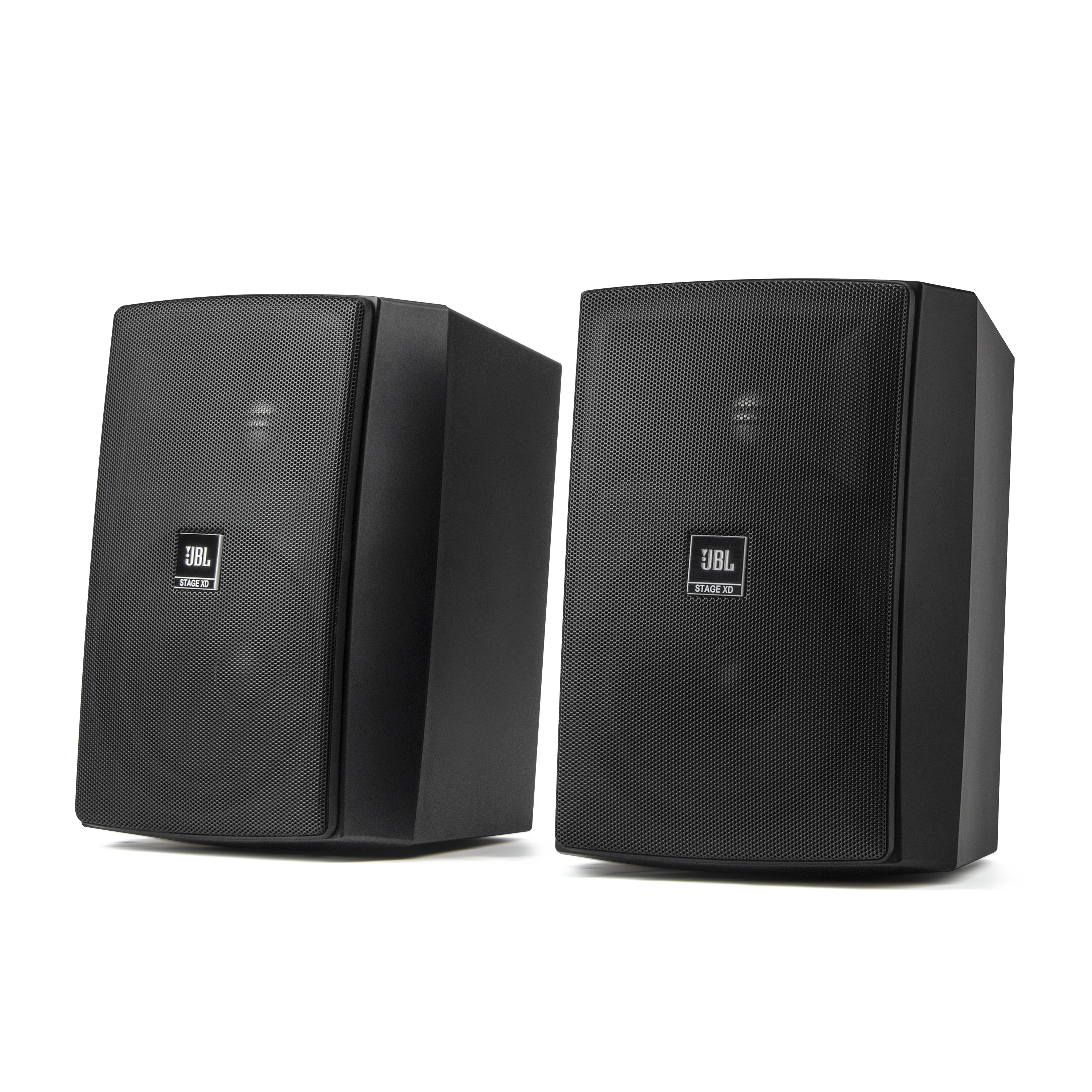 05/17/2022 News HARMAN Luxury Audio Introduces JBL Stage XD Indoor/Outdoor
05/17/2022 News HARMAN Luxury Audio Introduces JBL Stage XD Indoor/Outdoor All-Weather Loudspeakers Built for Extreme Durability
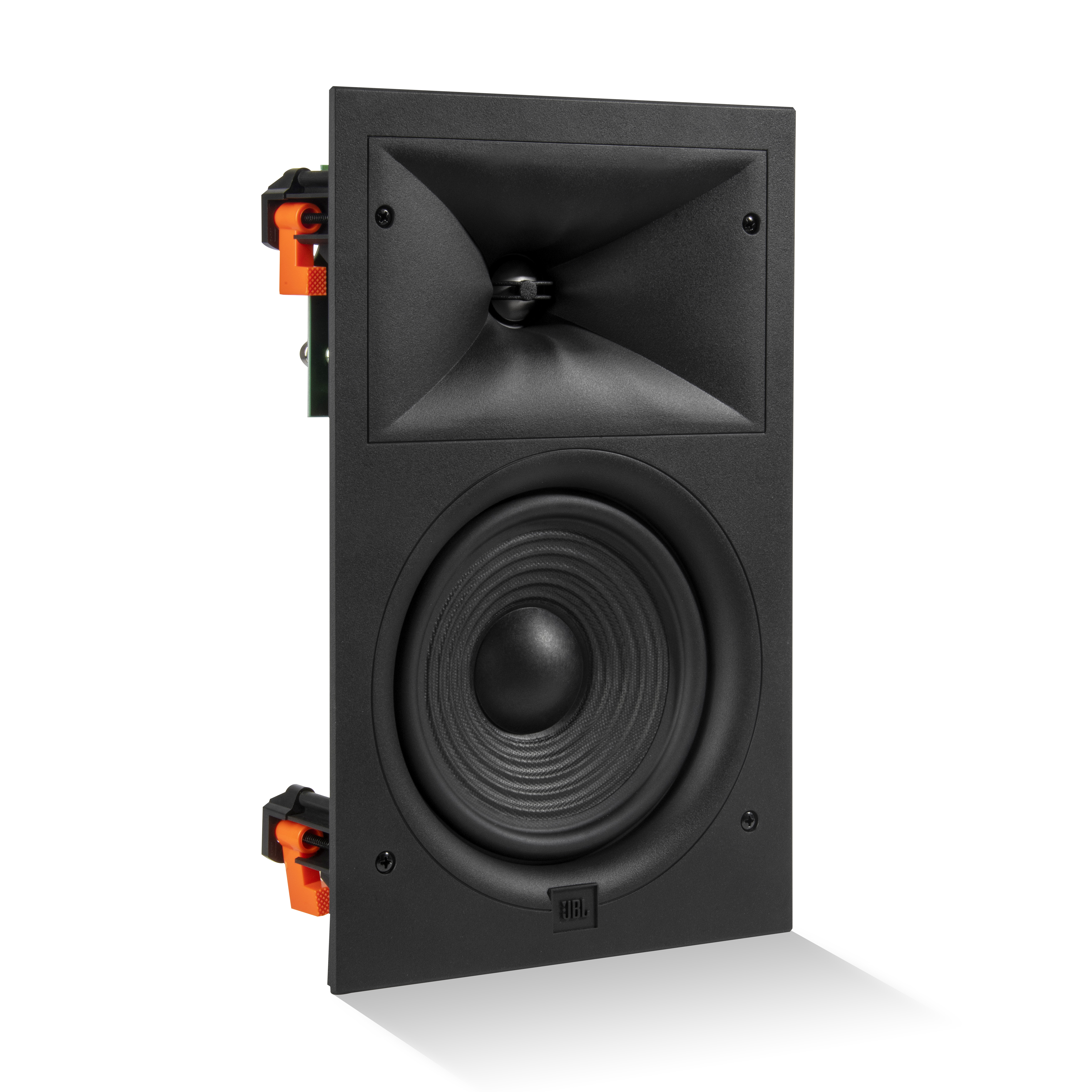 05/17/2022 News HARMAN Luxury Audio Introduces JBL Stage Architectural Series Loudspeakers
05/17/2022 News HARMAN Luxury Audio Introduces JBL Stage Architectural Series Loudspeakers With Visually Discreet, High-Performance Sound
 4/20/2022 Reviews Stereonet’s JBL 4309 2-Way Bookshelf Loudspeakers Review
4/20/2022 Reviews Stereonet’s JBL 4309 2-Way Bookshelf Loudspeakers Review
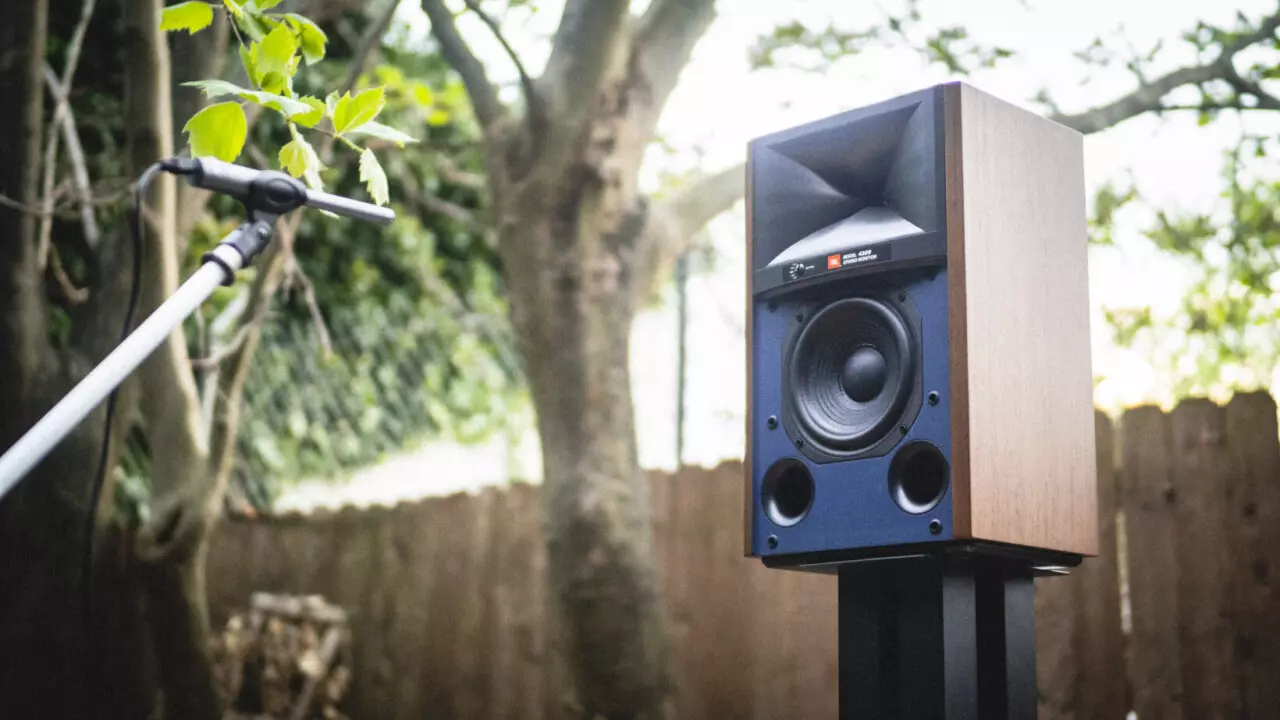 7/6/2021 Reviews JBL 4309 Review: These retro speakers
7/6/2021 Reviews JBL 4309 Review: These retro speakers create a stunning soundstage
 6/18/2021 News JBL SA750 Amplifier adopts Roon Ready status
6/18/2021 News JBL SA750 Amplifier adopts Roon Ready status
 5/3/2021 Reviews JBL L100 Classic Bookshelf Loudspeaker Review
5/3/2021 Reviews JBL L100 Classic Bookshelf Loudspeaker Review
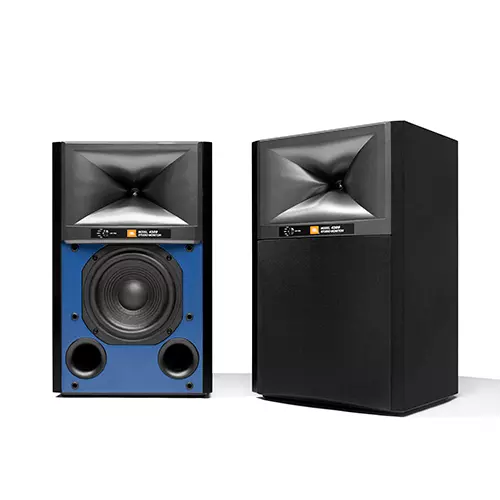 4/15/2021 News Harman luxury audio packs 75 years of acoustic excellence into new compact jbl 4309 studio monitor series bookshelf loudspeakers
4/15/2021 News Harman luxury audio packs 75 years of acoustic excellence into new compact jbl 4309 studio monitor series bookshelf loudspeakers
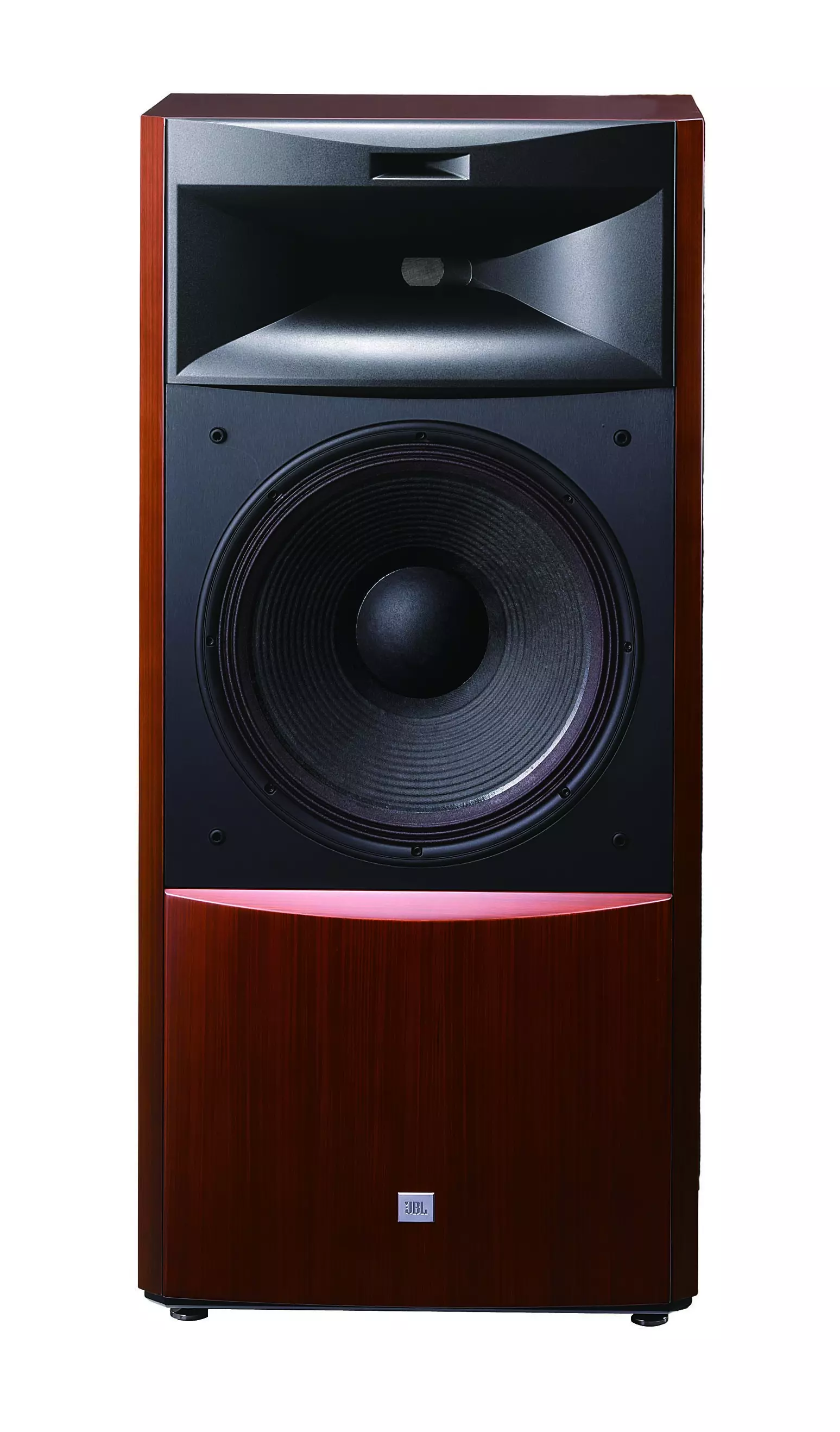 4/13/2021 News Stereonet's Review of the S4700
4/13/2021 News Stereonet's Review of the S4700
 2/28/2021 Reviews JBL 4349 2-Way Studio Monitor Loudspeaker Review
2/28/2021 Reviews JBL 4349 2-Way Studio Monitor Loudspeaker Review
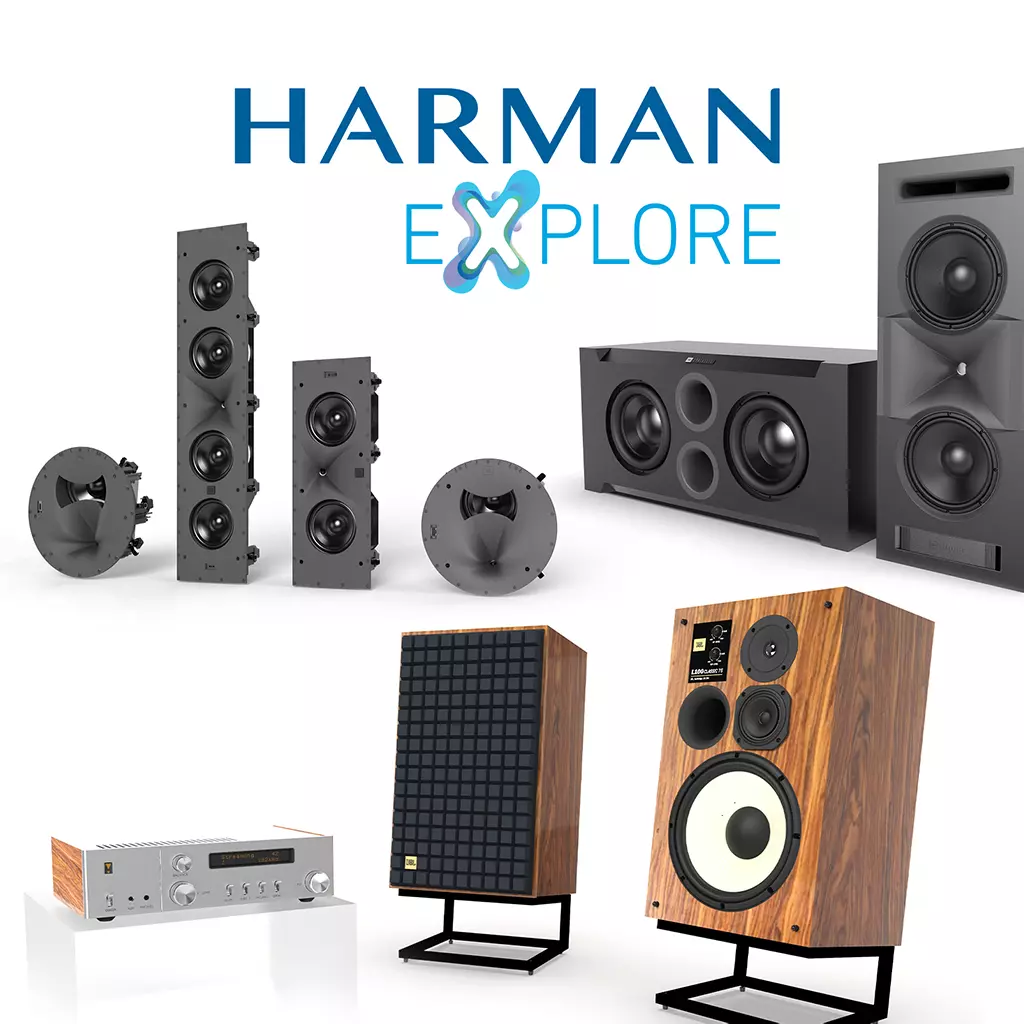 1/18/2021 News New products launched at HARMAN ExPLORE
1/18/2021 News New products launched at HARMAN ExPLORE
 1/7/2021 News JBL Launches Time Machine at HARMAN ExPLORE: Introduces 75th Anniversary JBL SA750 Integrated Amplifier
1/7/2021 News JBL Launches Time Machine at HARMAN ExPLORE: Introduces 75th Anniversary JBL SA750 Integrated Amplifier
 1/7/2021 News Still Blown Away After All These Years: JBL Launches 75th Anniversary Edition of L100 Loudspeaker
1/7/2021 News Still Blown Away After All These Years: JBL Launches 75th Anniversary Edition of L100 Loudspeaker
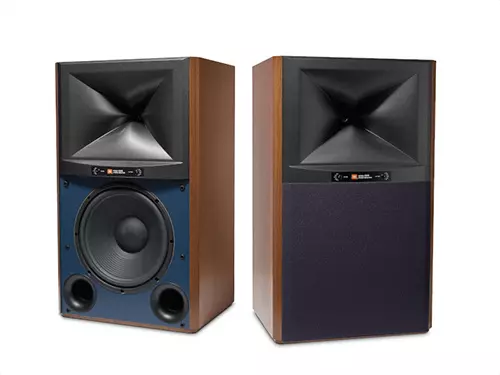 7/28/2020 News Harman couples high-performance modern acoustics with retro design with new JBL 4349 studio monitor
7/28/2020 News Harman couples high-performance modern acoustics with retro design with new JBL 4349 studio monitor
 7/8/2020 News HARMAN Luxury Audio’s JBL Conceal Series
7/8/2020 News HARMAN Luxury Audio’s JBL Conceal Series
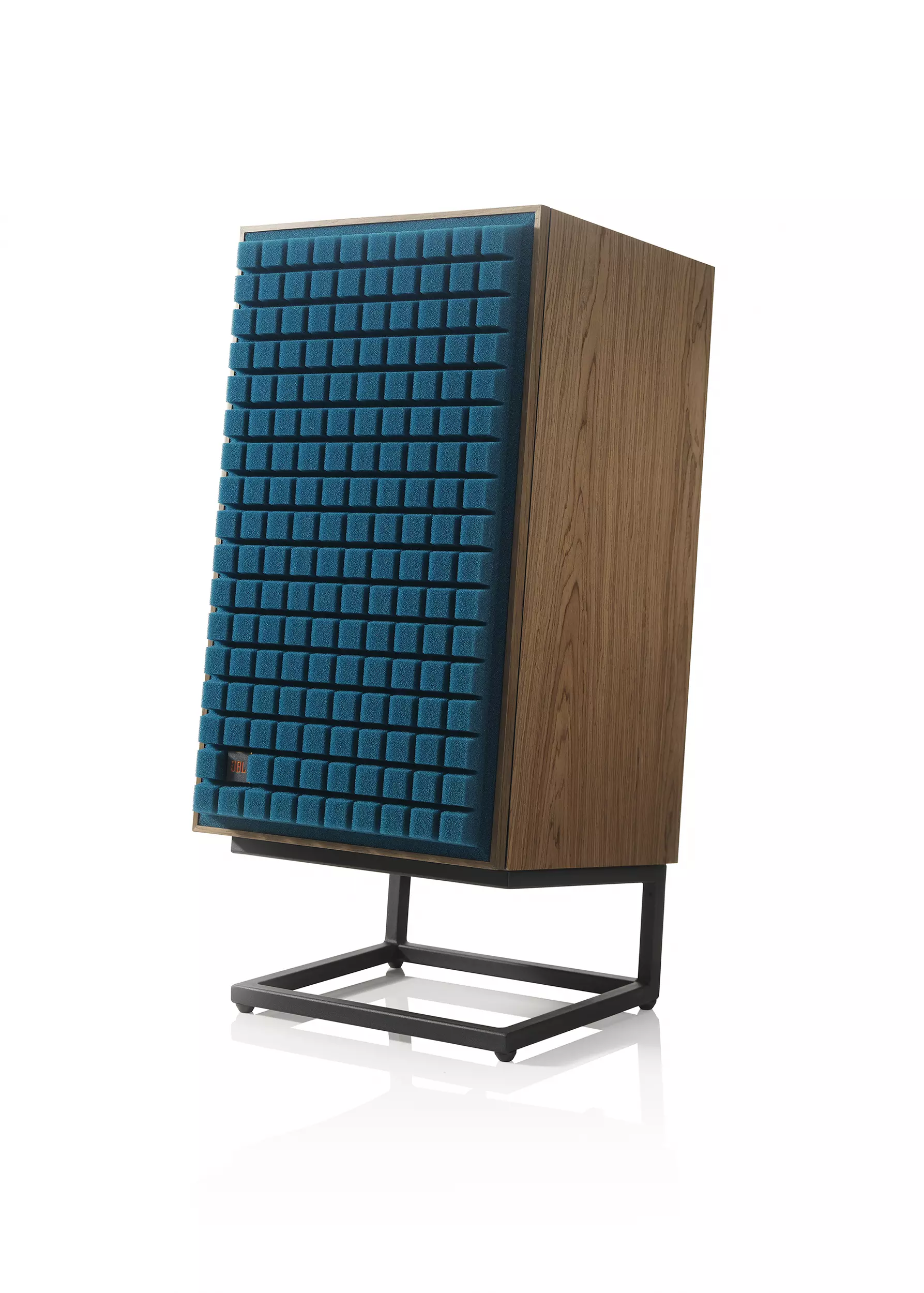 2/27/2020 News Plugged's Review of the L100 Classic
2/27/2020 News Plugged's Review of the L100 Classic
 1/6/2020 News JBL Introduces L82 Classic Bookshelf Loudspeakers at CES 2020
1/6/2020 News JBL Introduces L82 Classic Bookshelf Loudspeakers at CES 2020
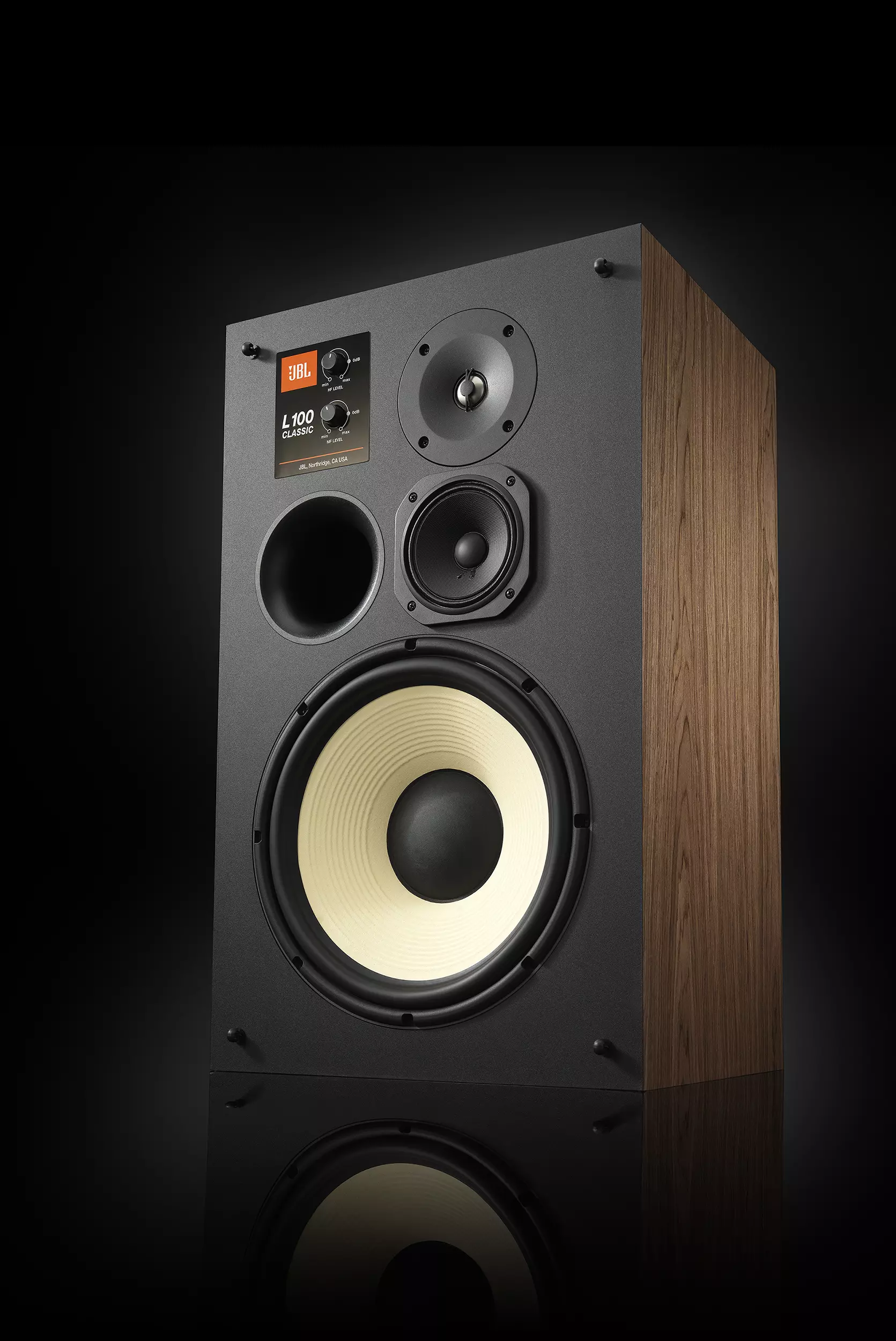 3/10/2019 News HomeTheaterReview.com's review of the L100 Classic
3/10/2019 News HomeTheaterReview.com's review of the L100 Classic
 1/10/2018 News The JBL L100 Classic took home Best of CES Awards from TWICE and Residential Systems
1/10/2018 News The JBL L100 Classic took home Best of CES Awards from TWICE and Residential Systems
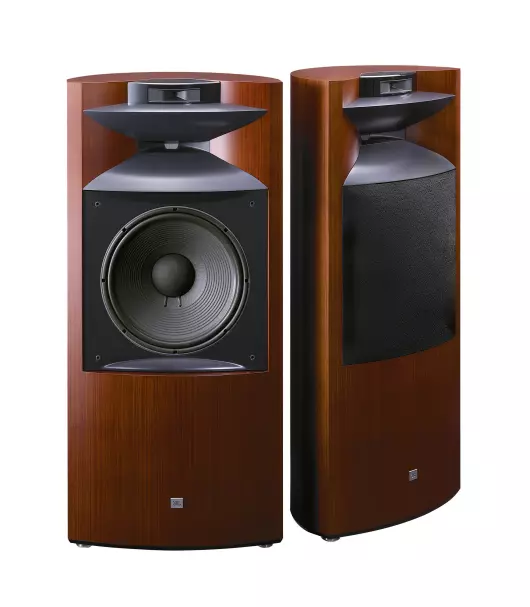 11/19/2017 News JBL Synthesis K2 S9900 -
11/19/2017 News JBL Synthesis K2 S9900 - What HiFi? 5 Star award and review
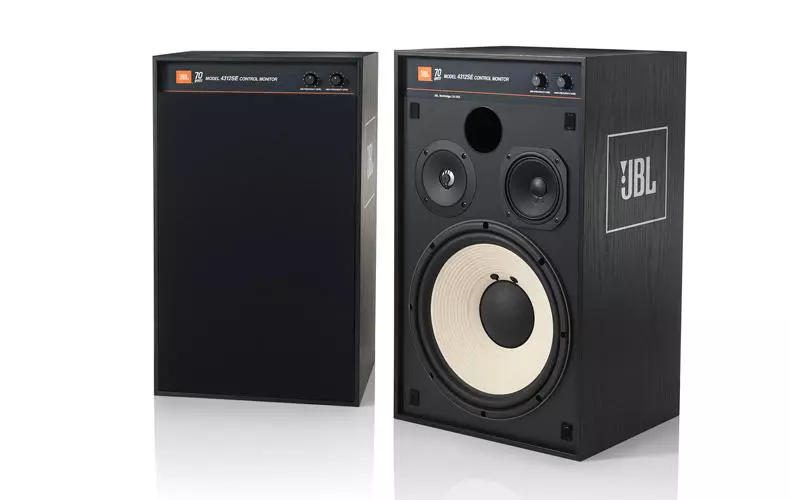 1/17/2017 News JBL 4312SE speakers celebrates the brand's 70th anniversary
4/24/2017 Reviews JBL 4367 STUDIO MONITOR LOUDSPEAKER REVIEW
1/17/2017 News JBL 4312SE speakers celebrates the brand's 70th anniversary
4/24/2017 Reviews JBL 4367 STUDIO MONITOR LOUDSPEAKER REVIEW
 04/15/2024 Reviews Audio Advice: JBL L75ms Music System
04/15/2024 Reviews Audio Advice: JBL L75ms Music System & L42ms Integrated Music System Overview

